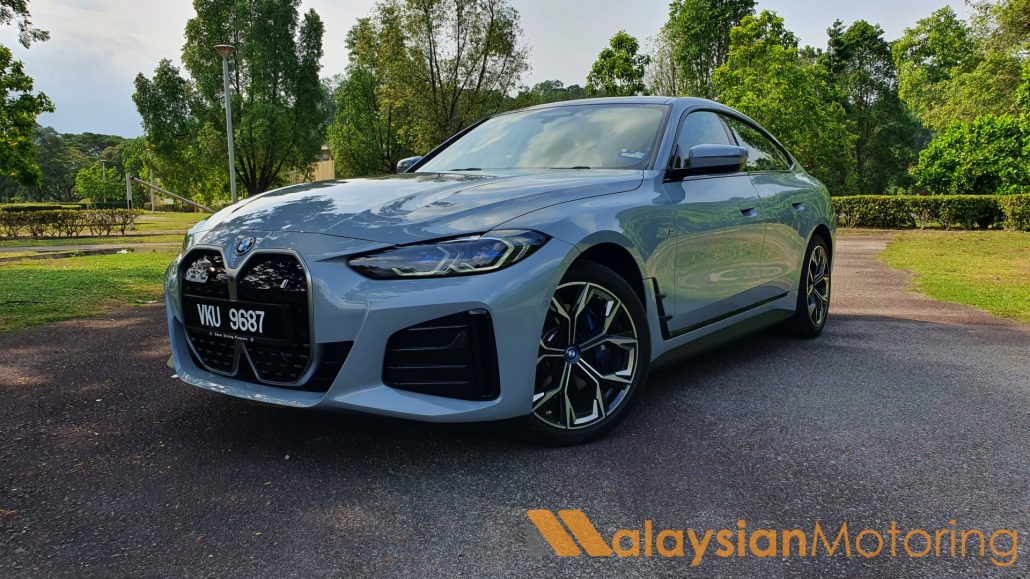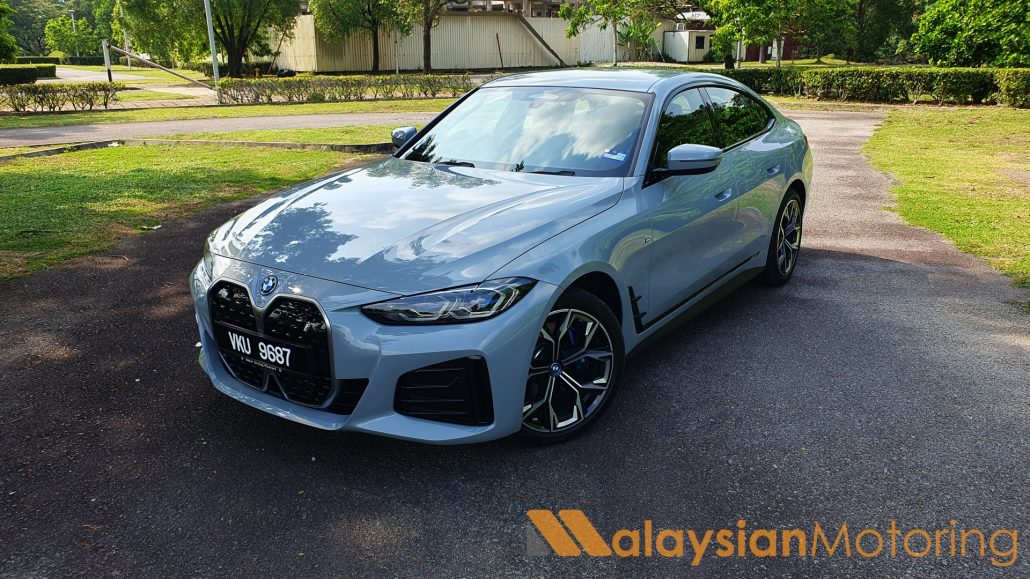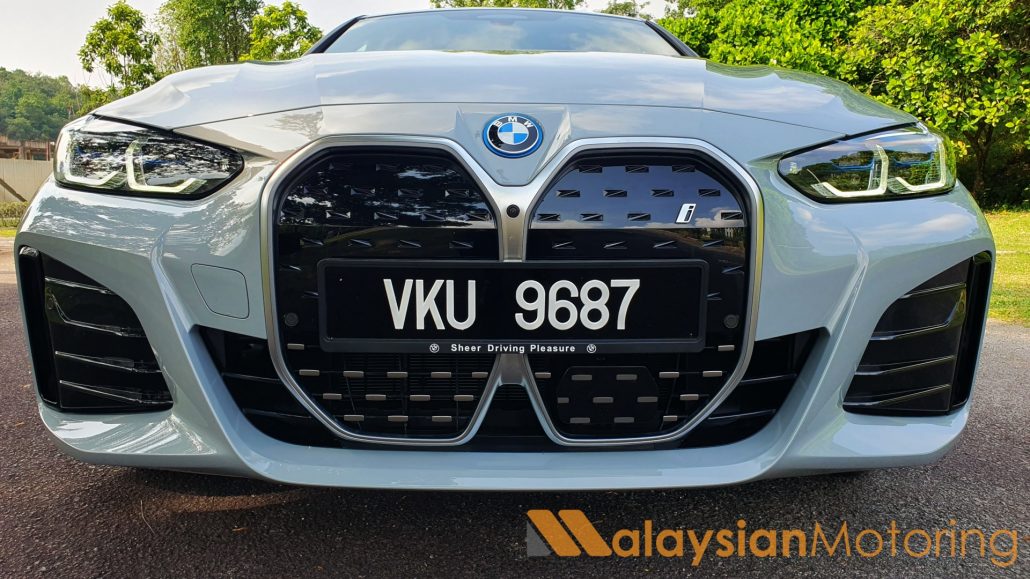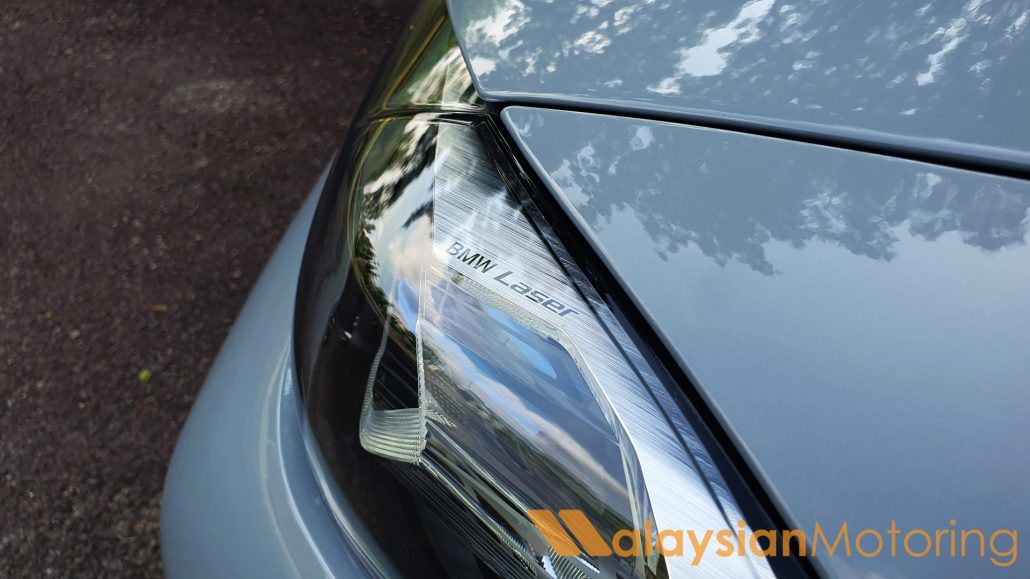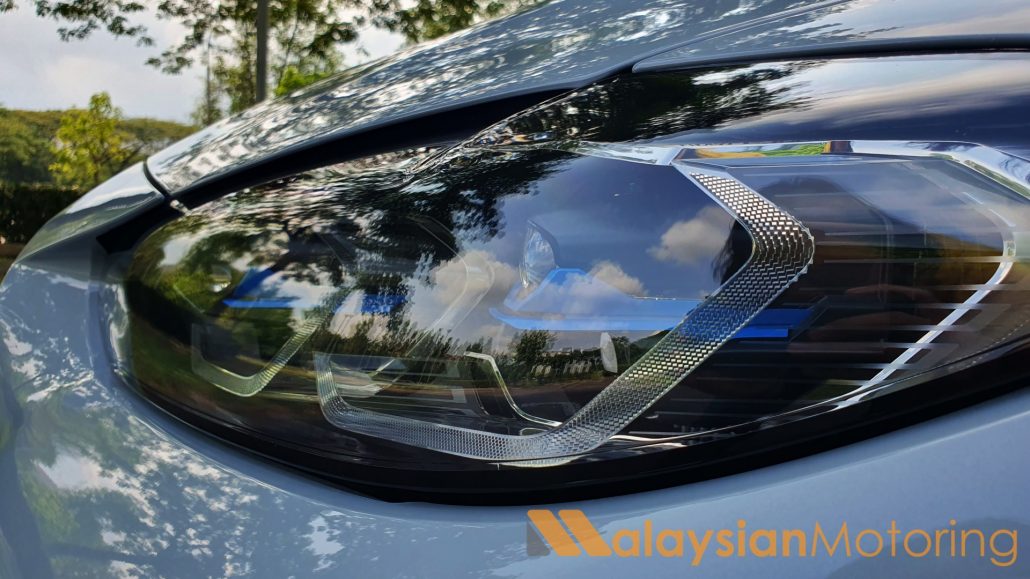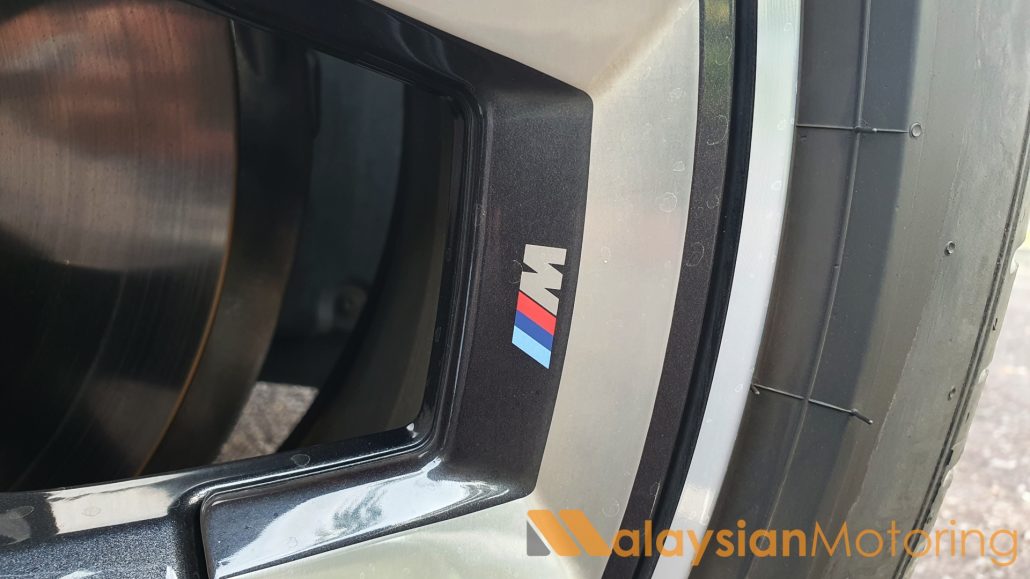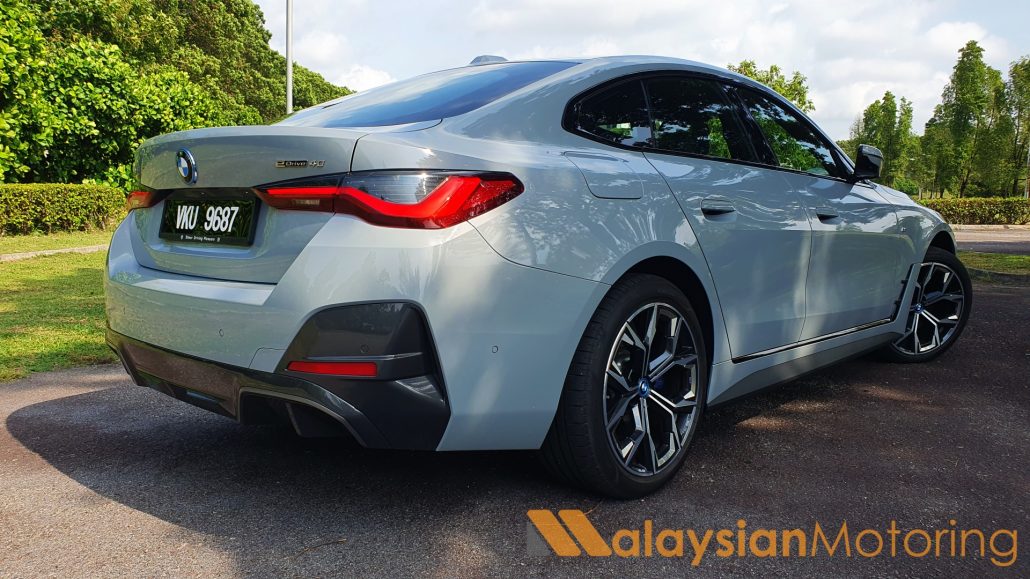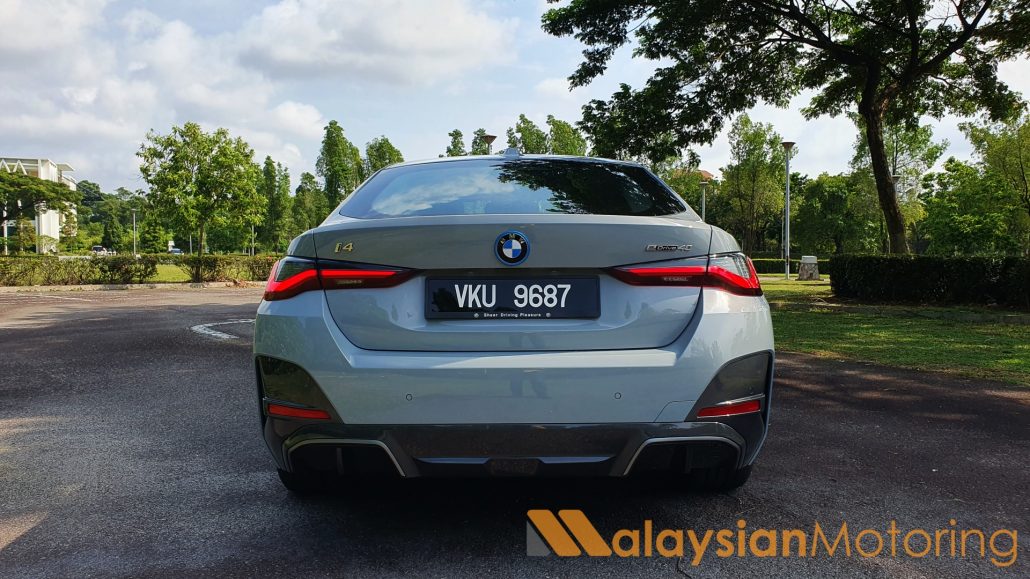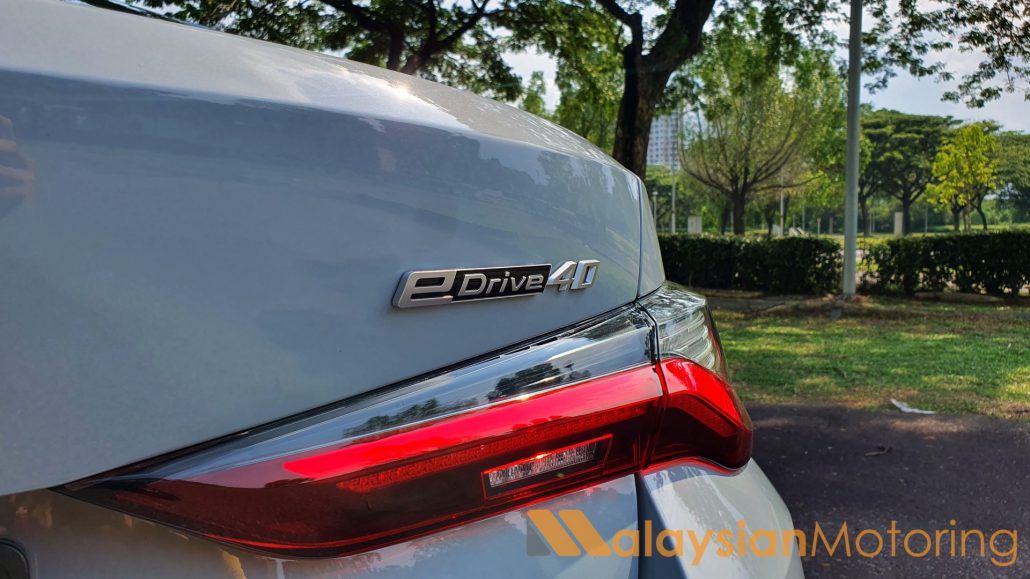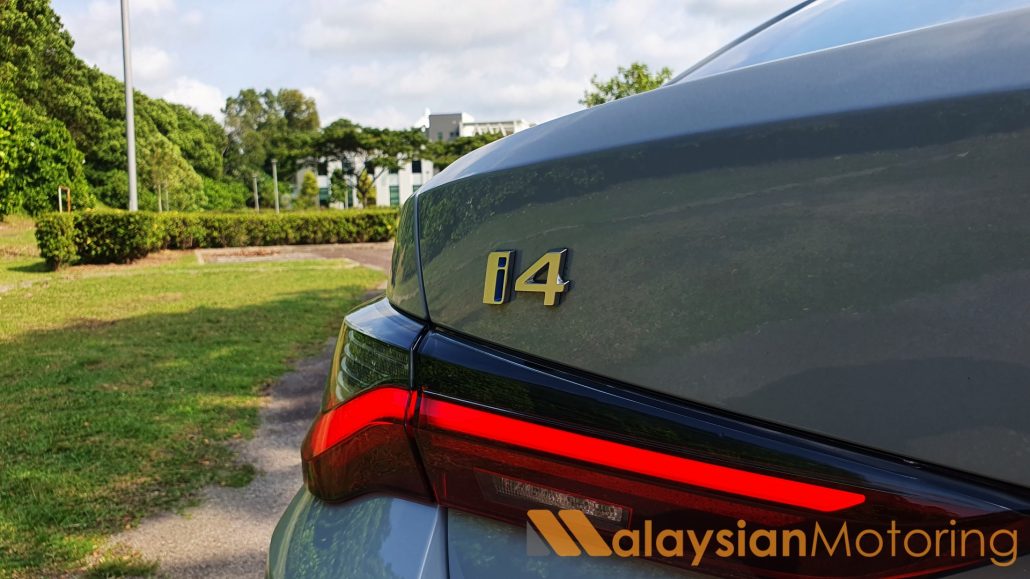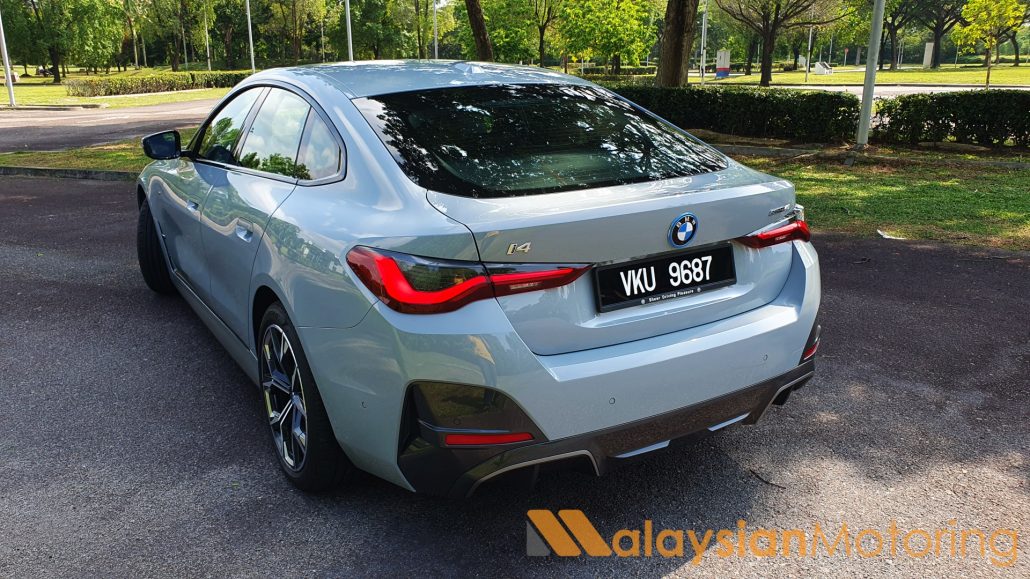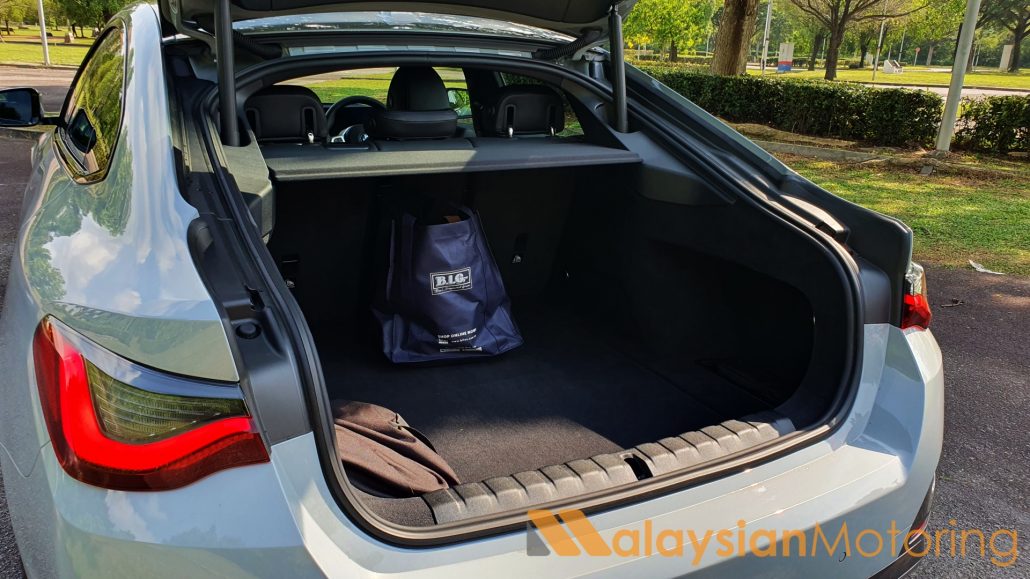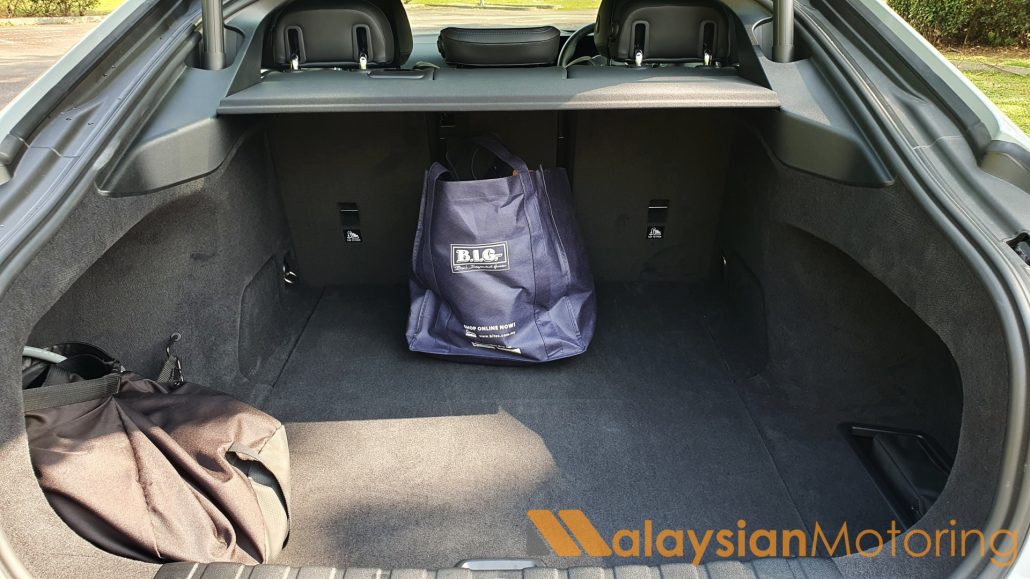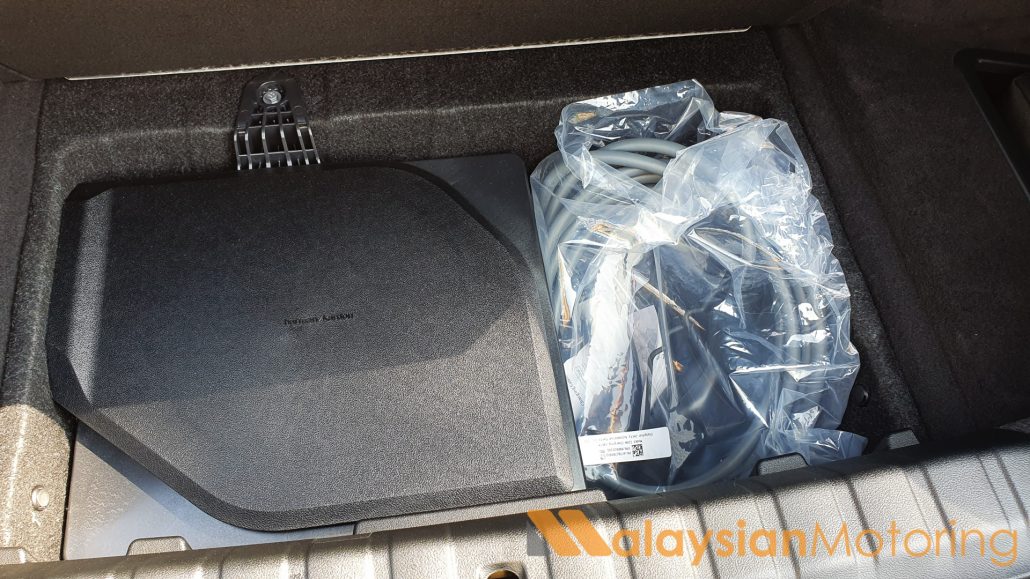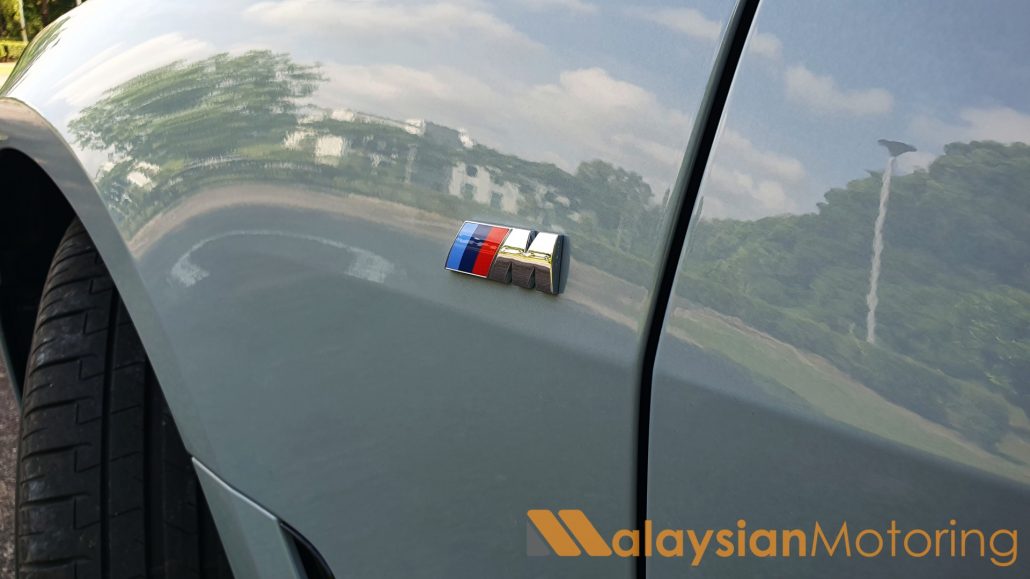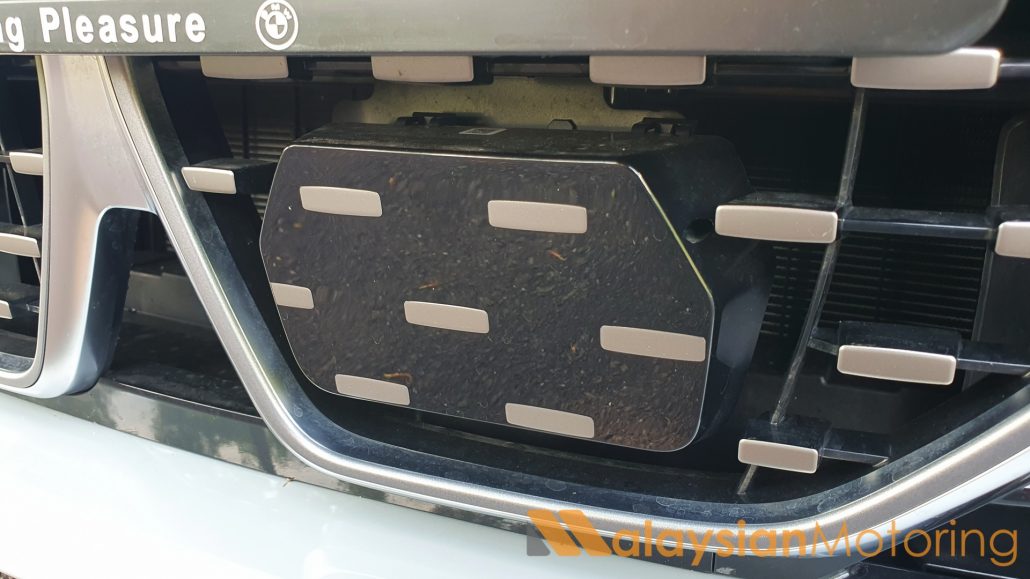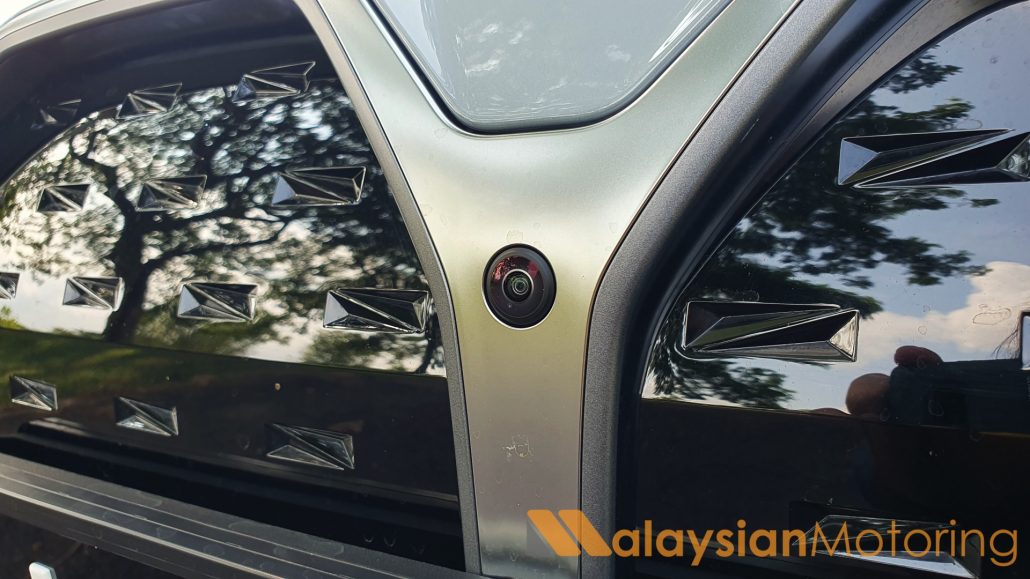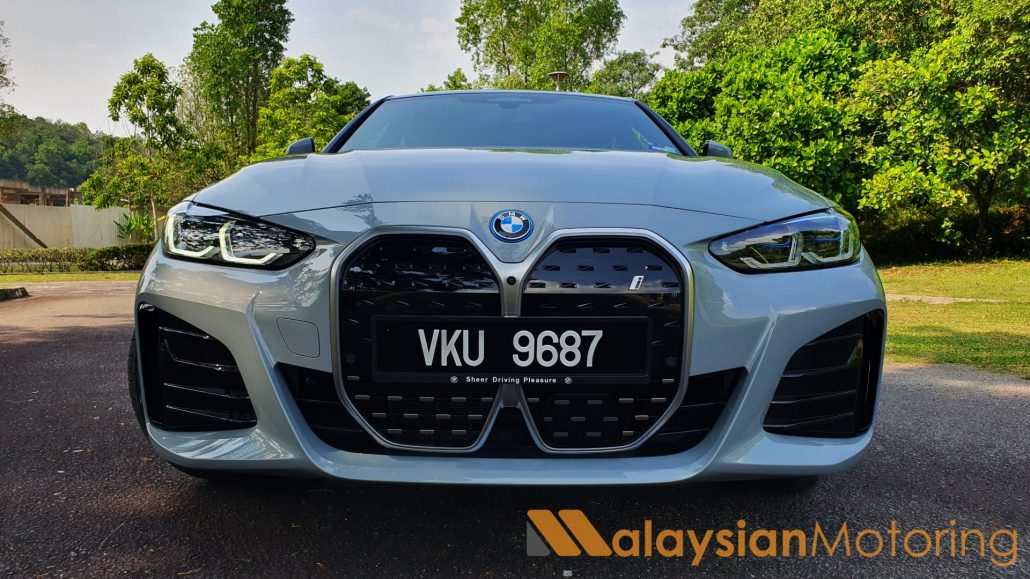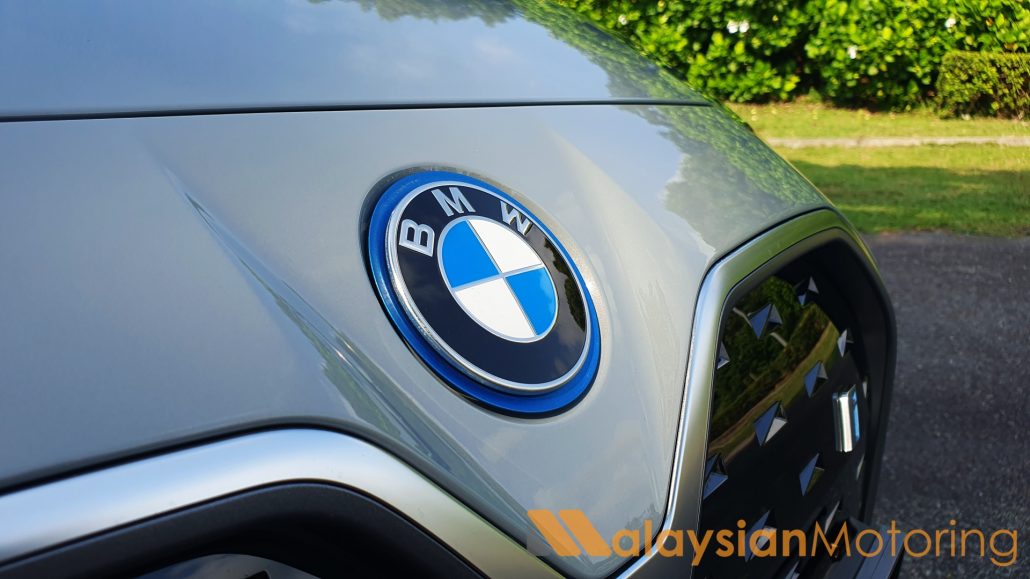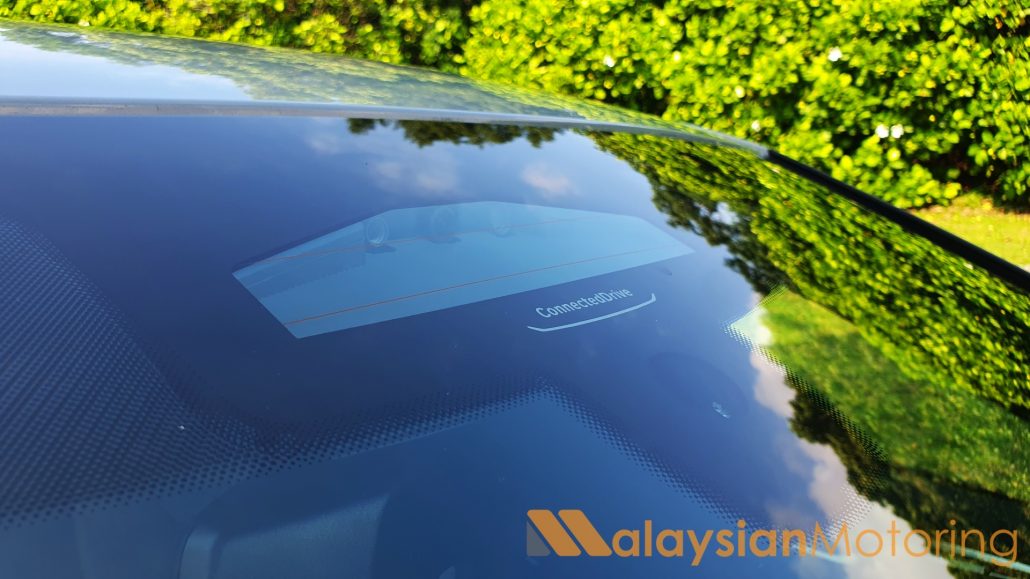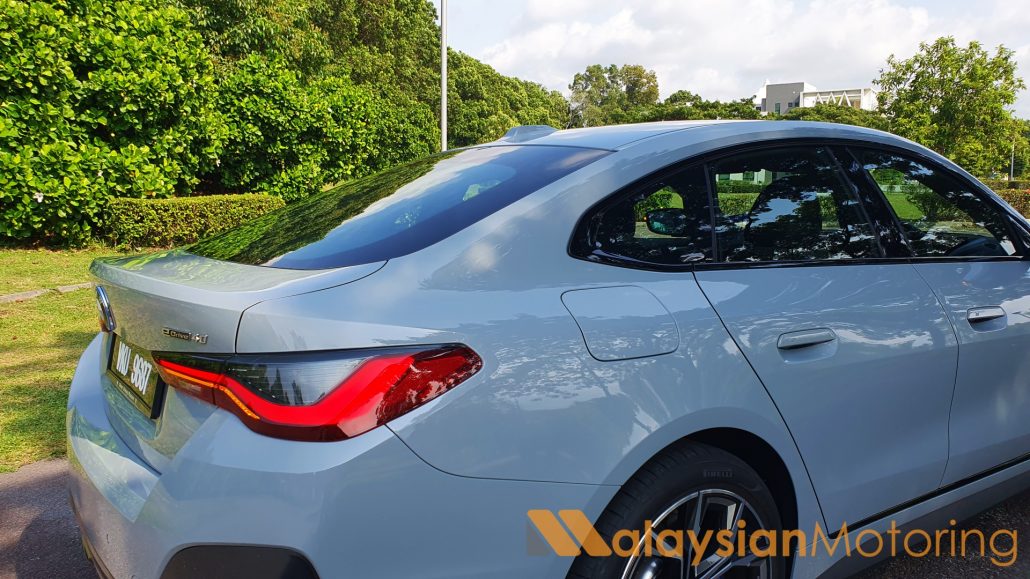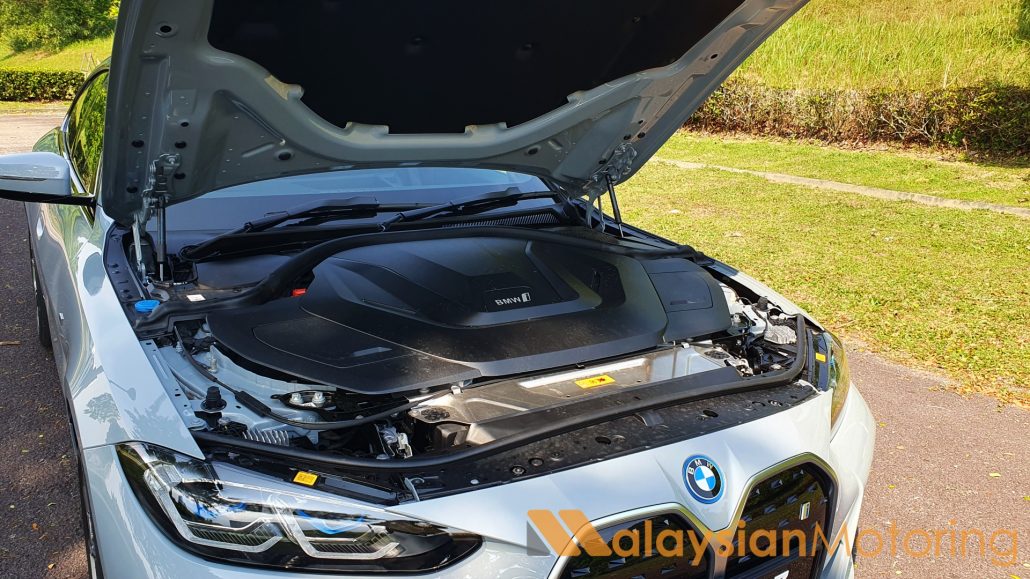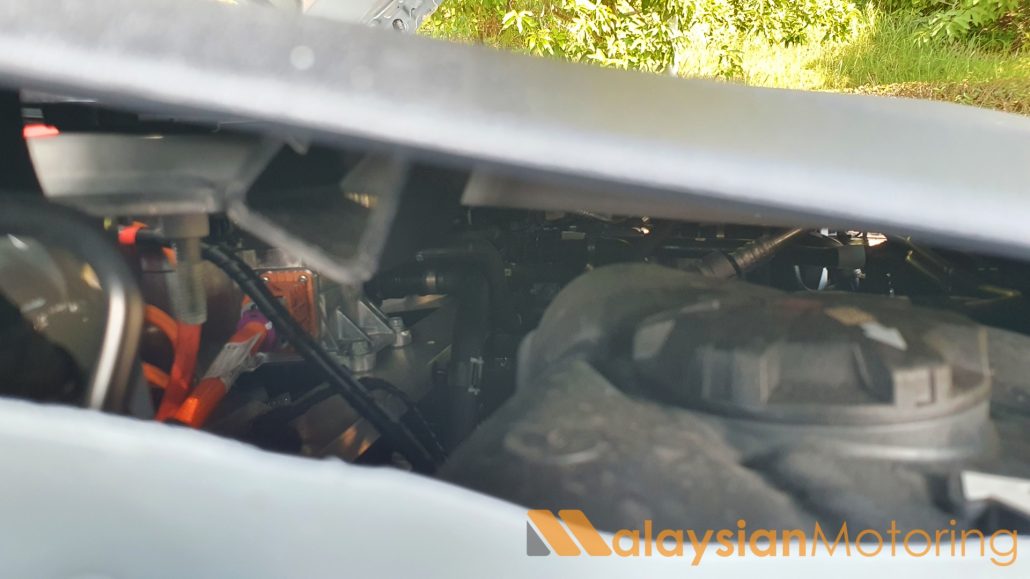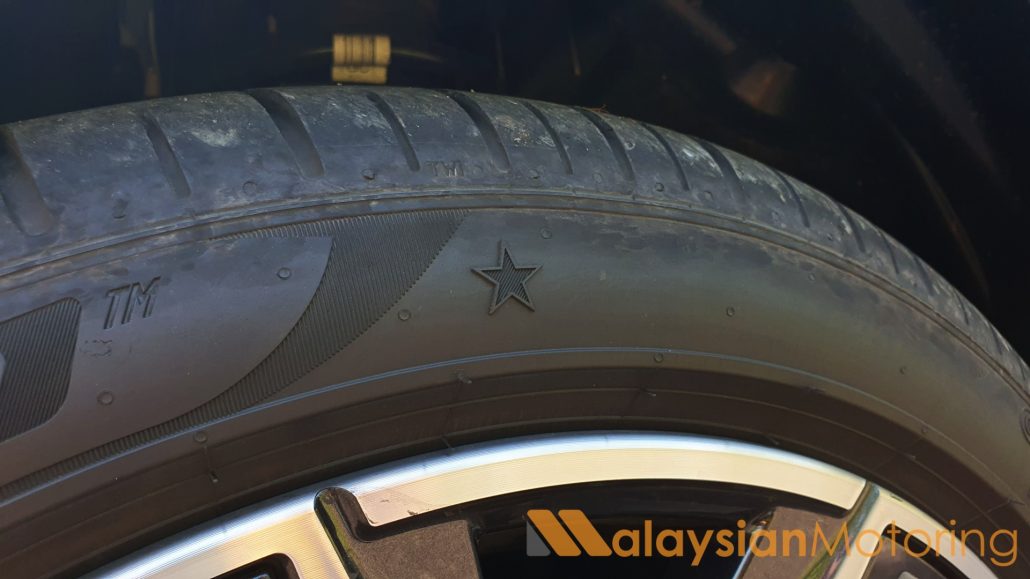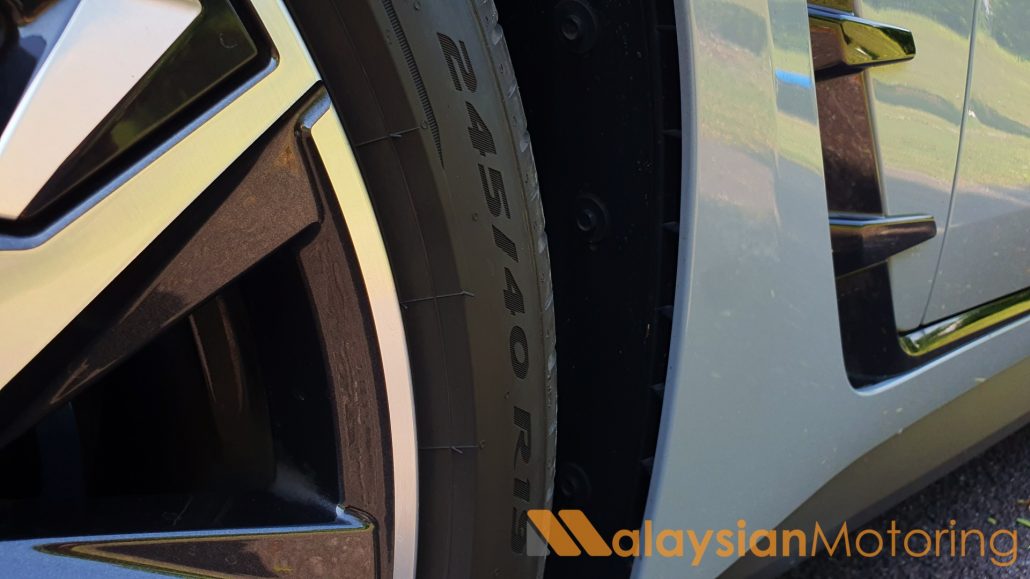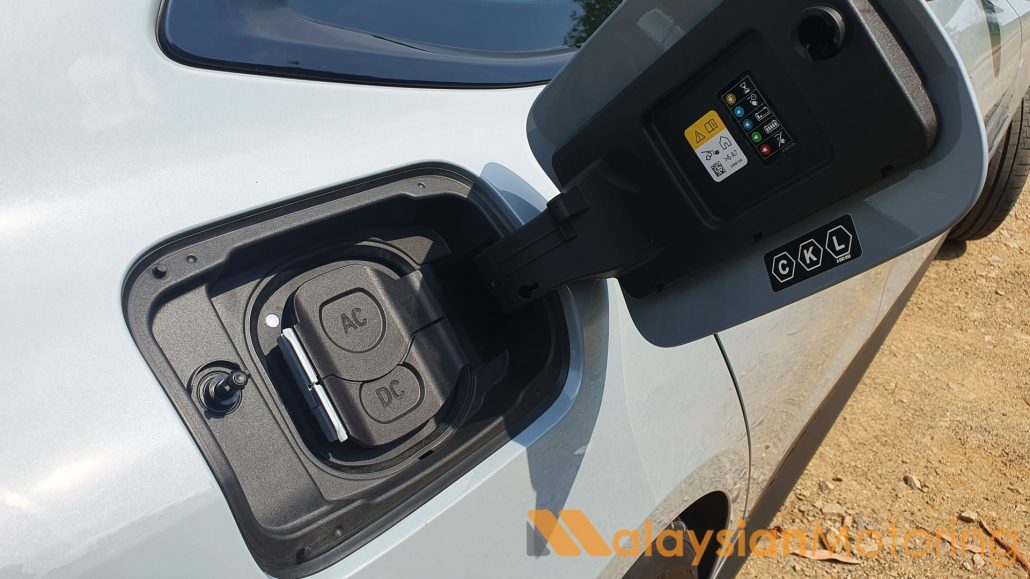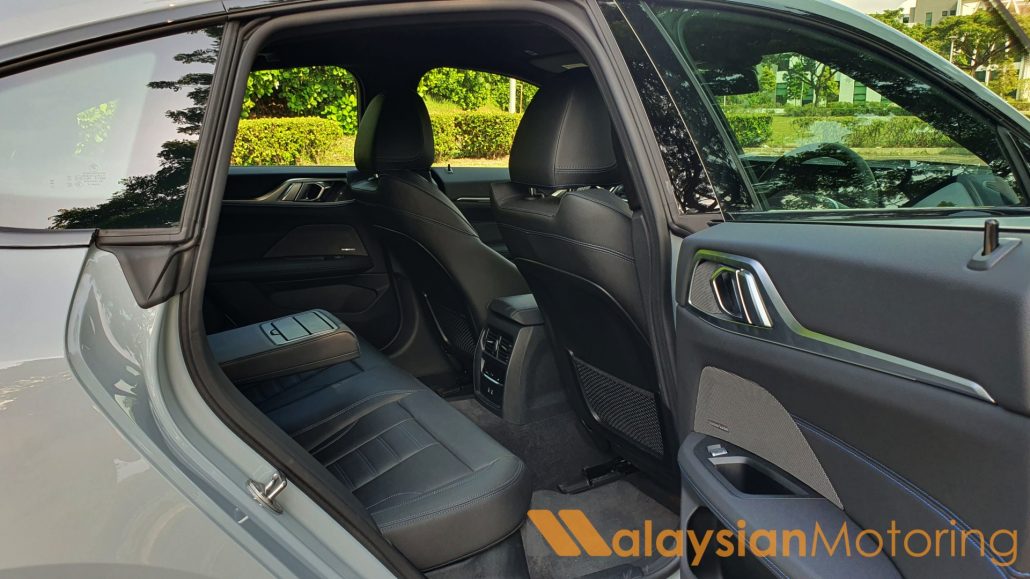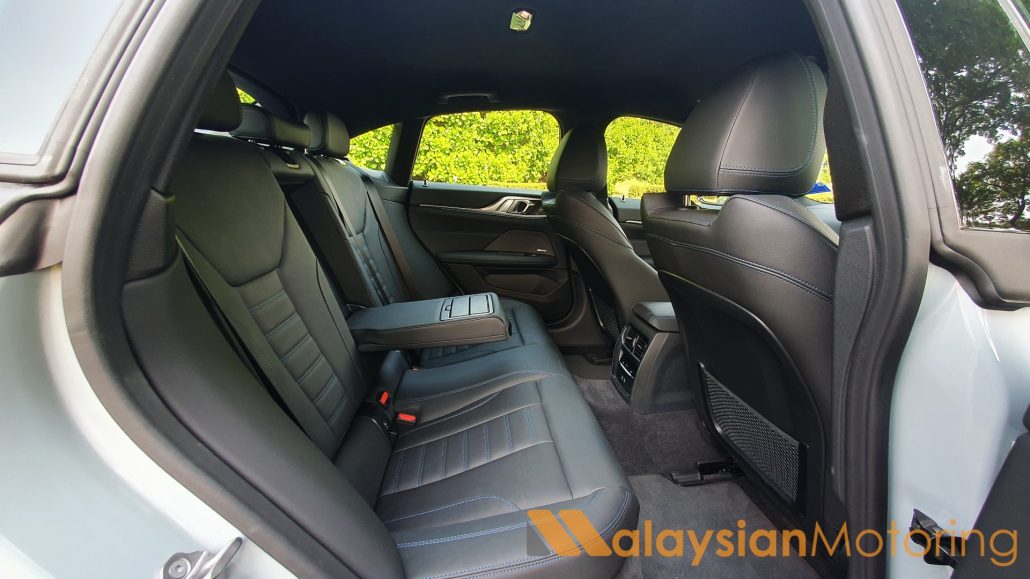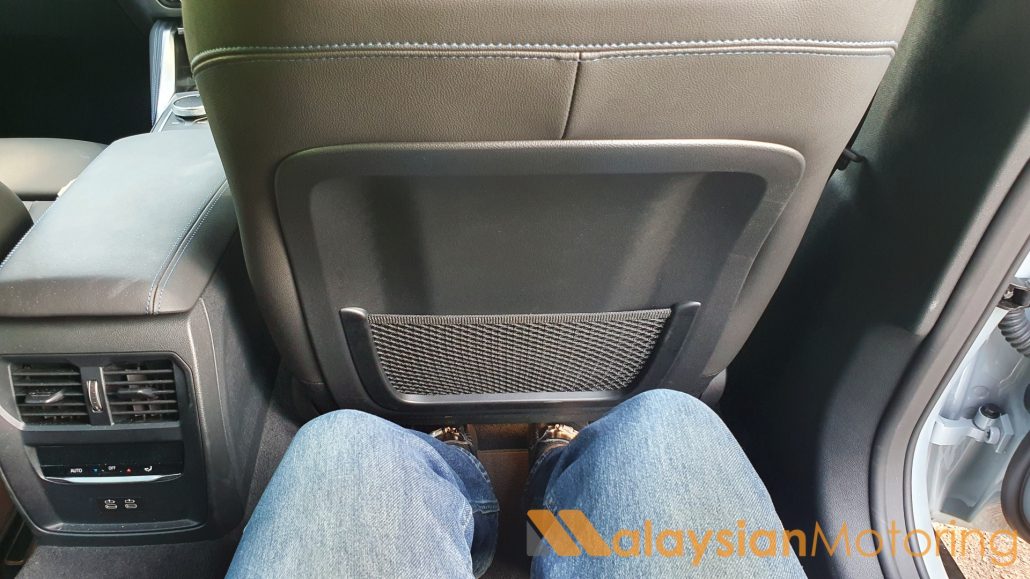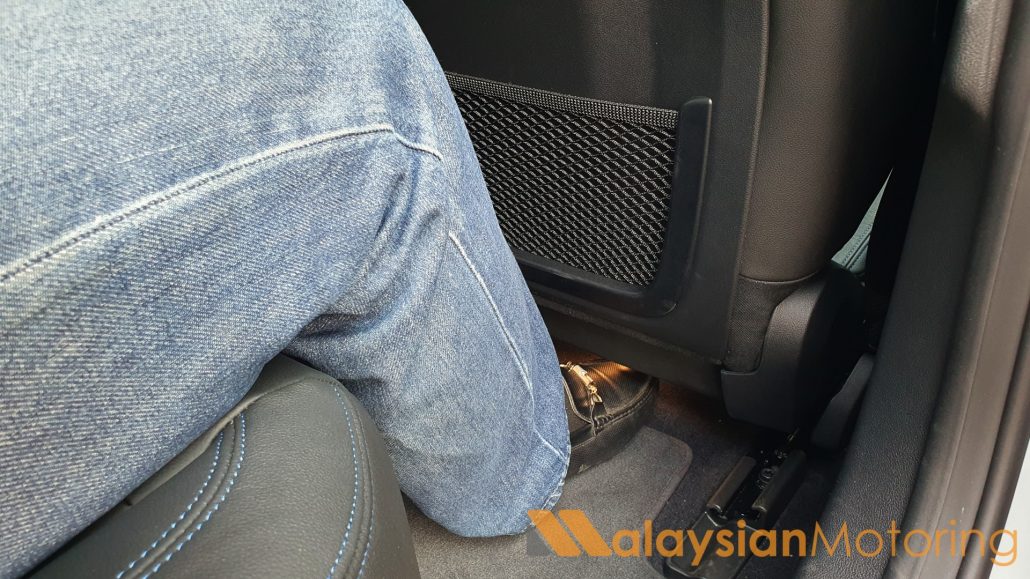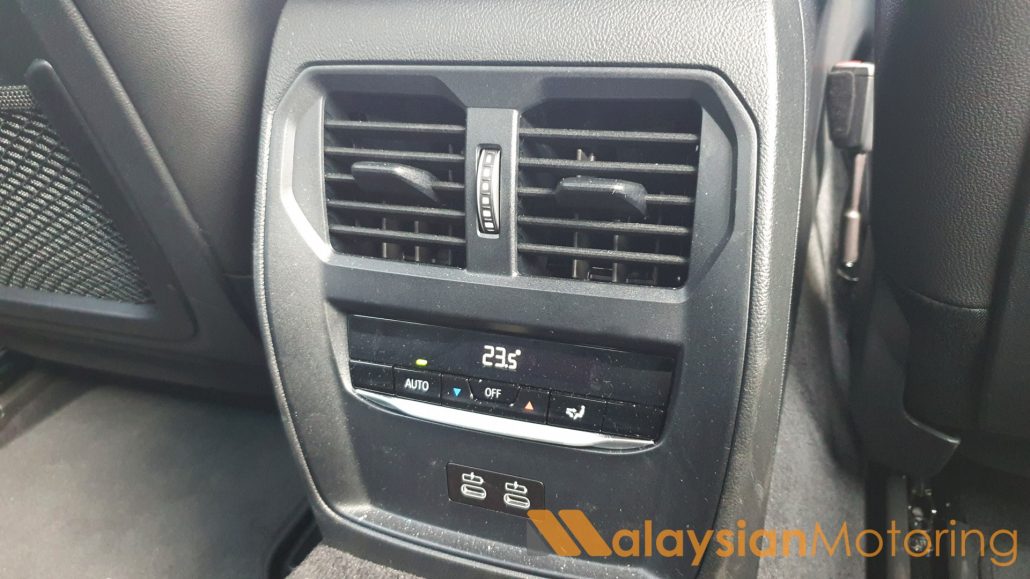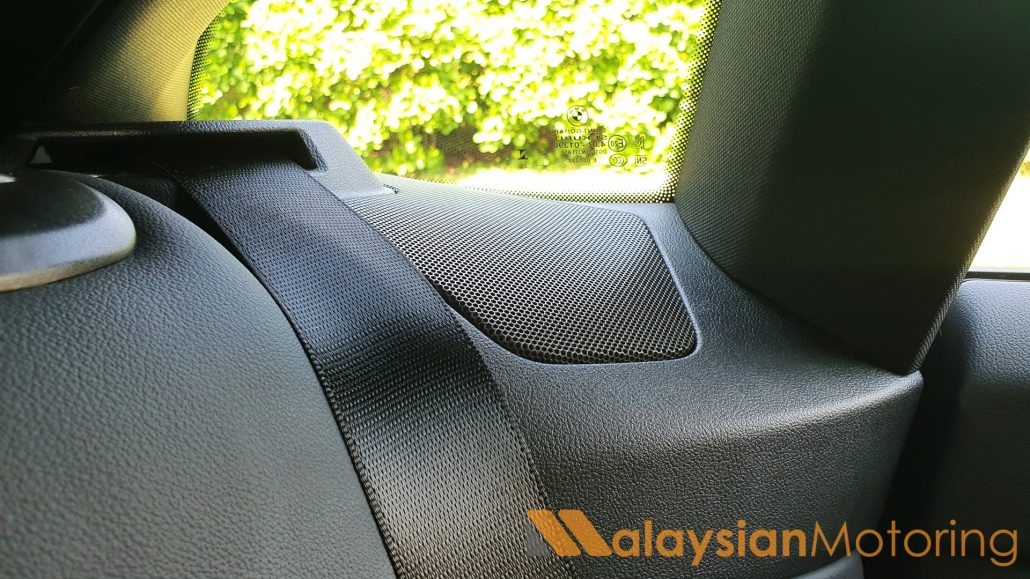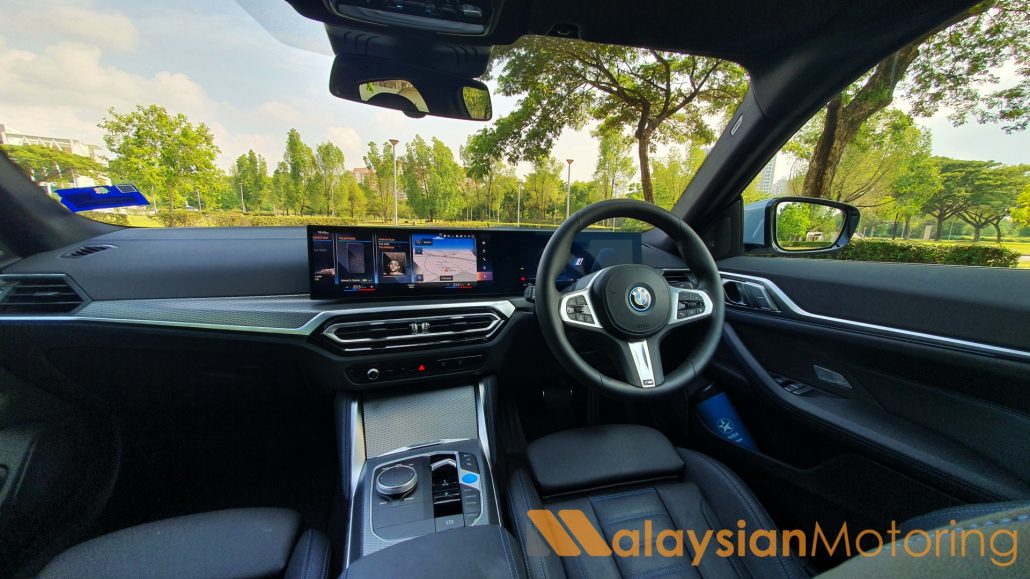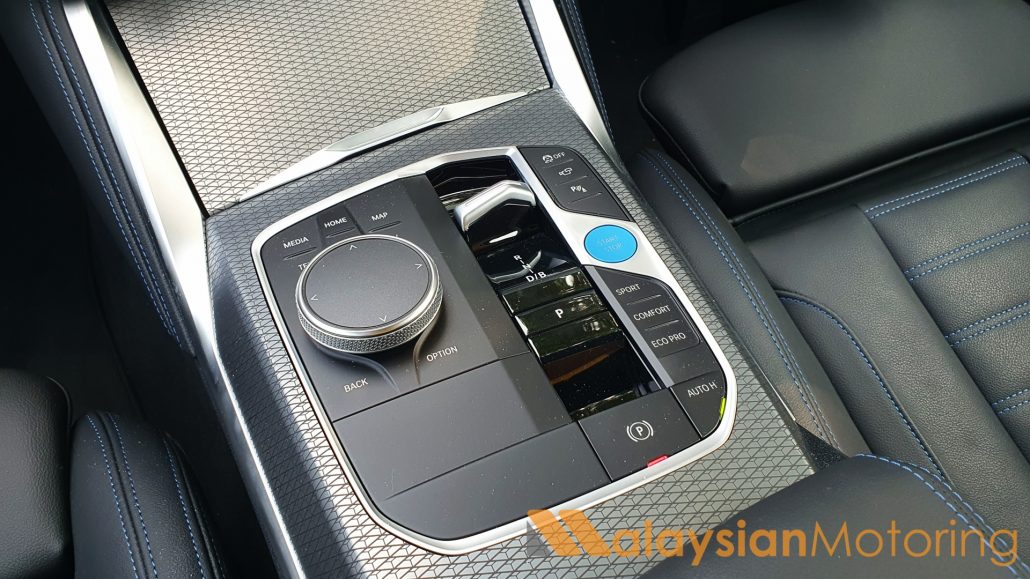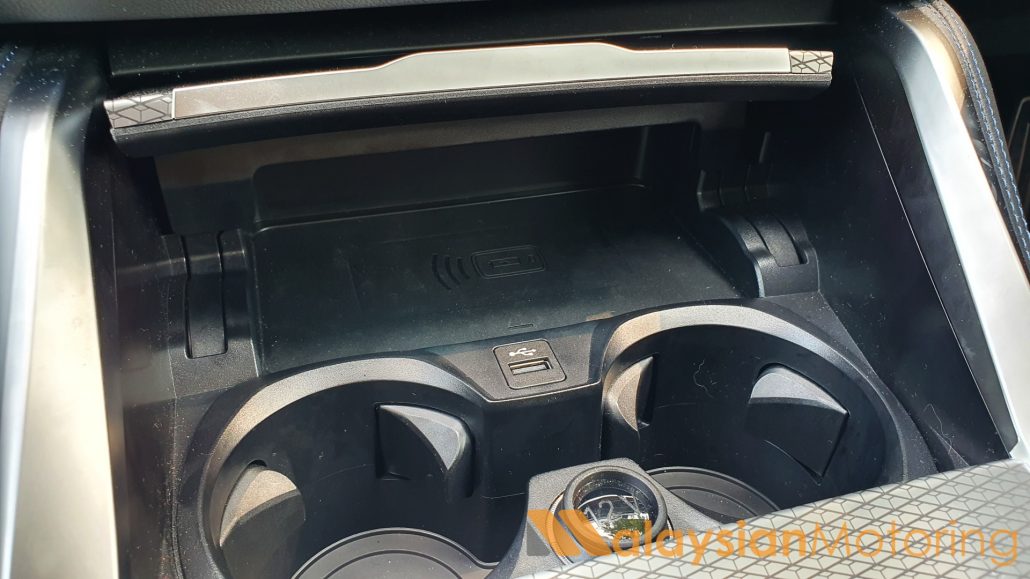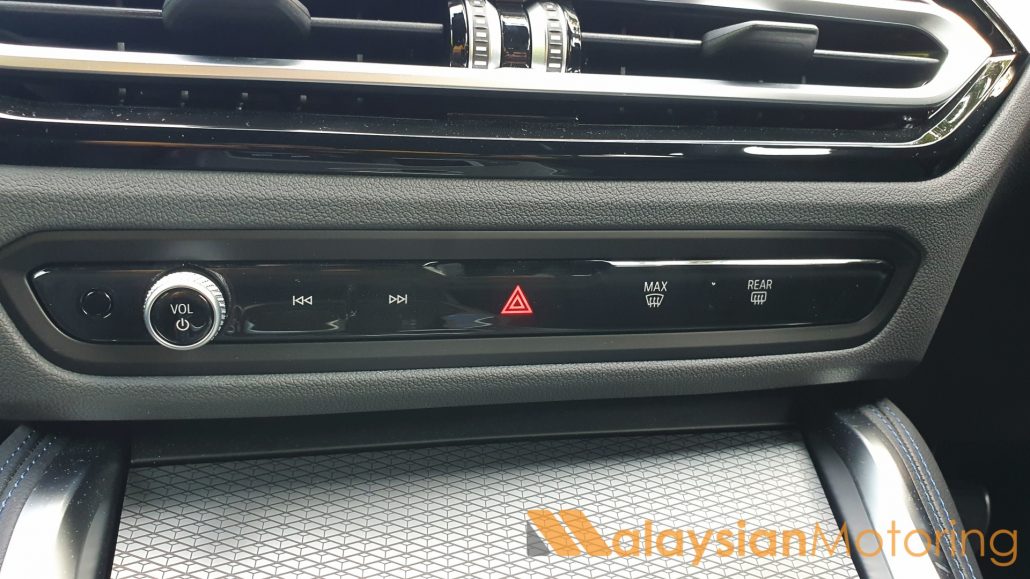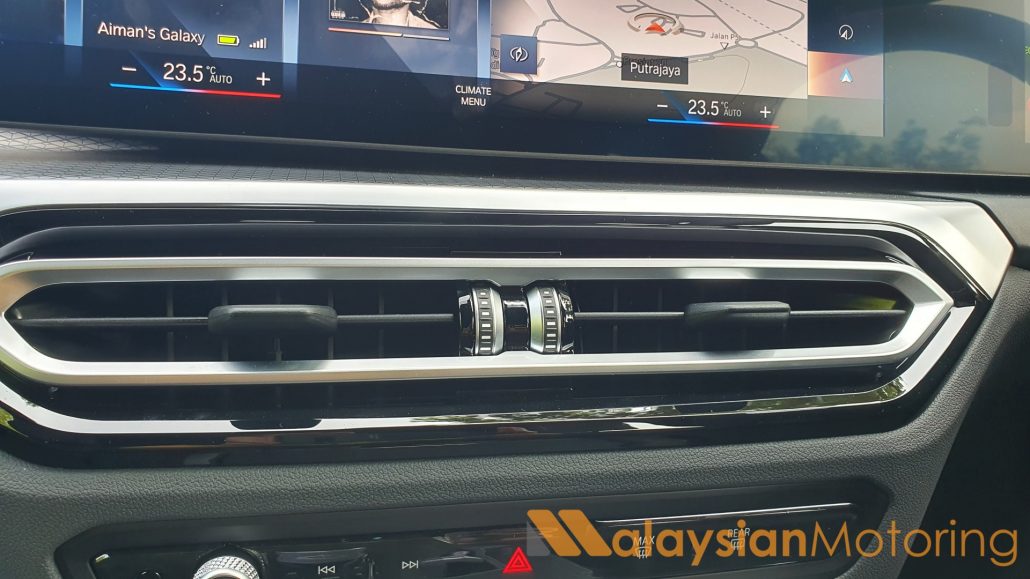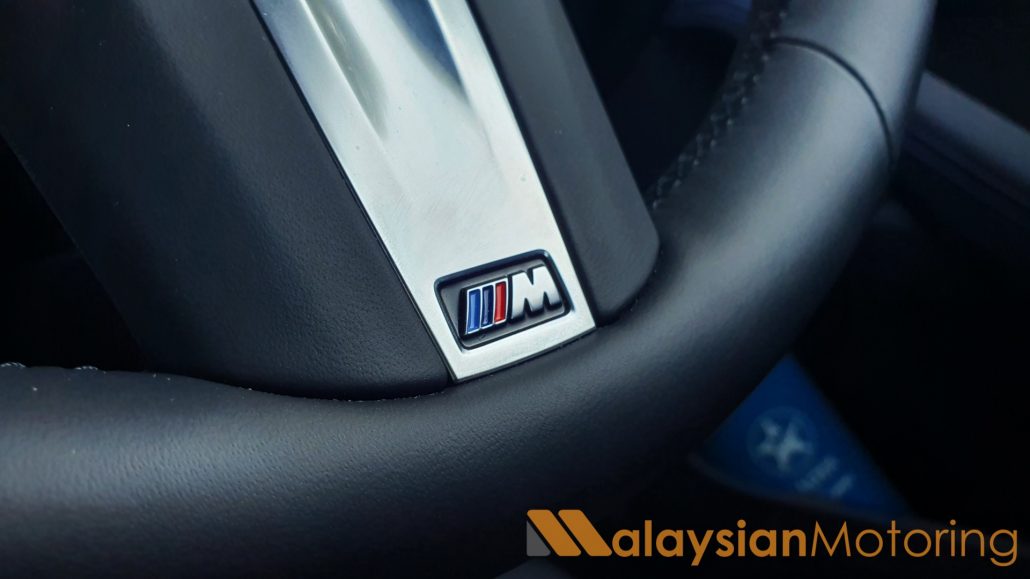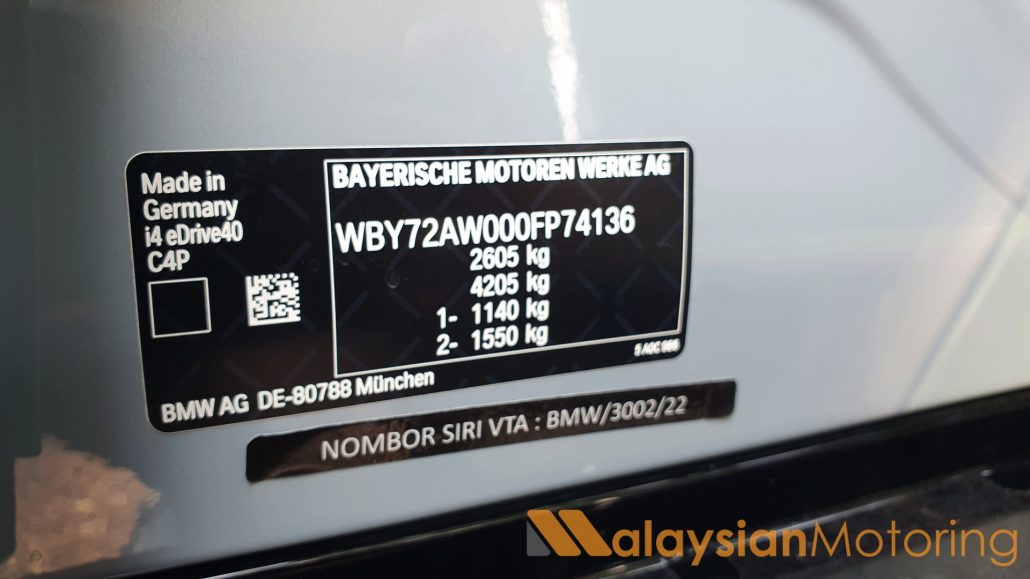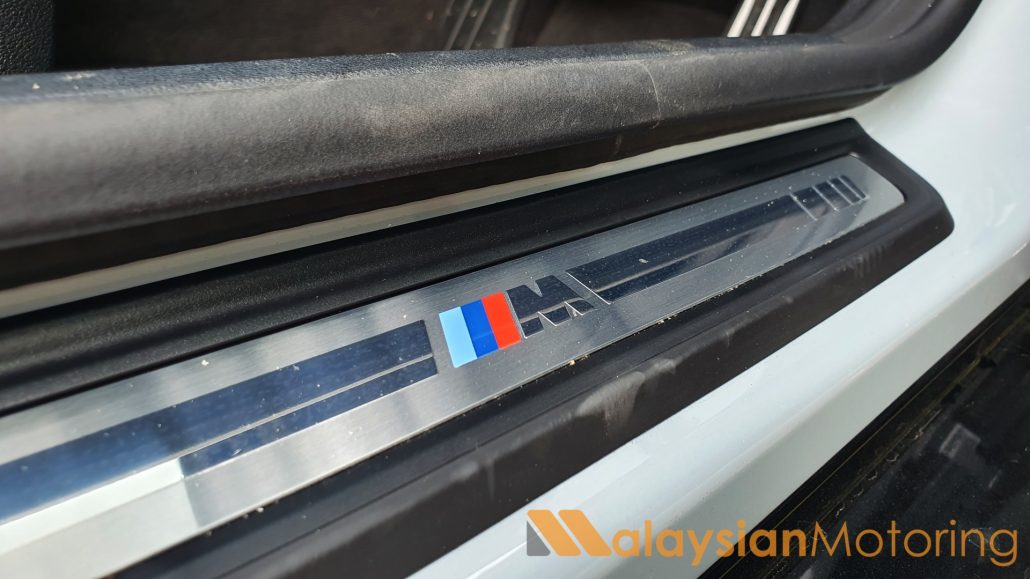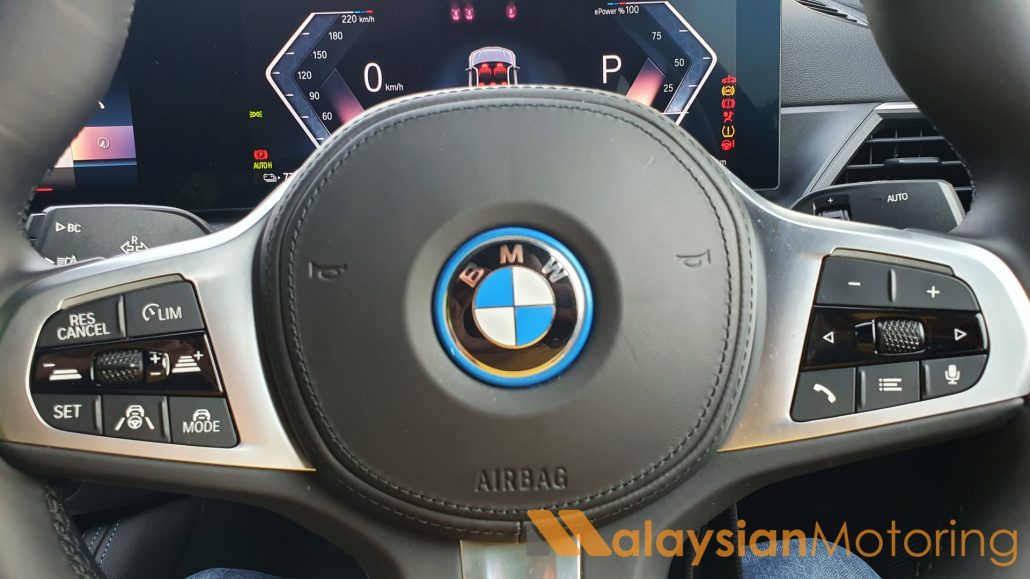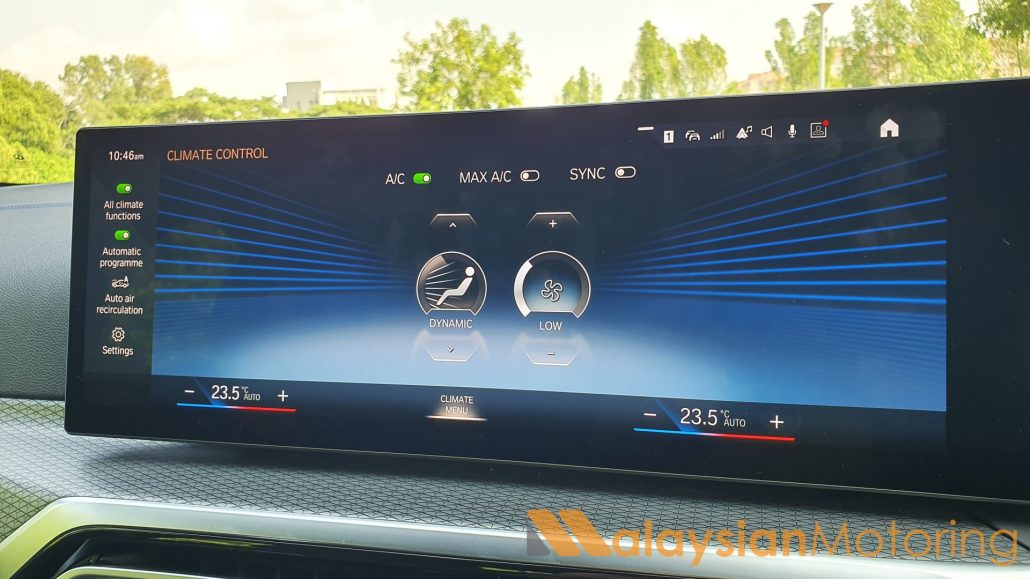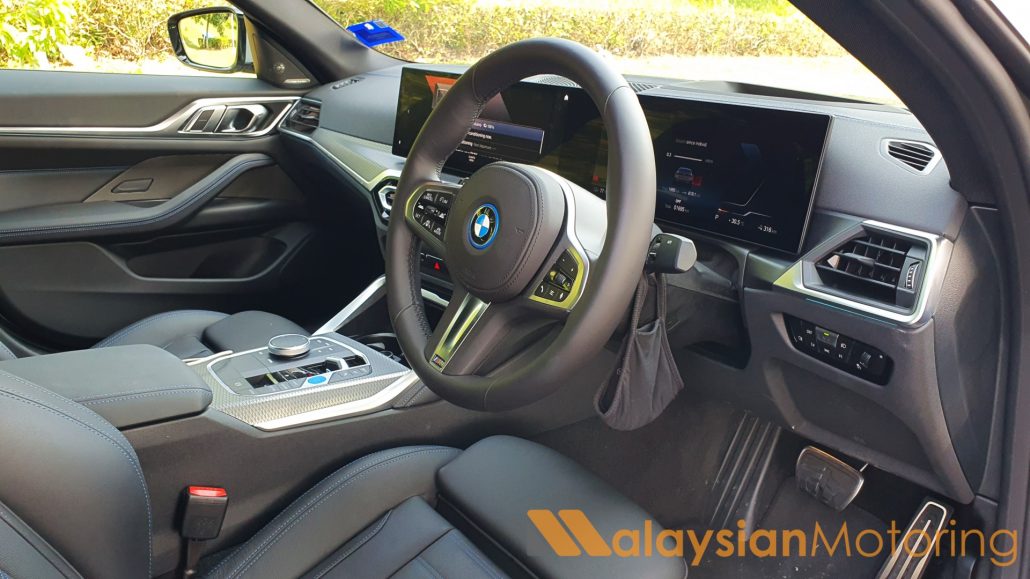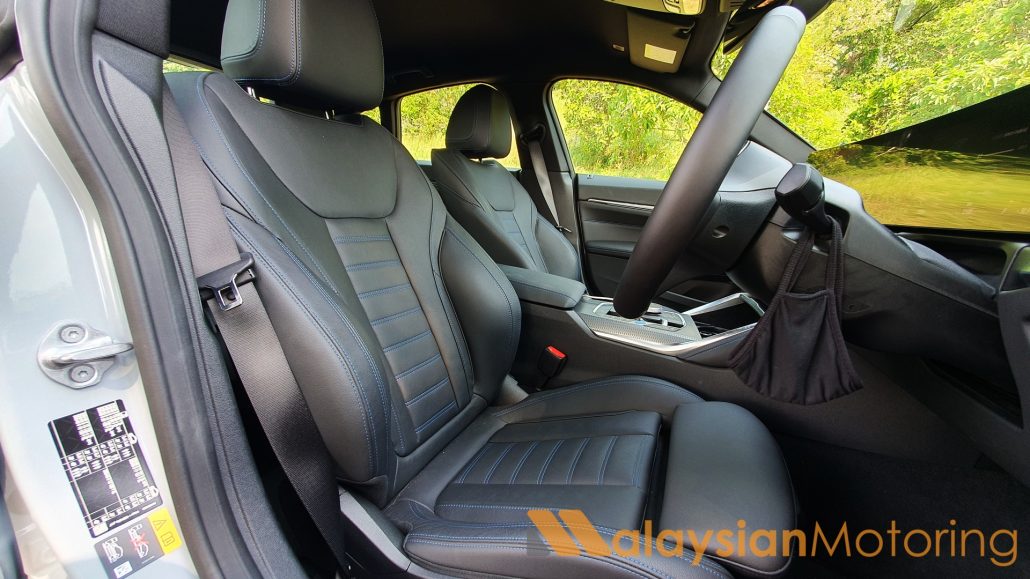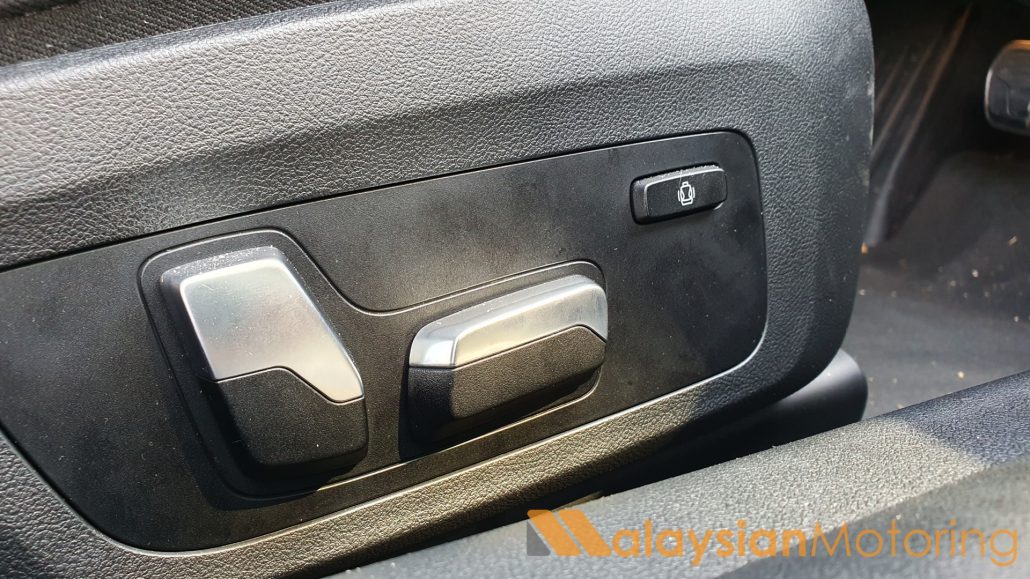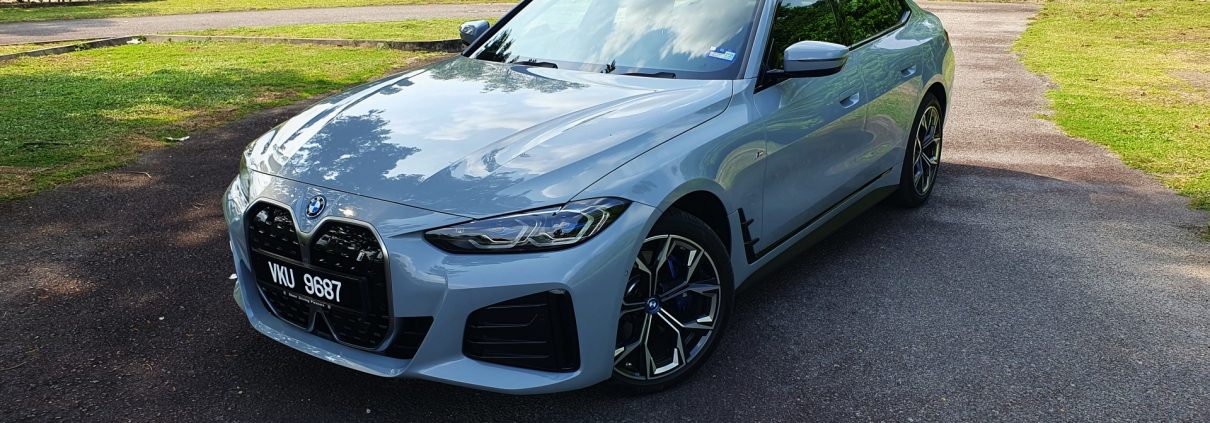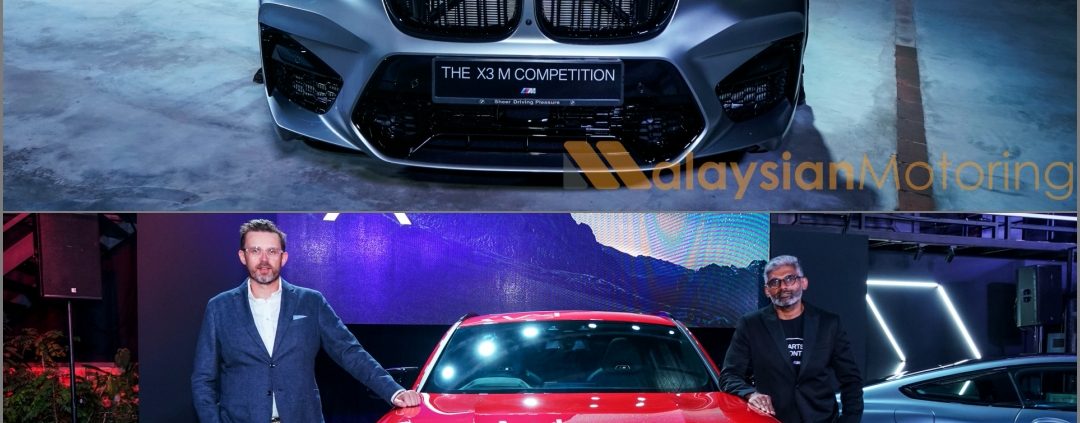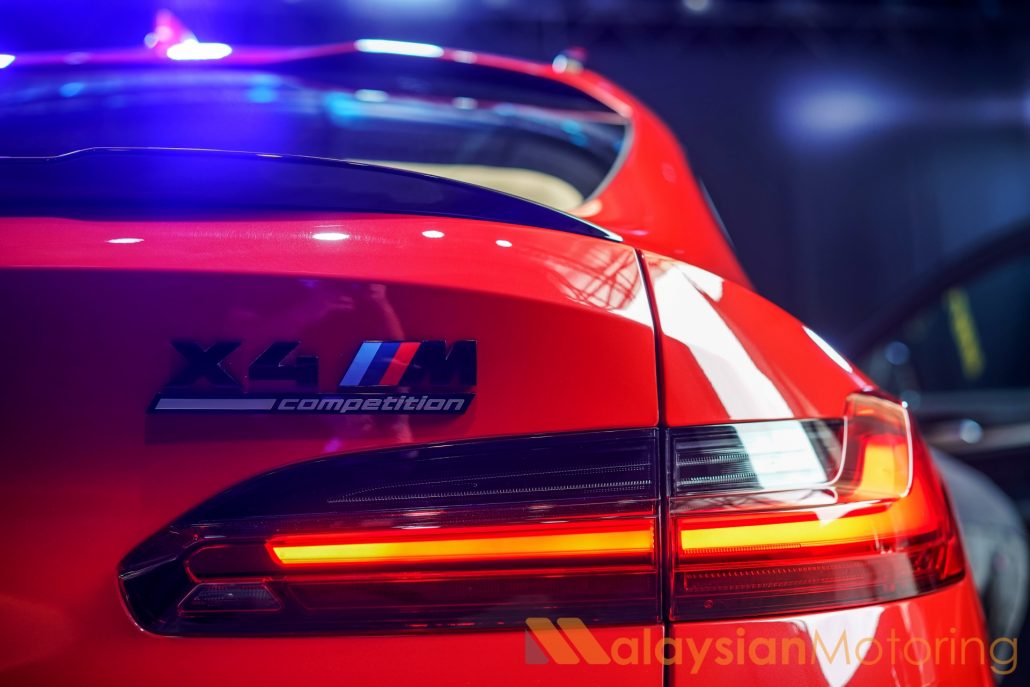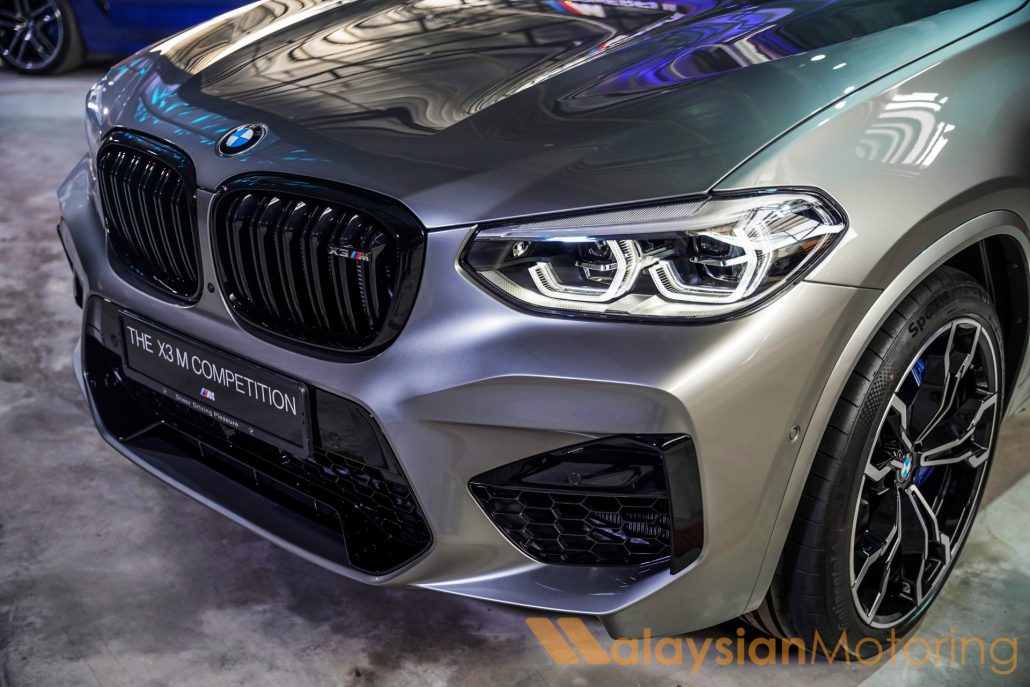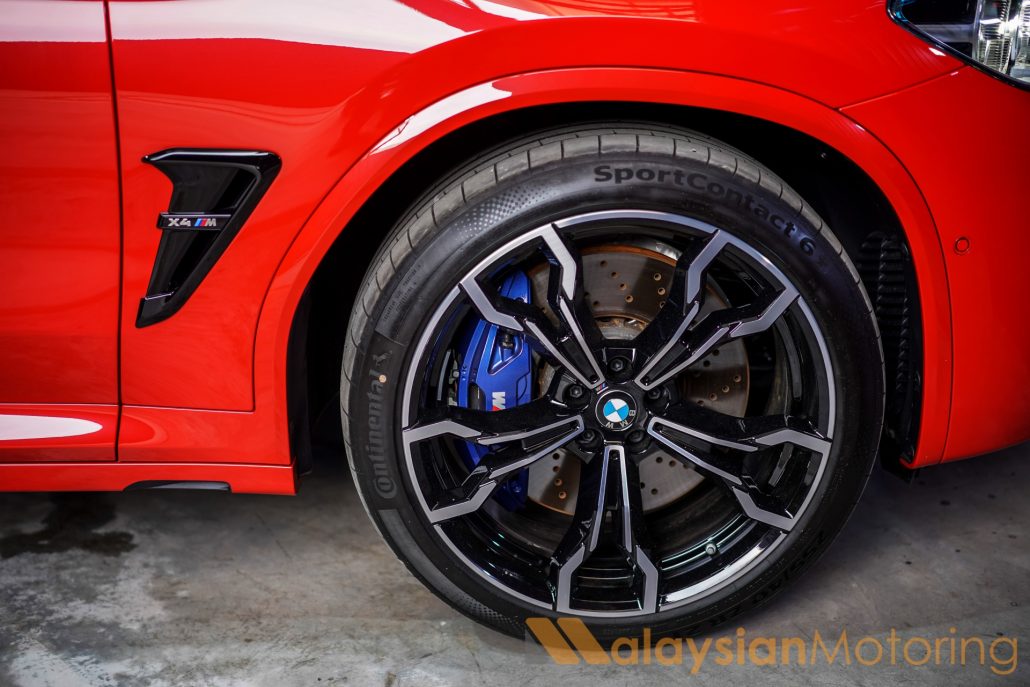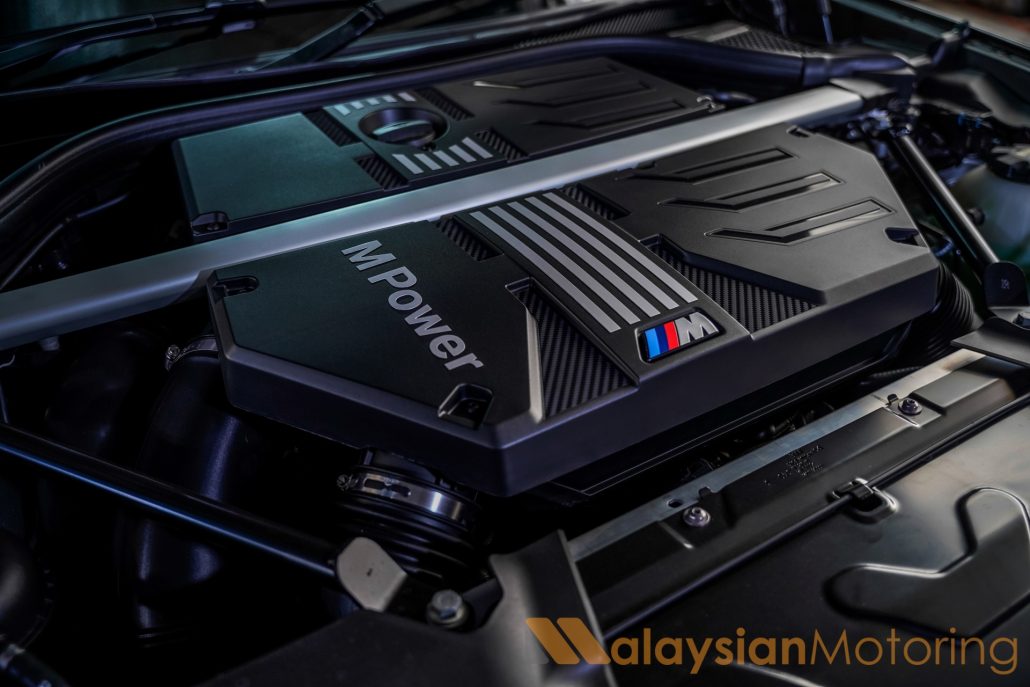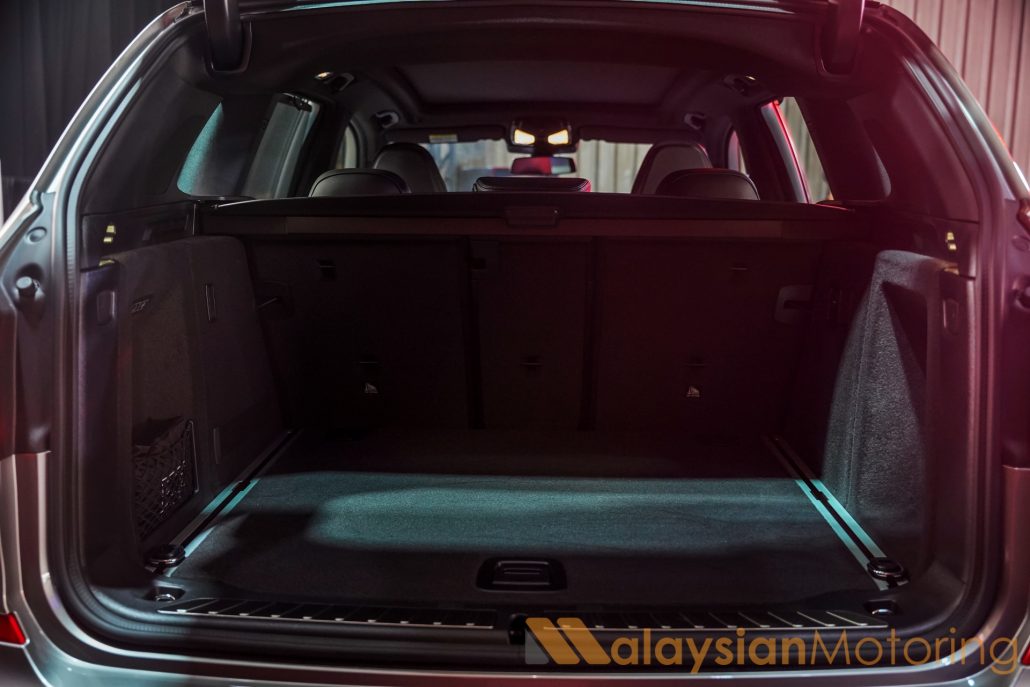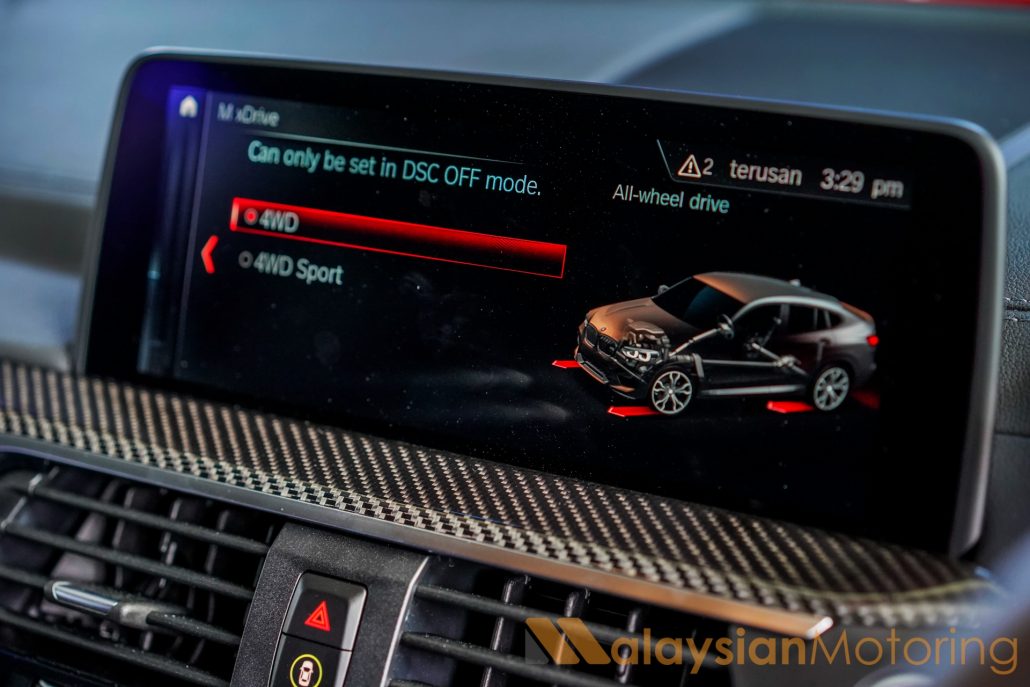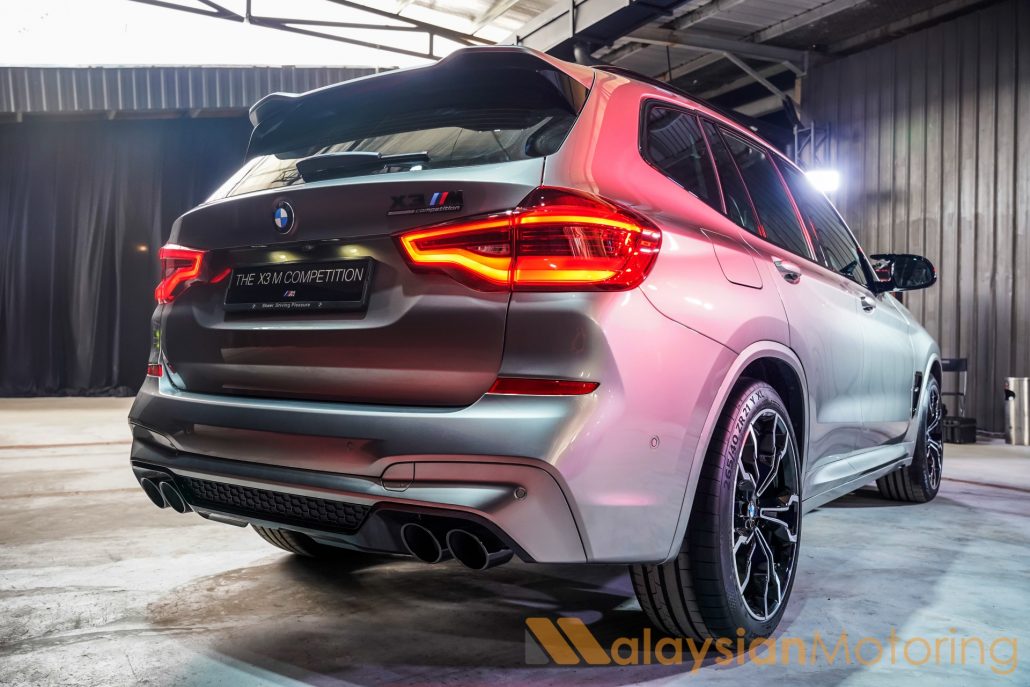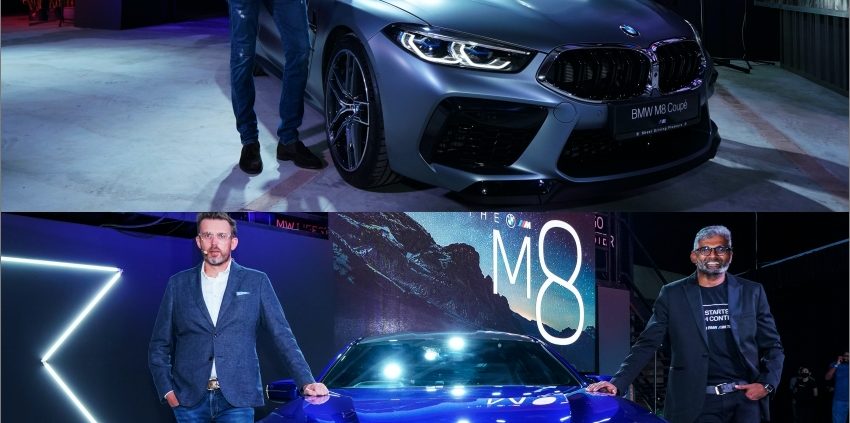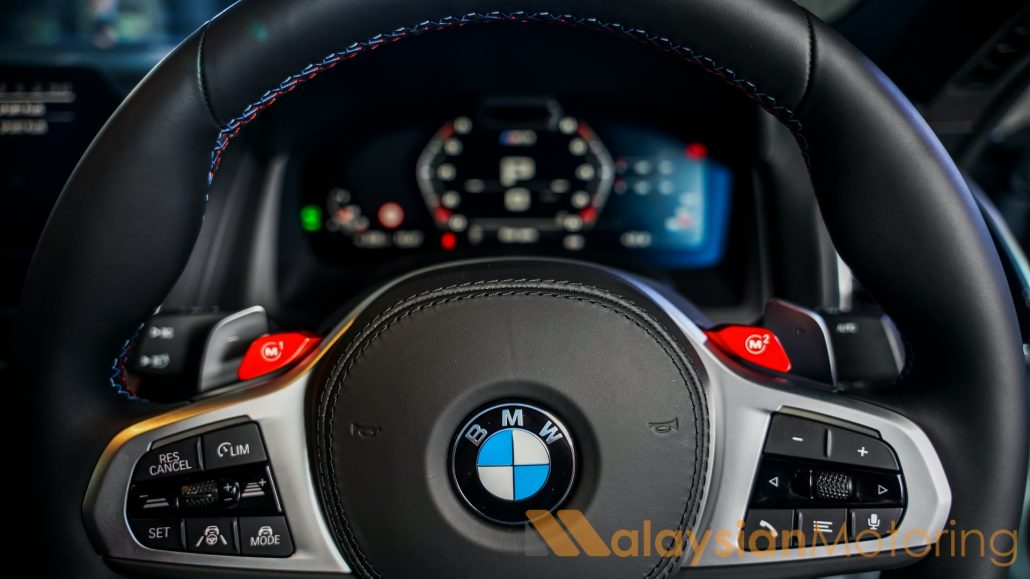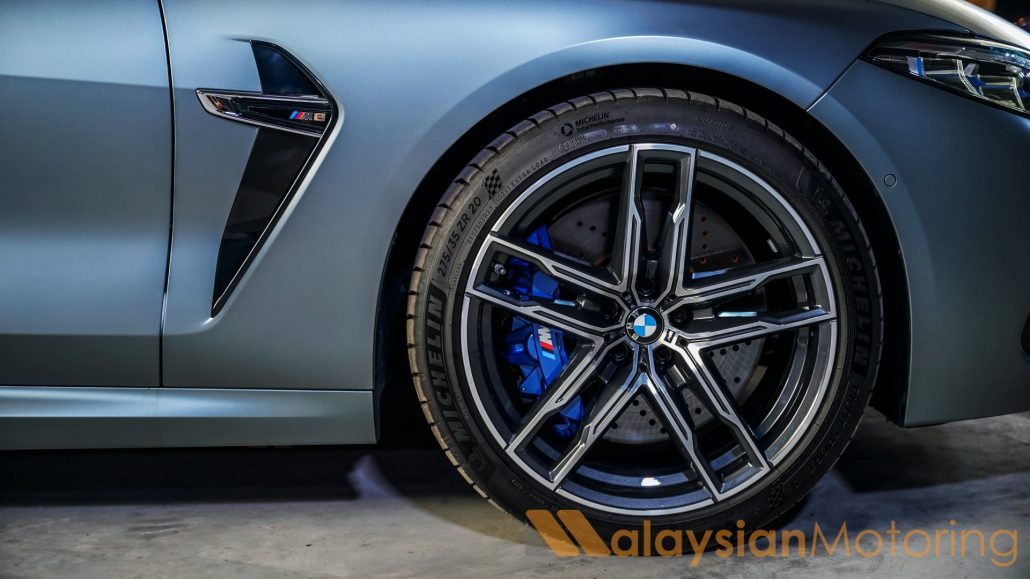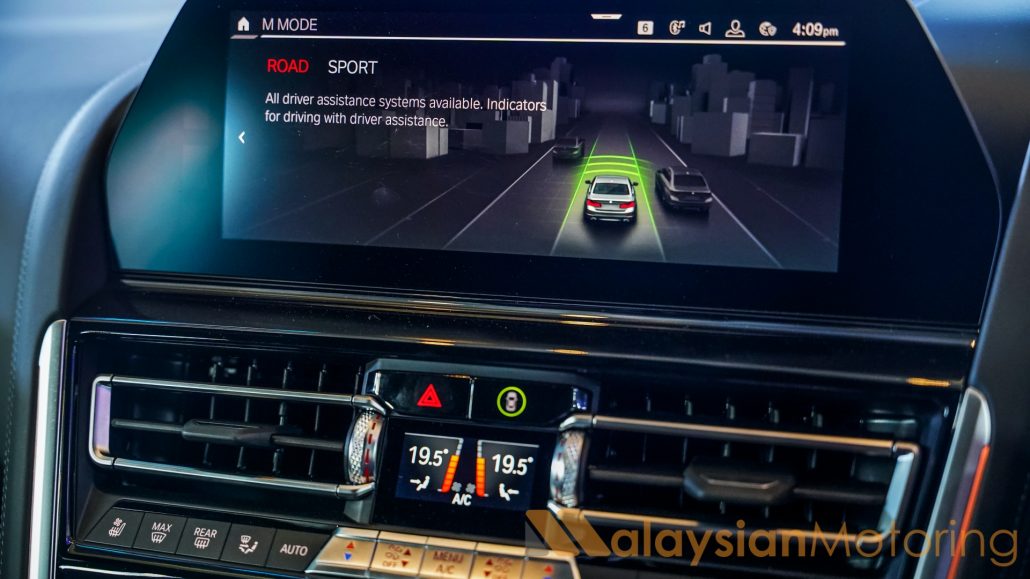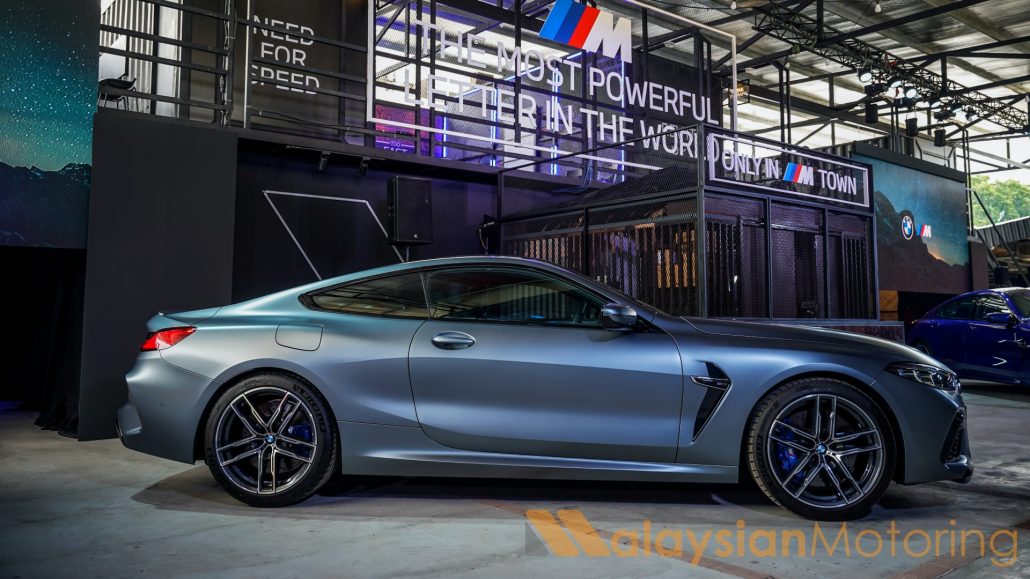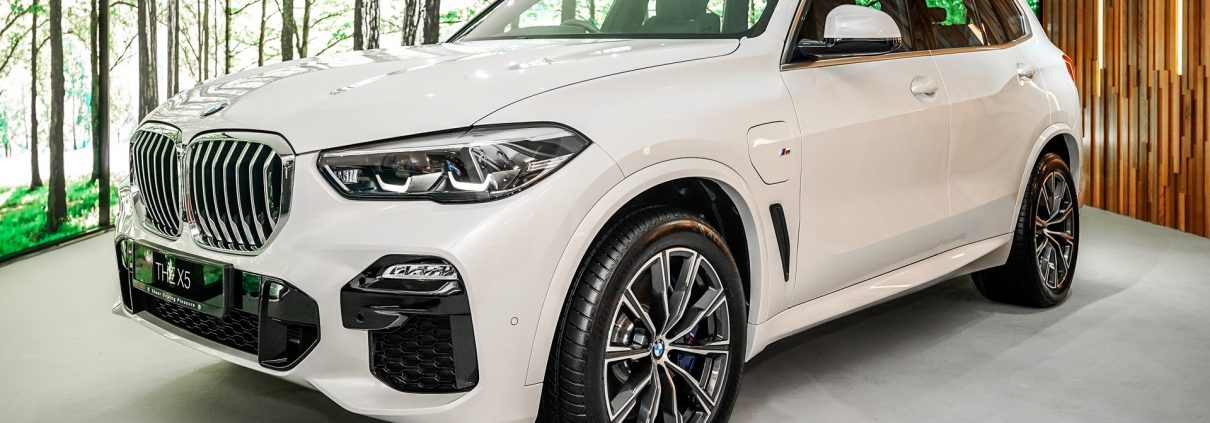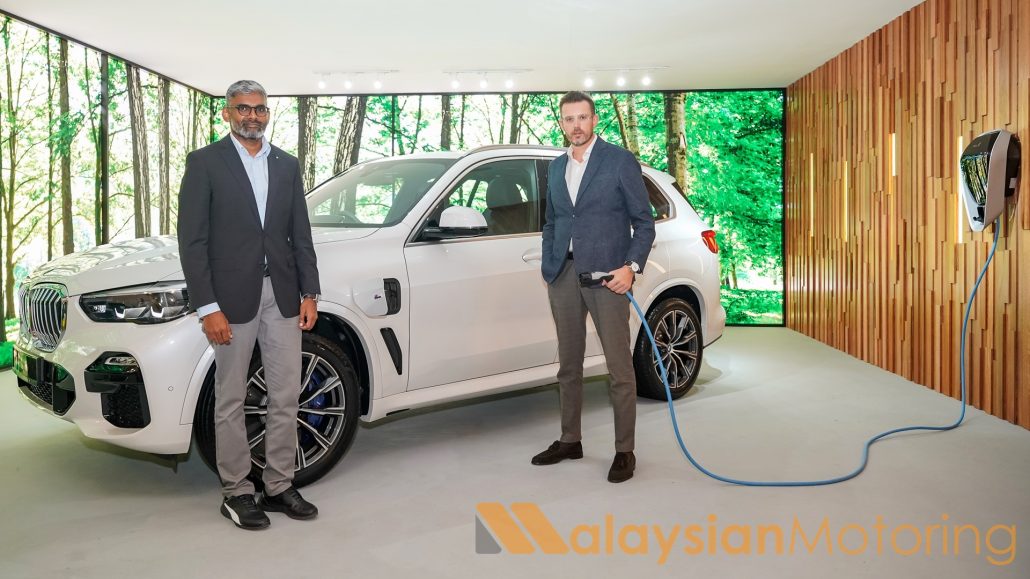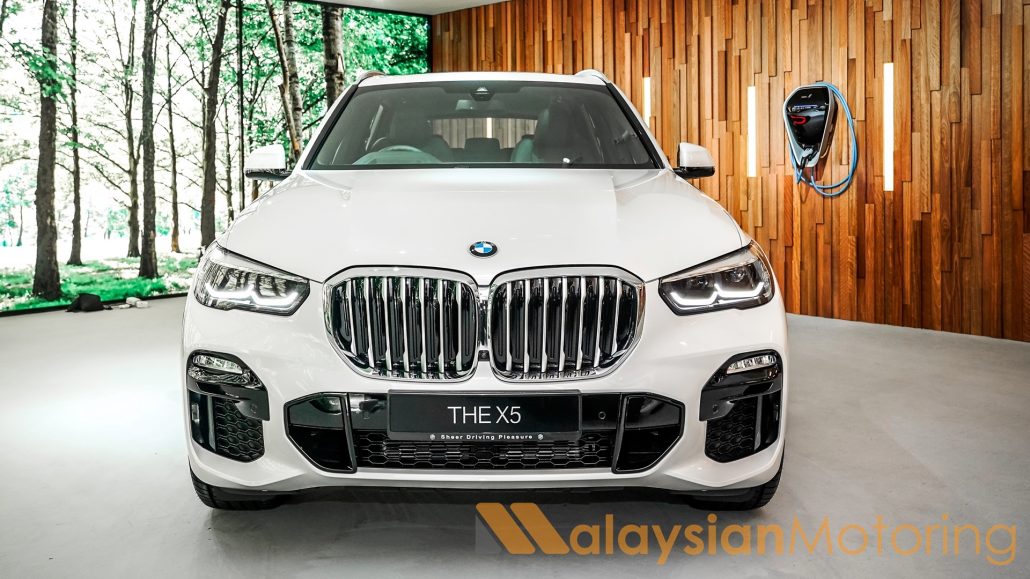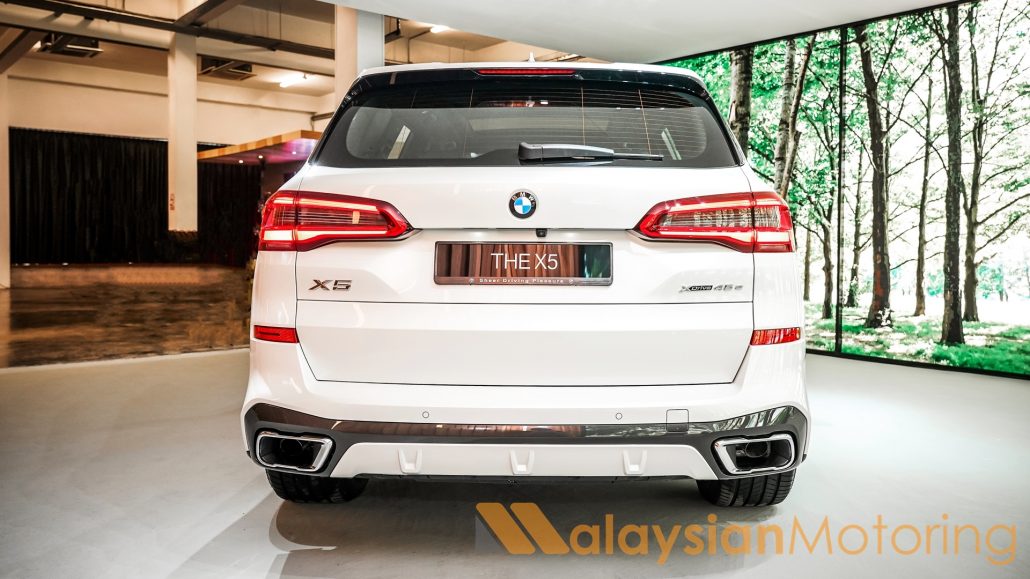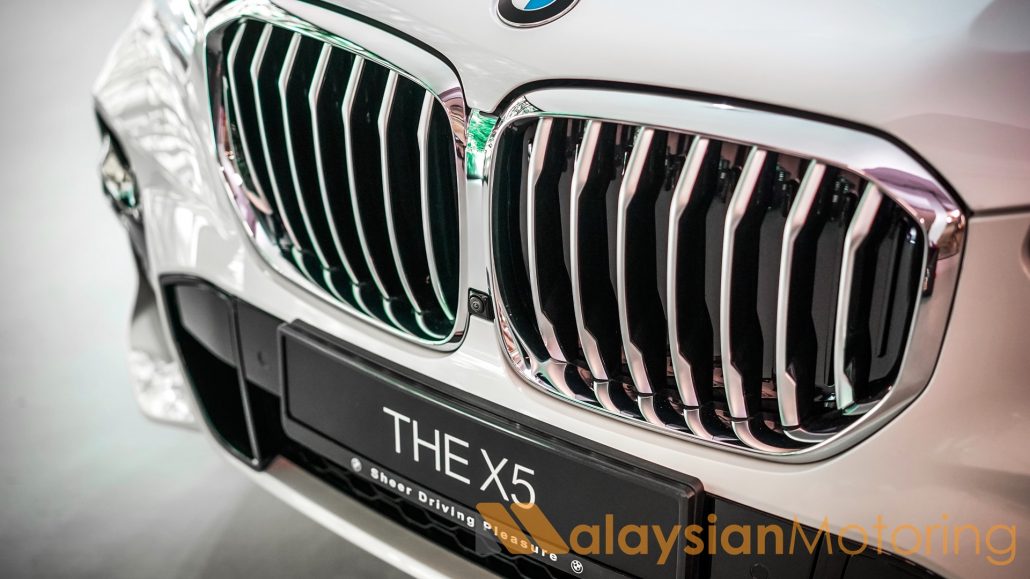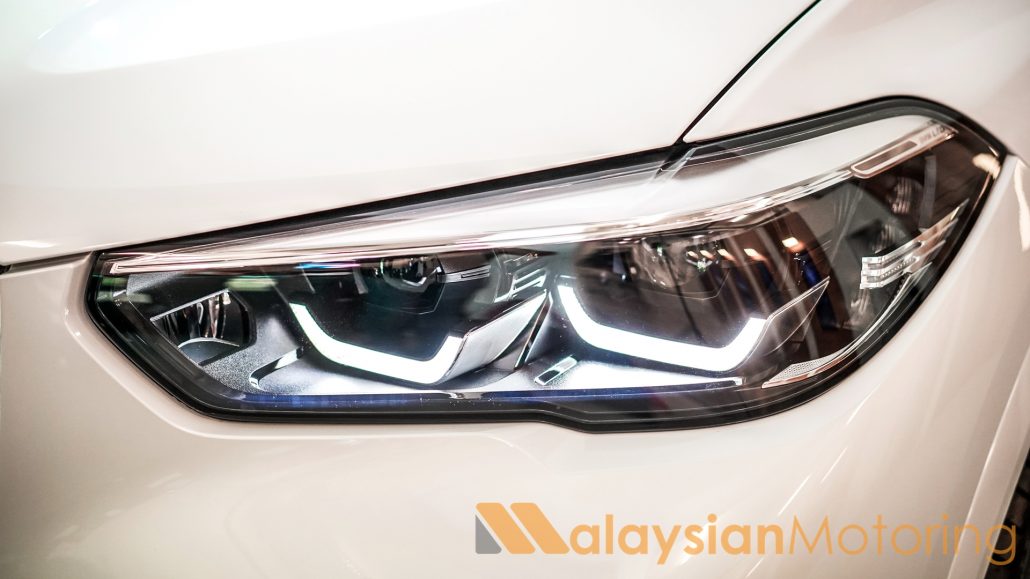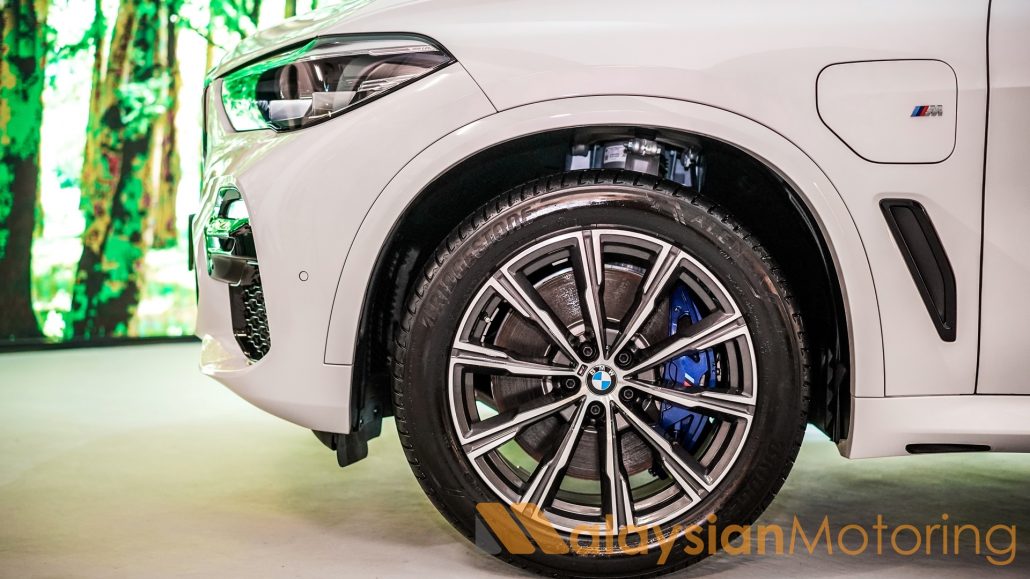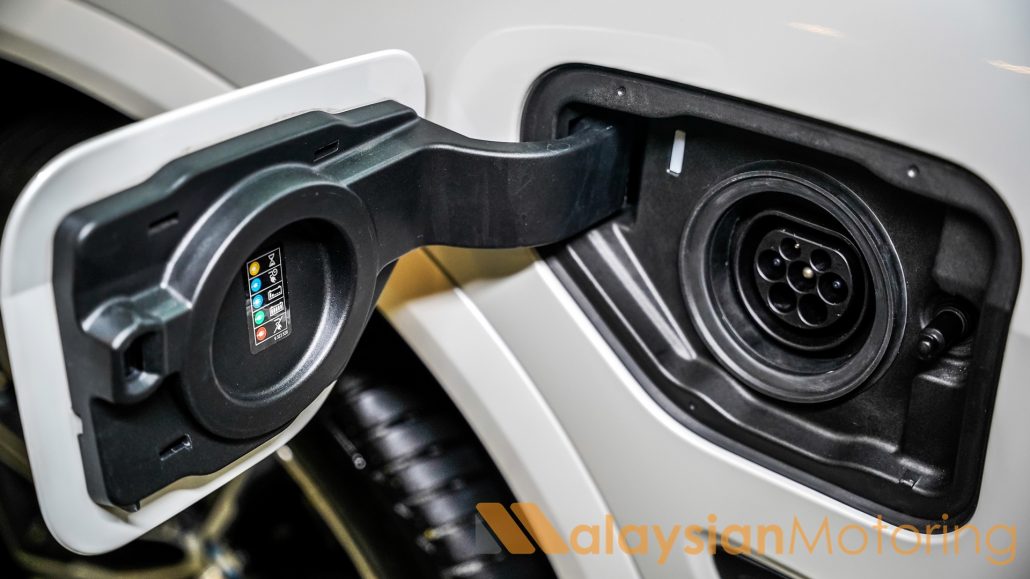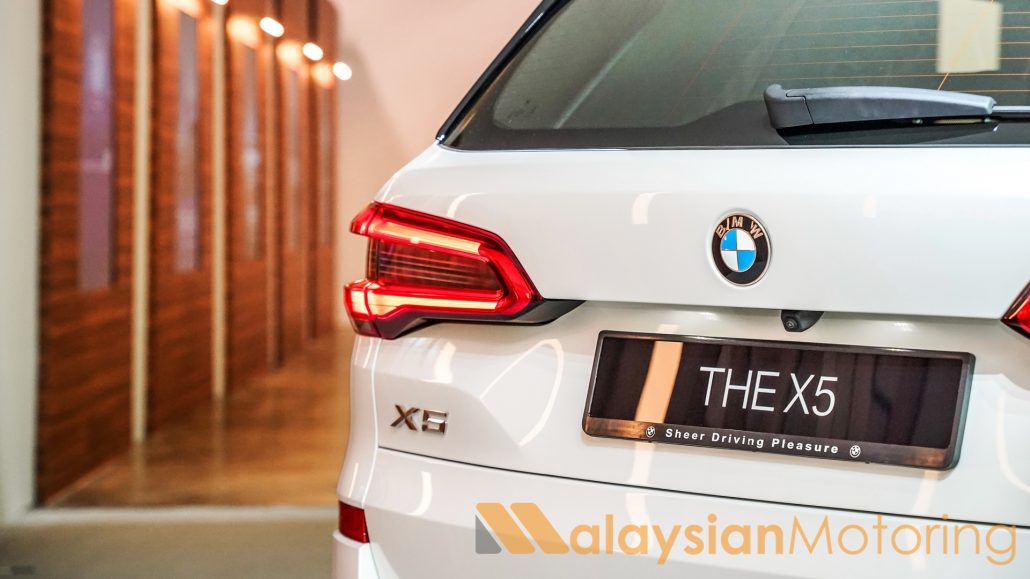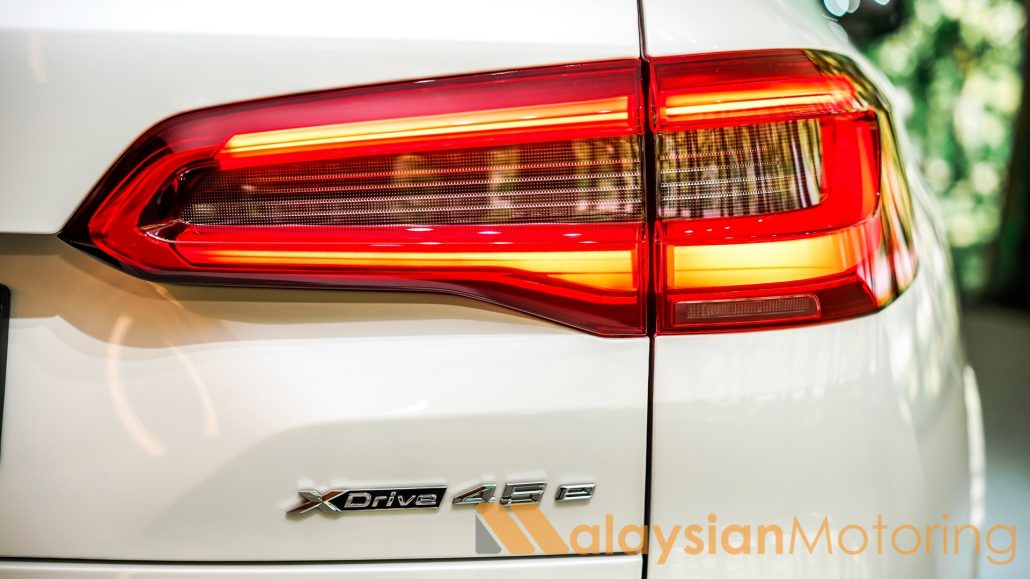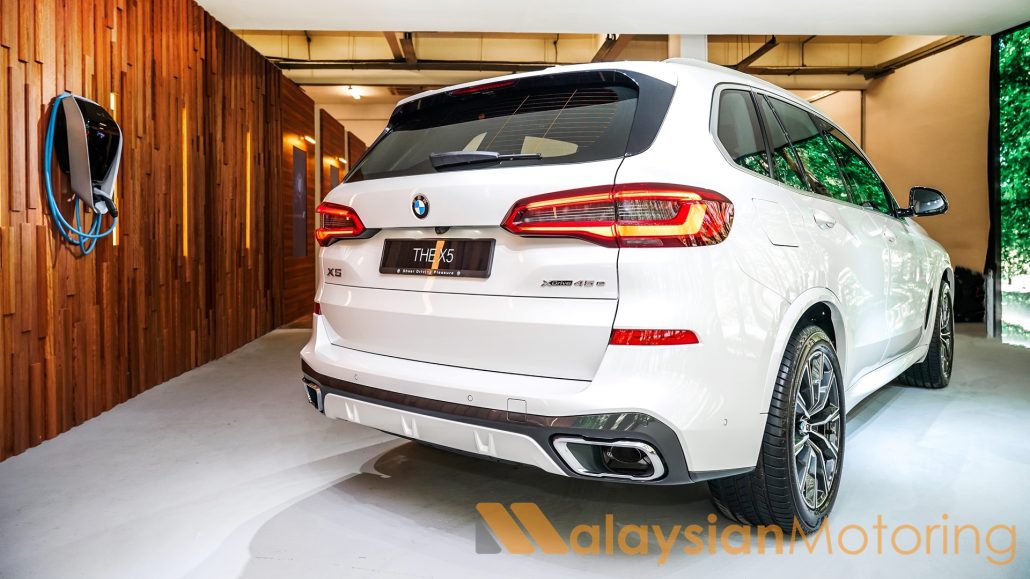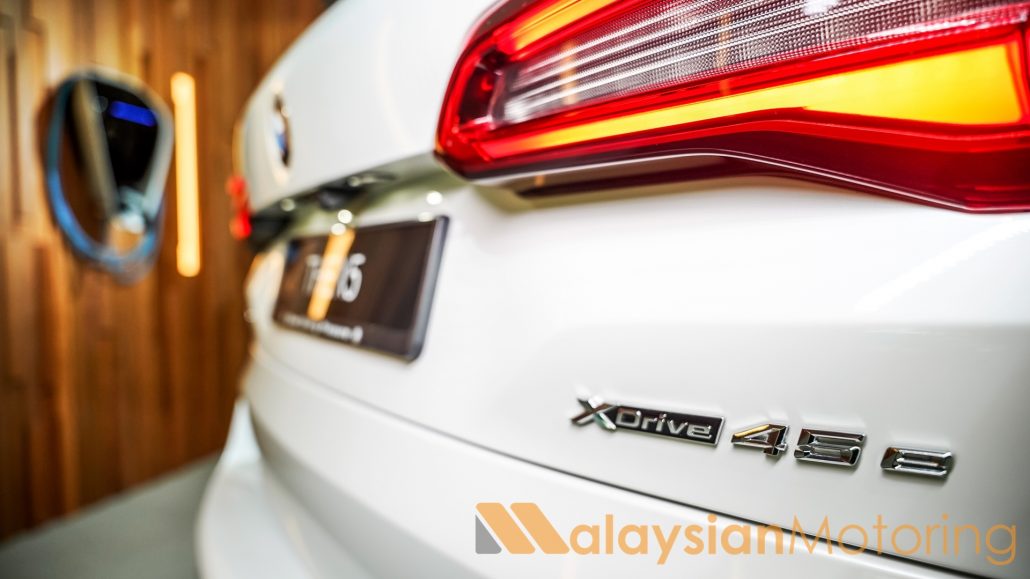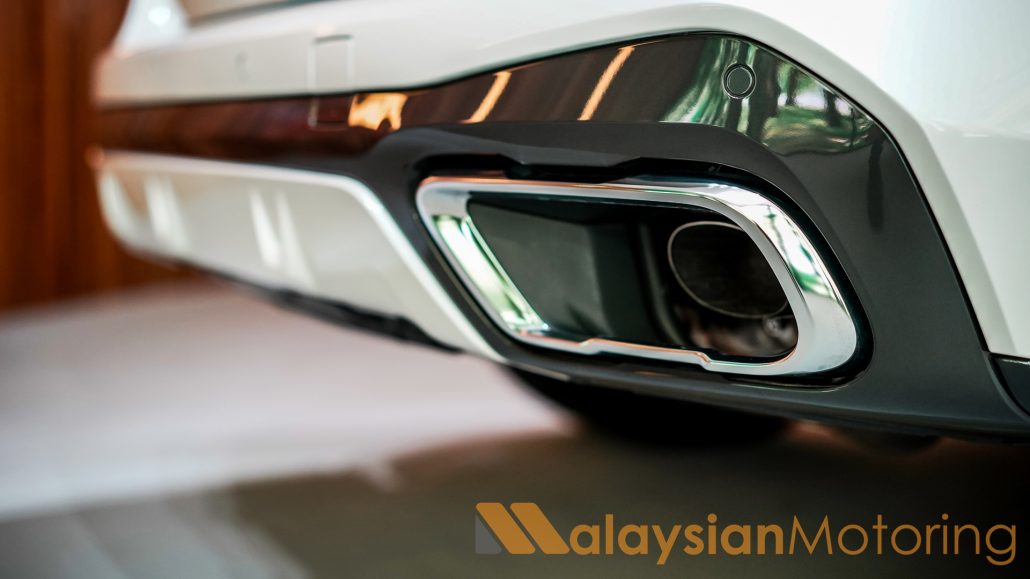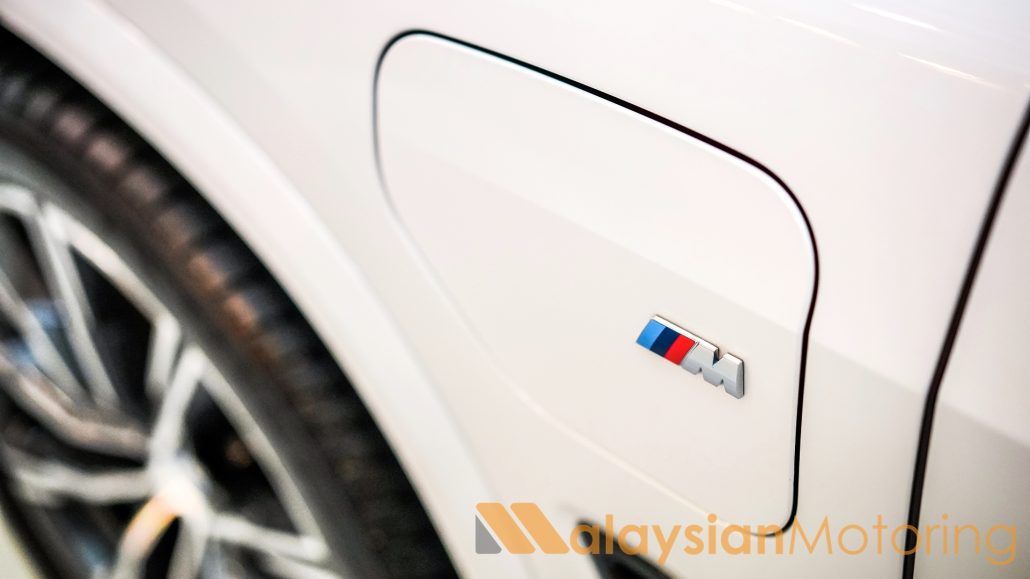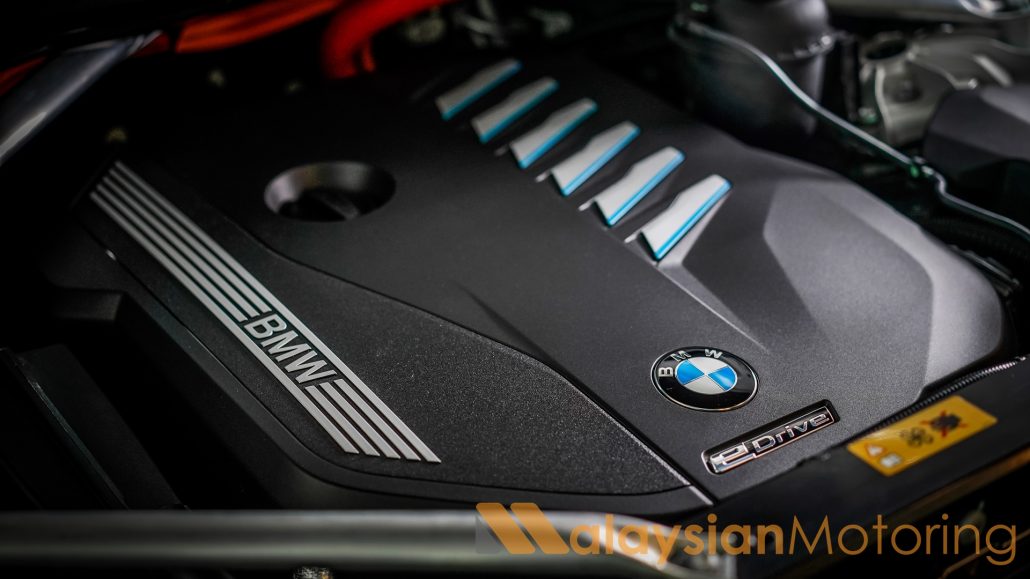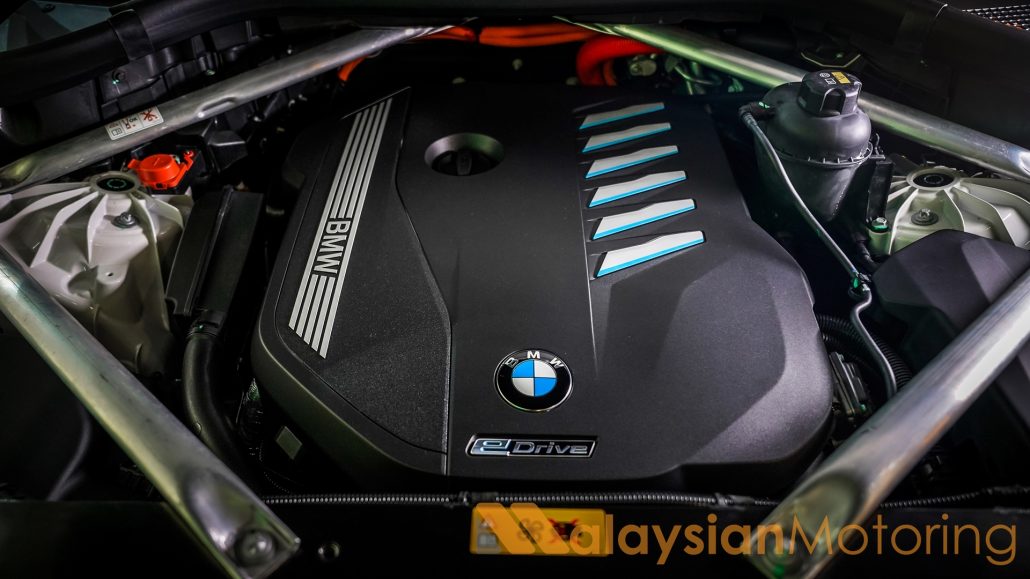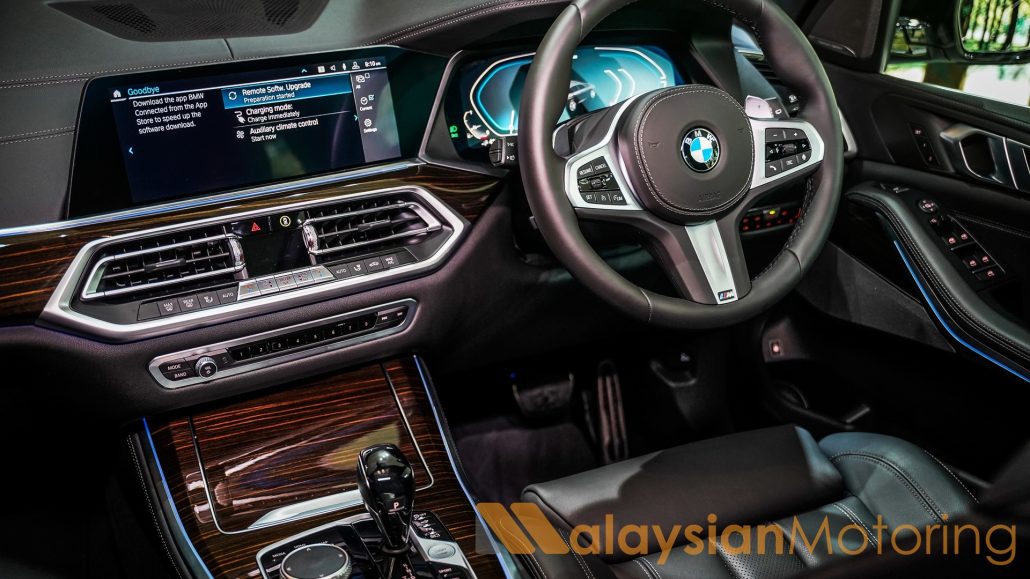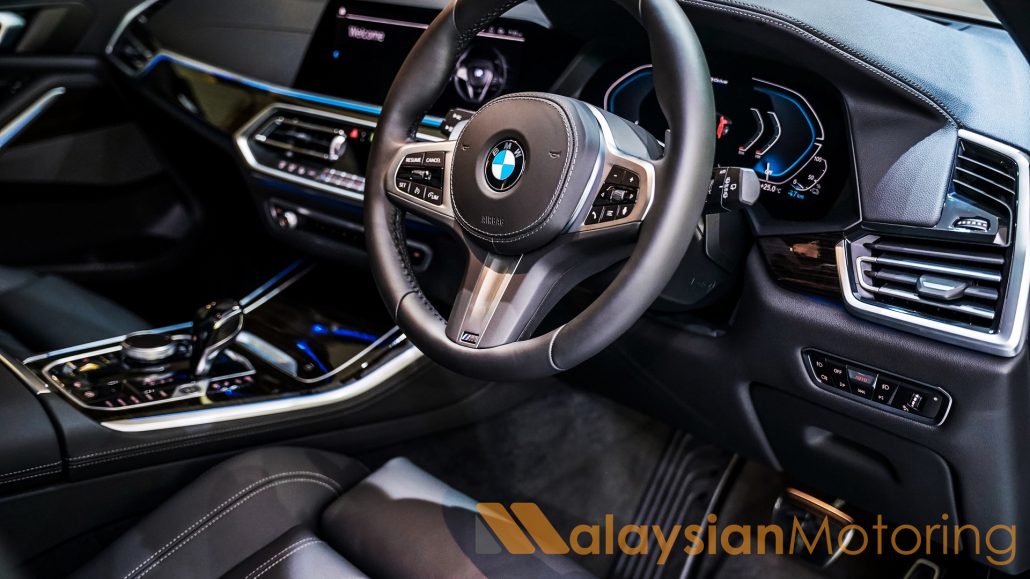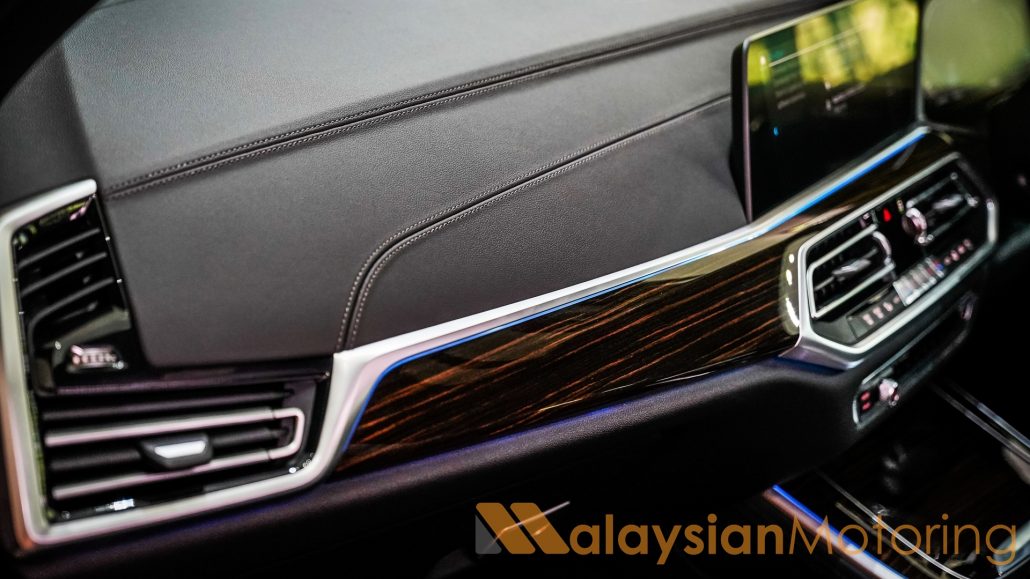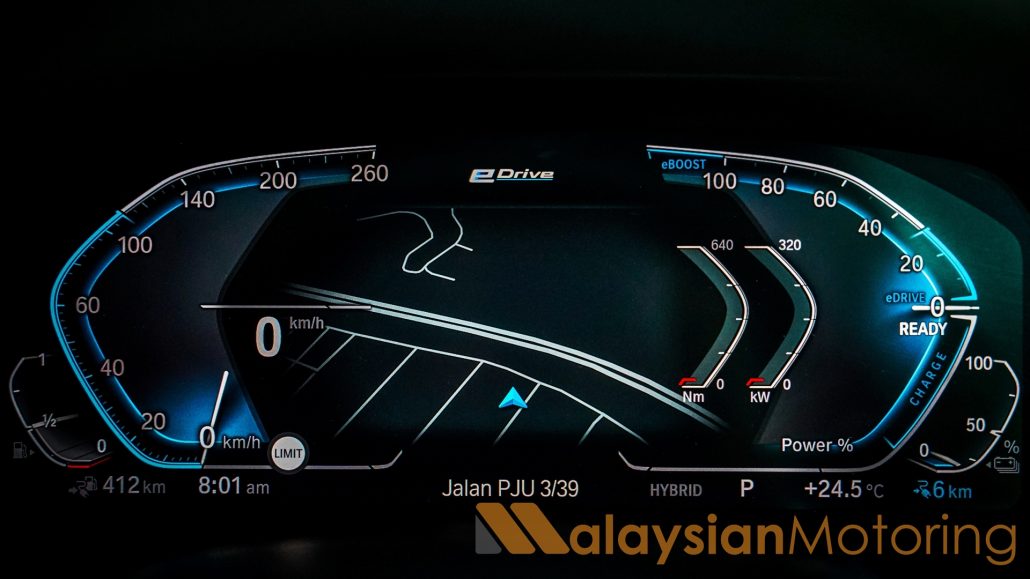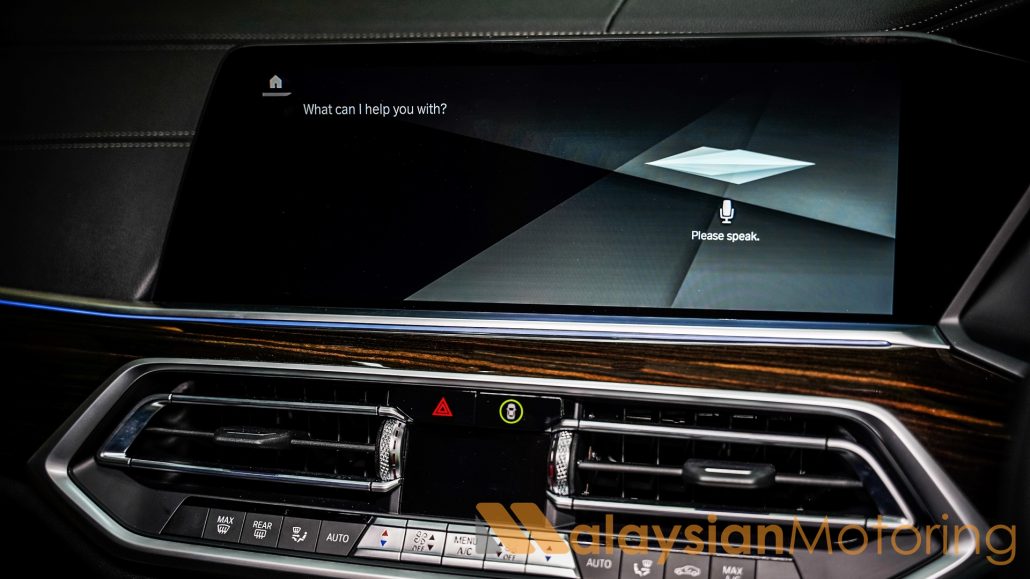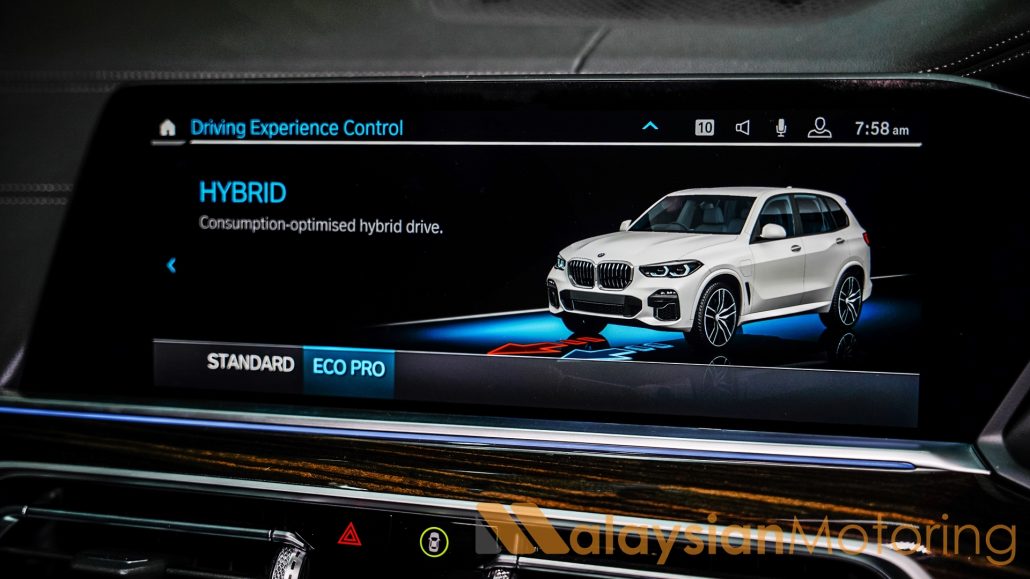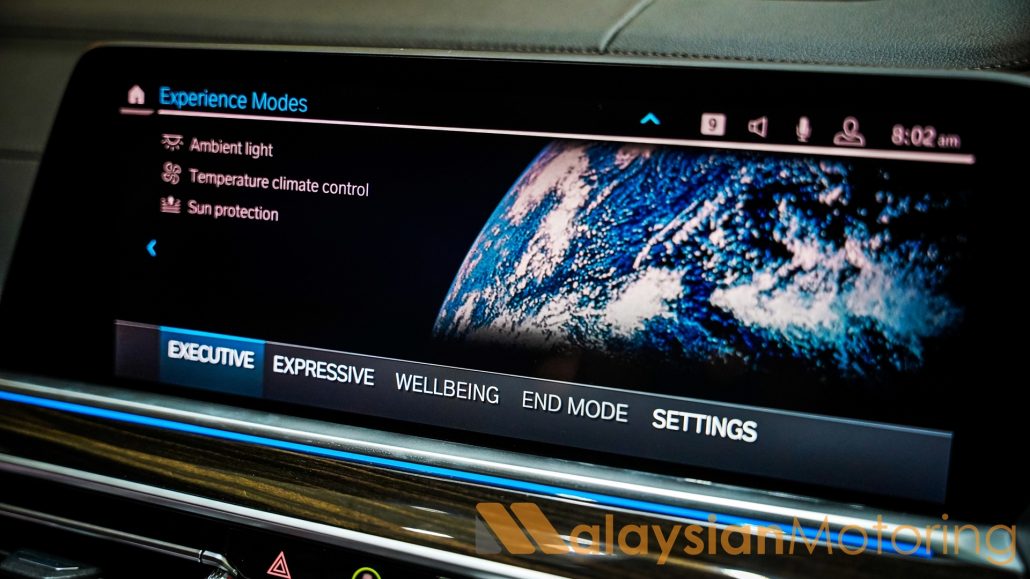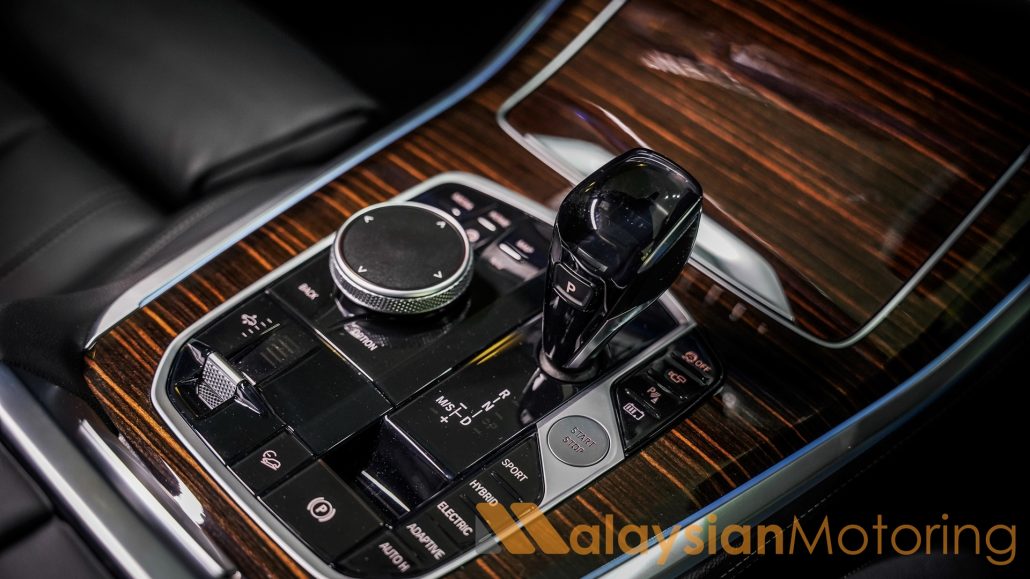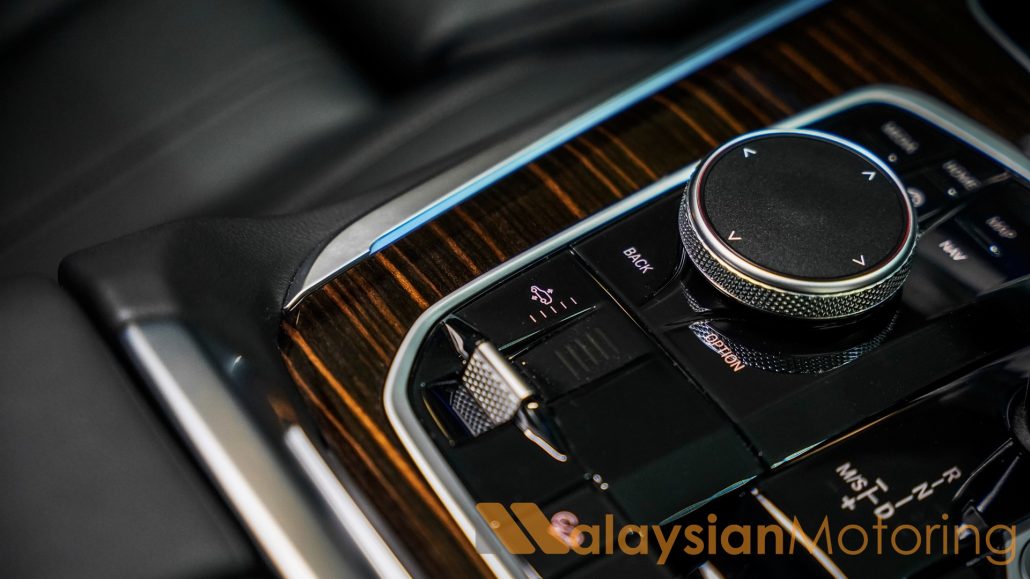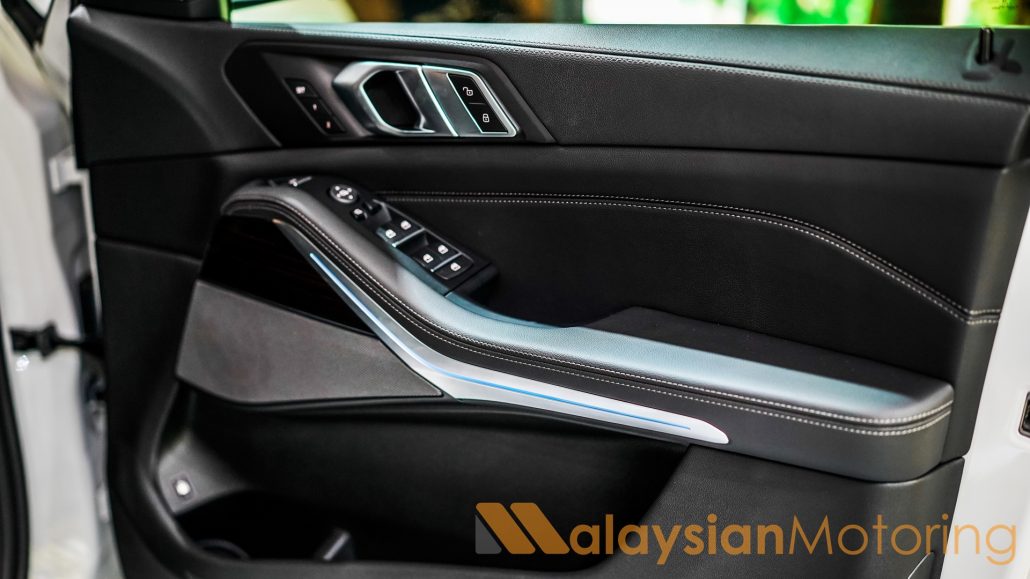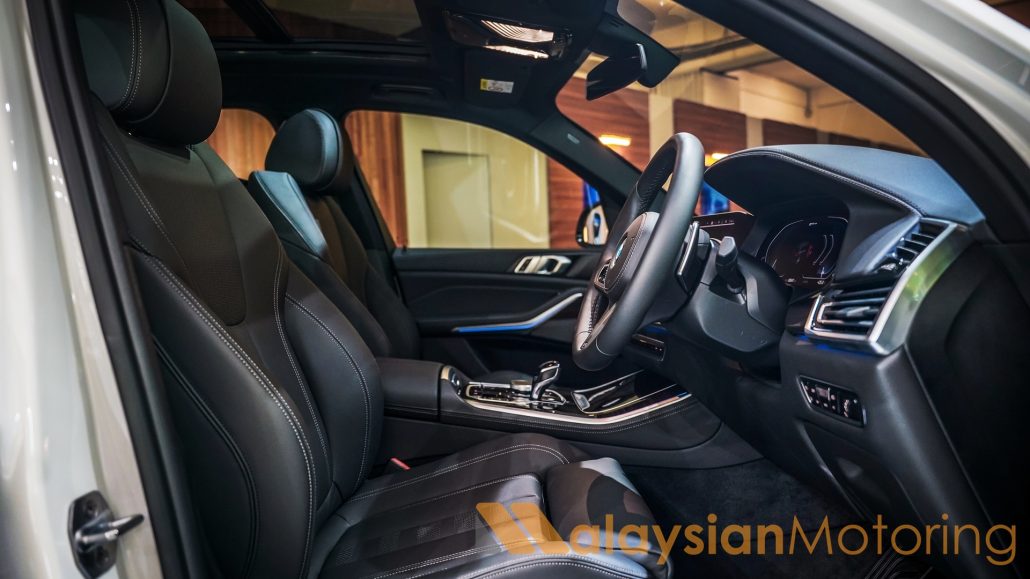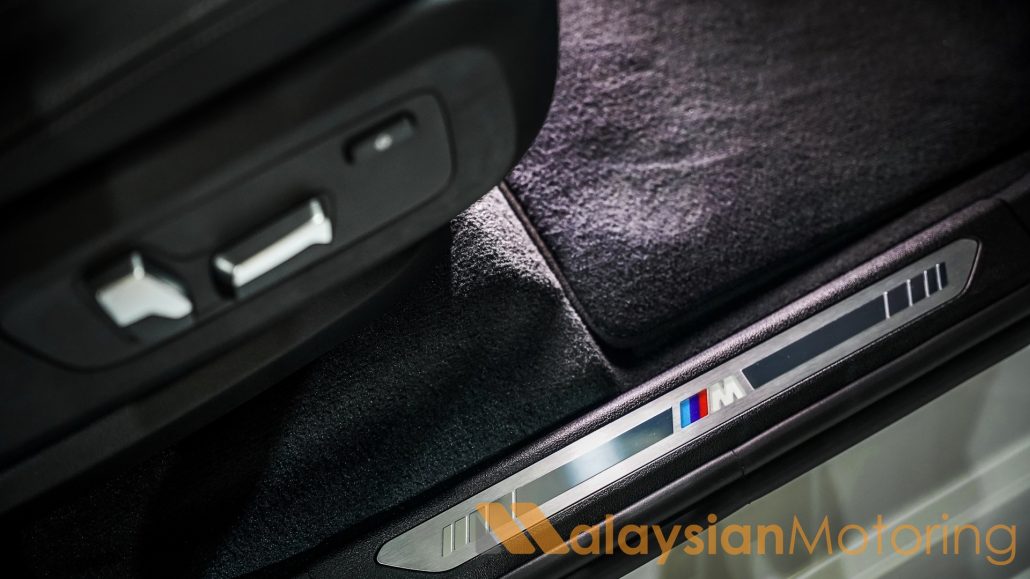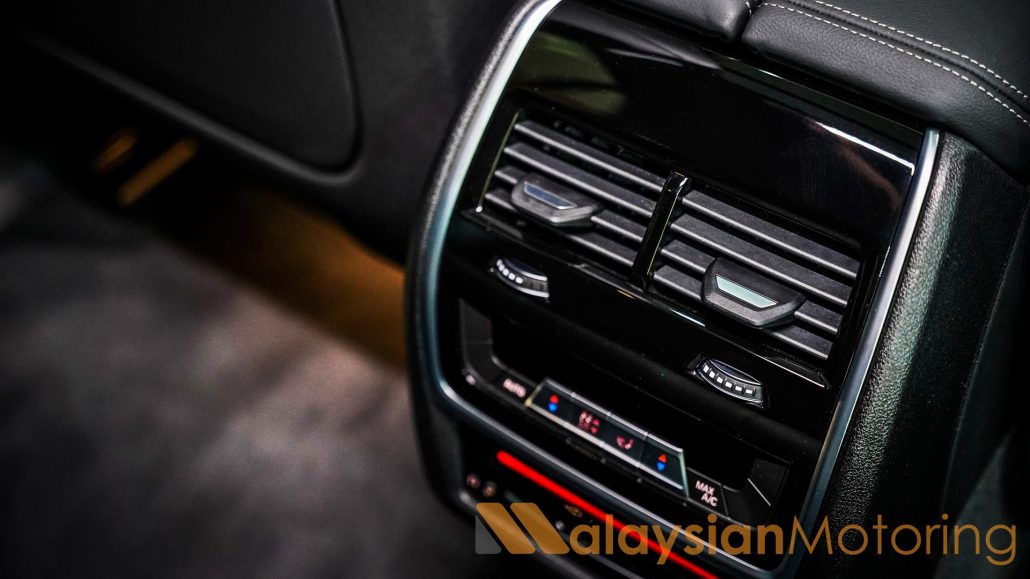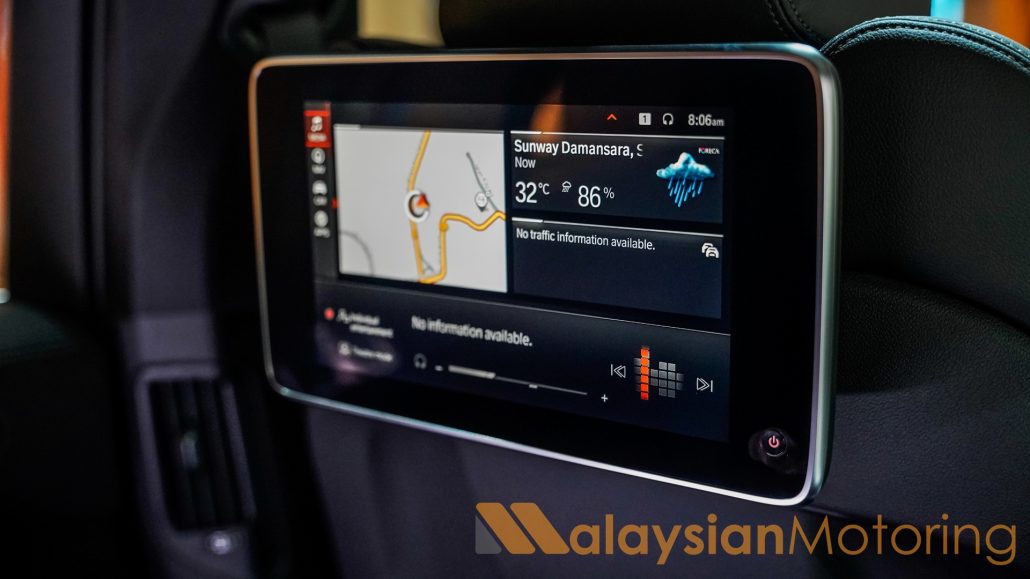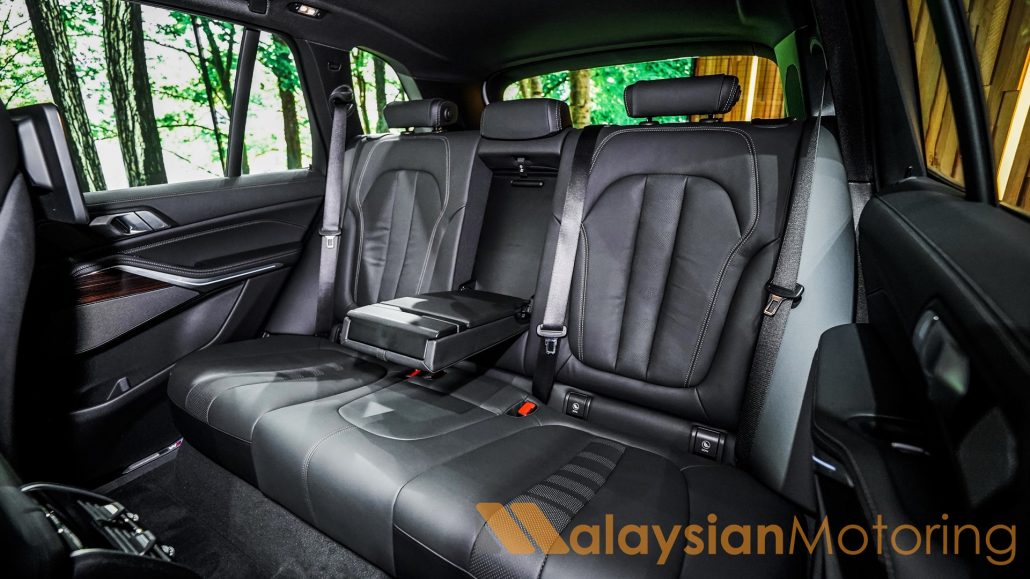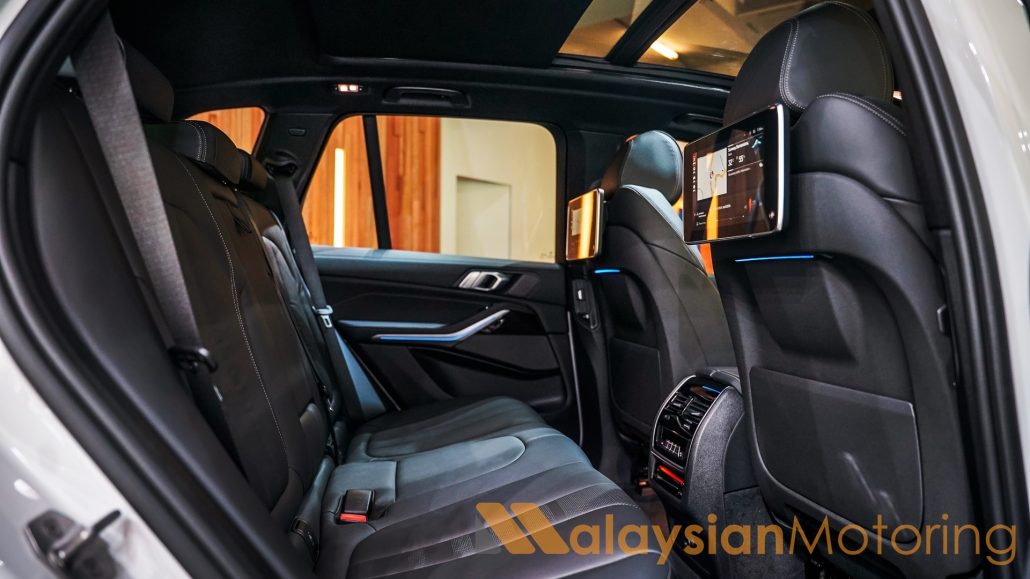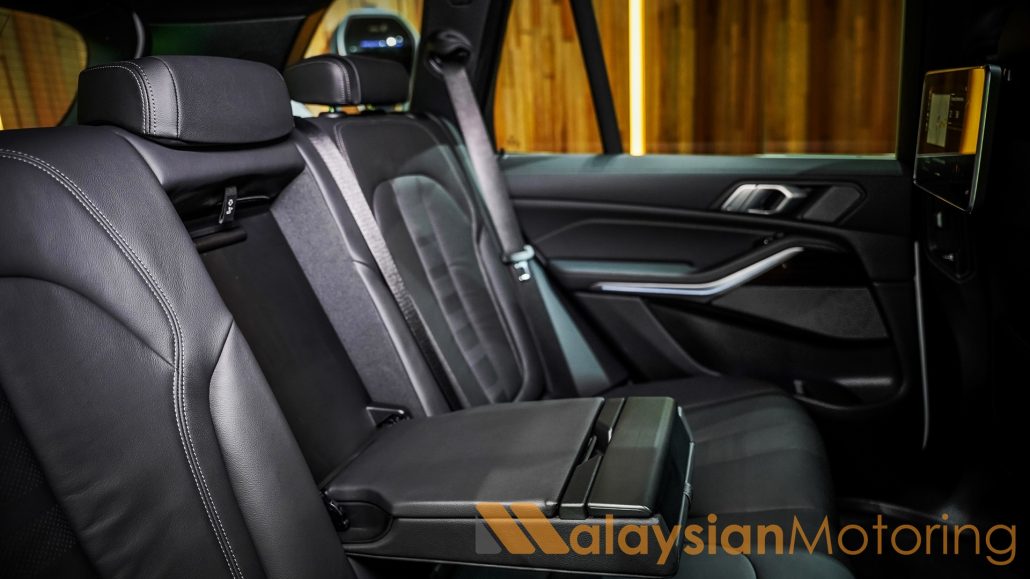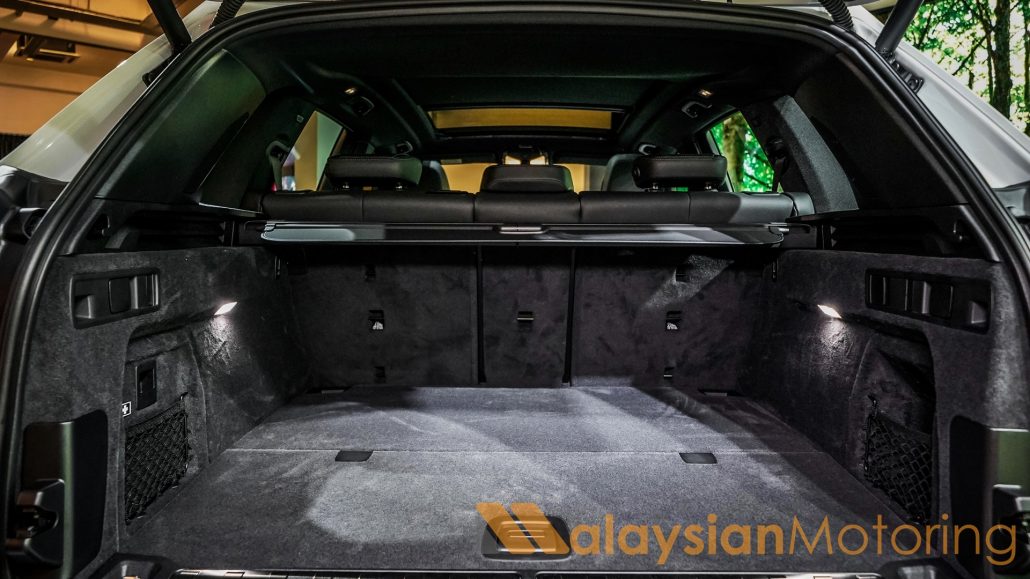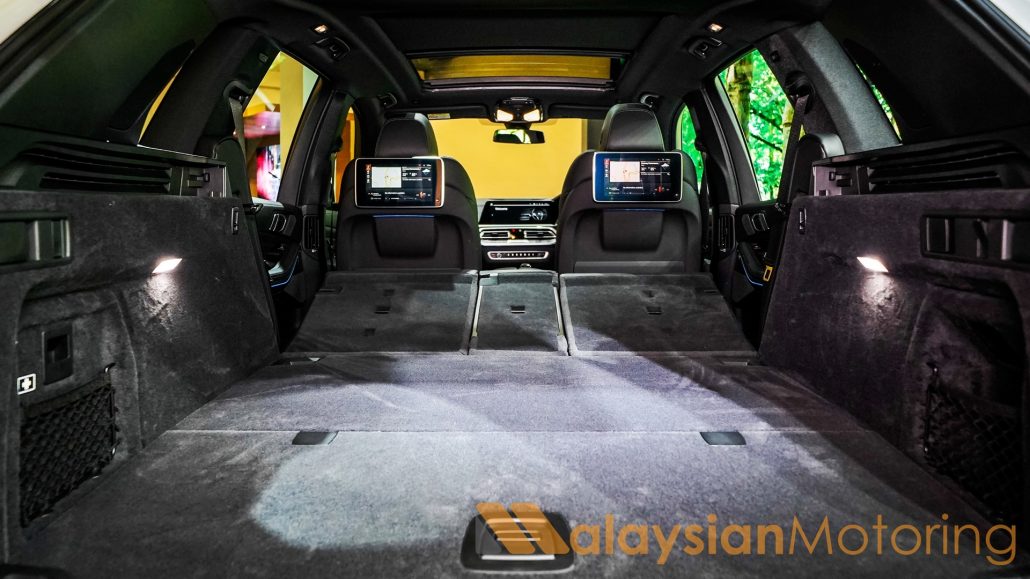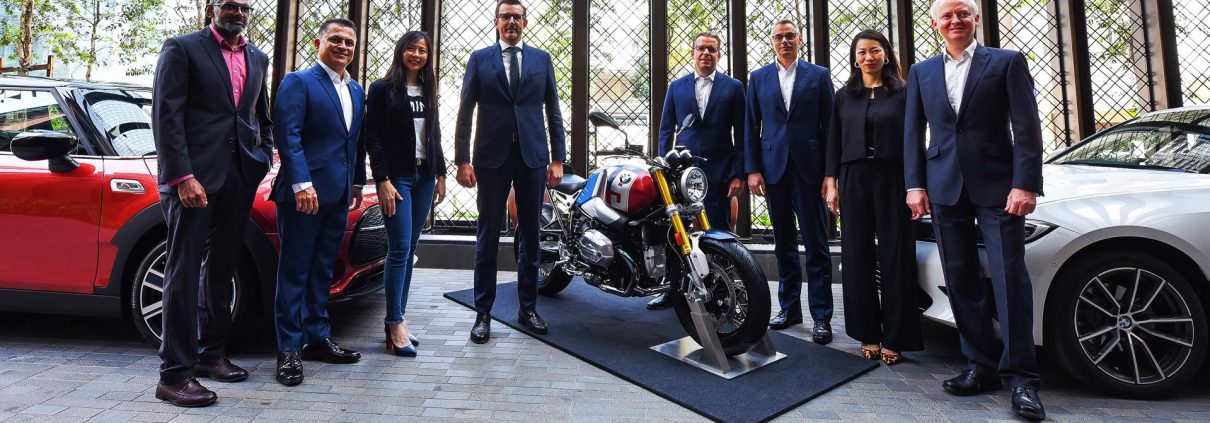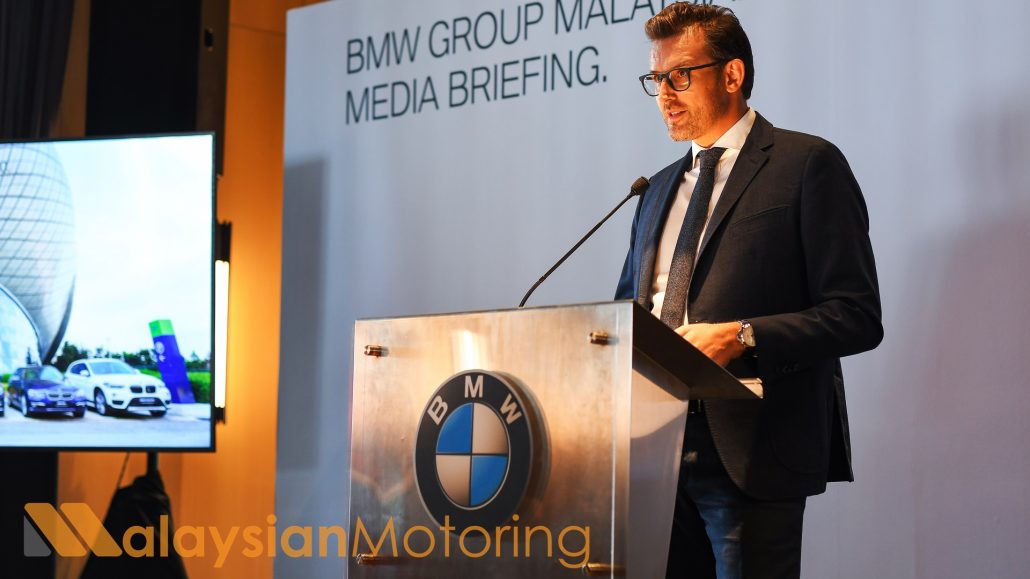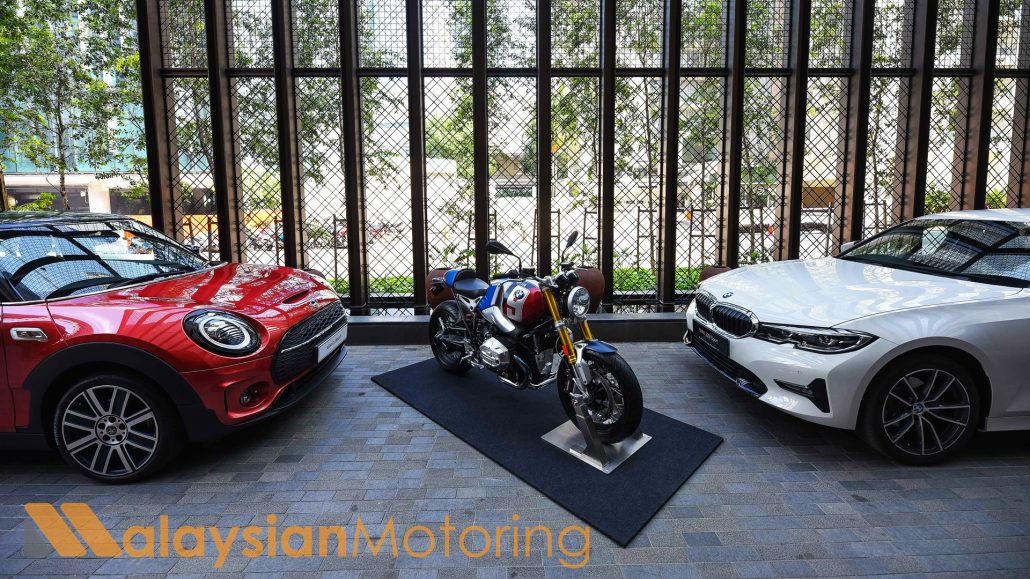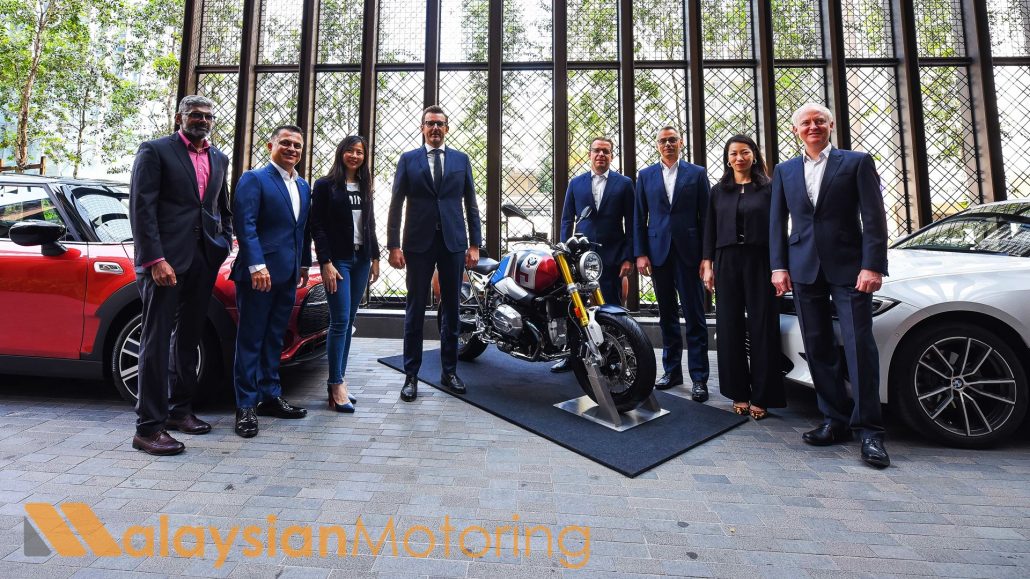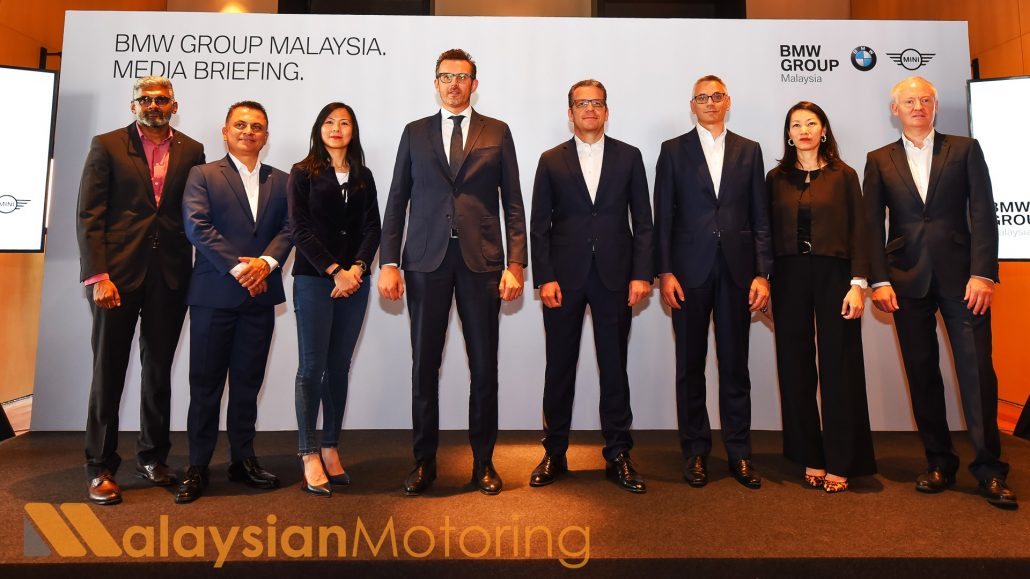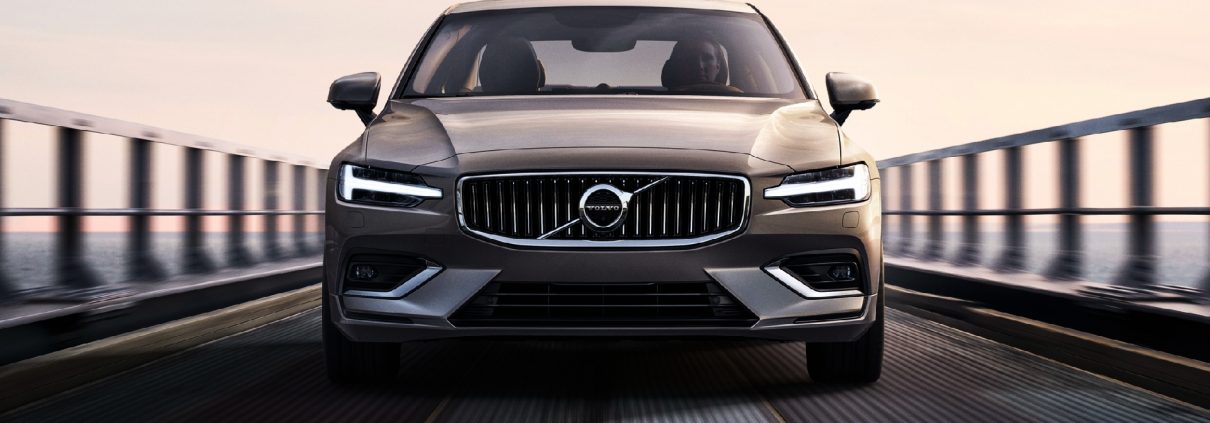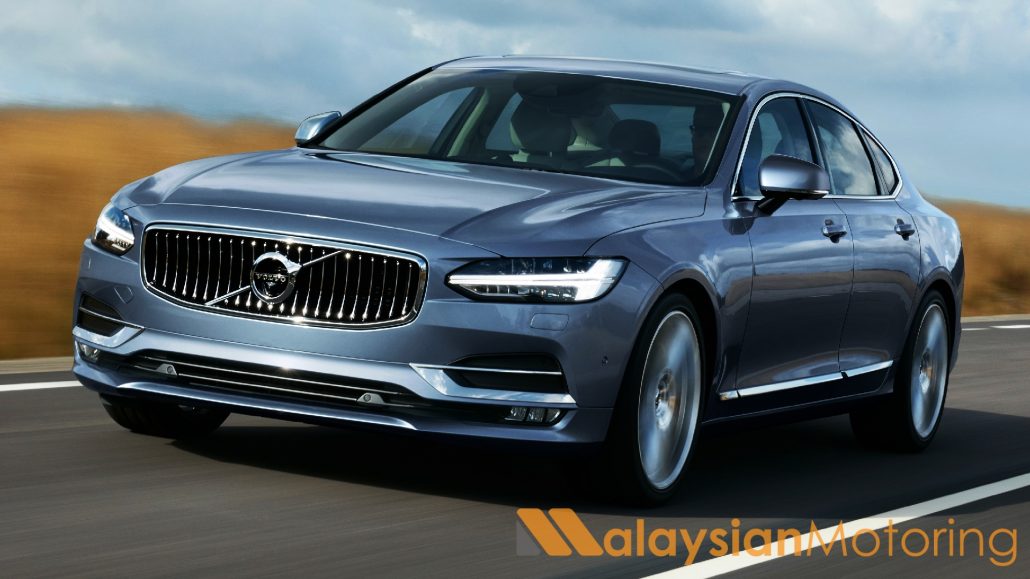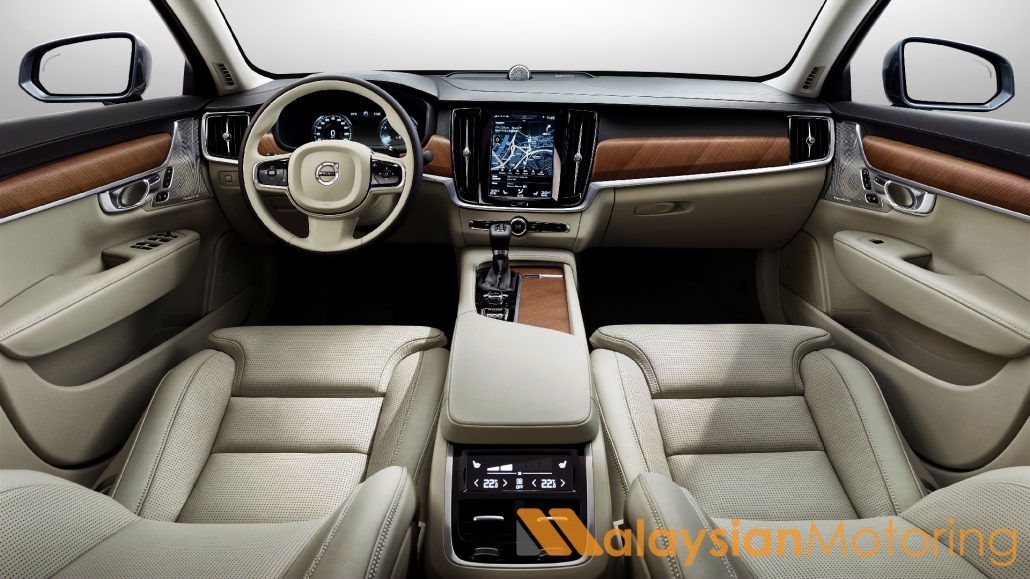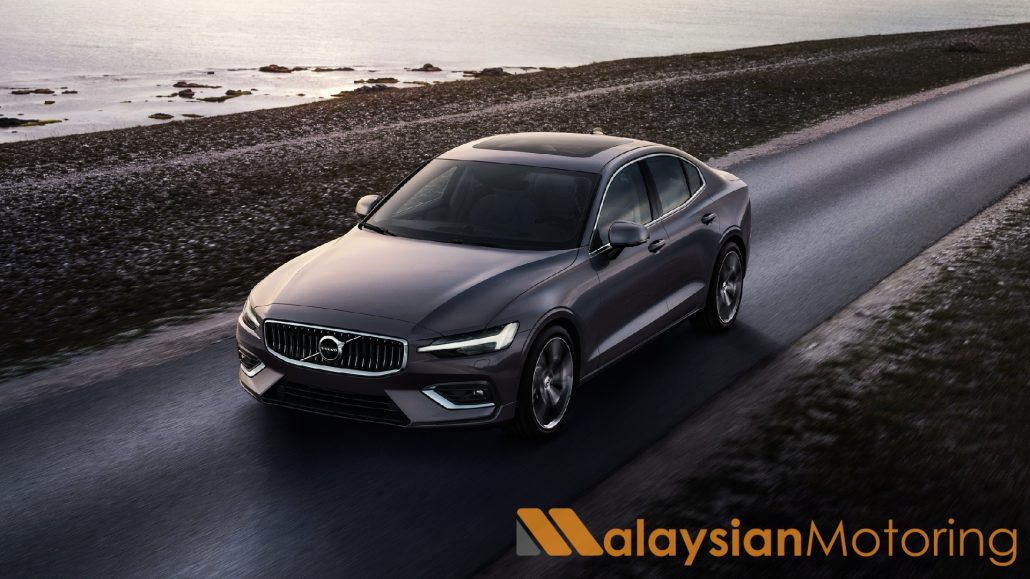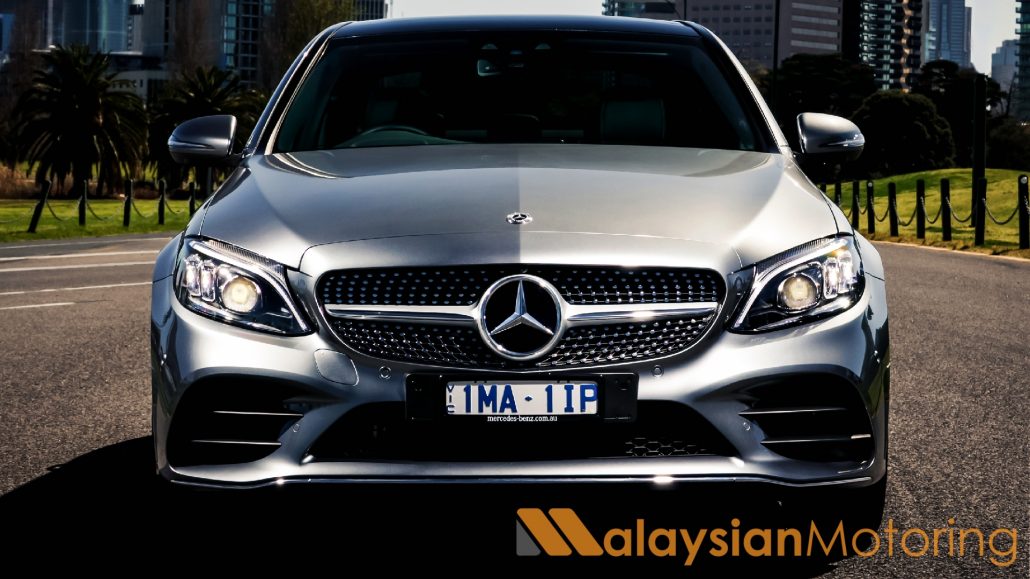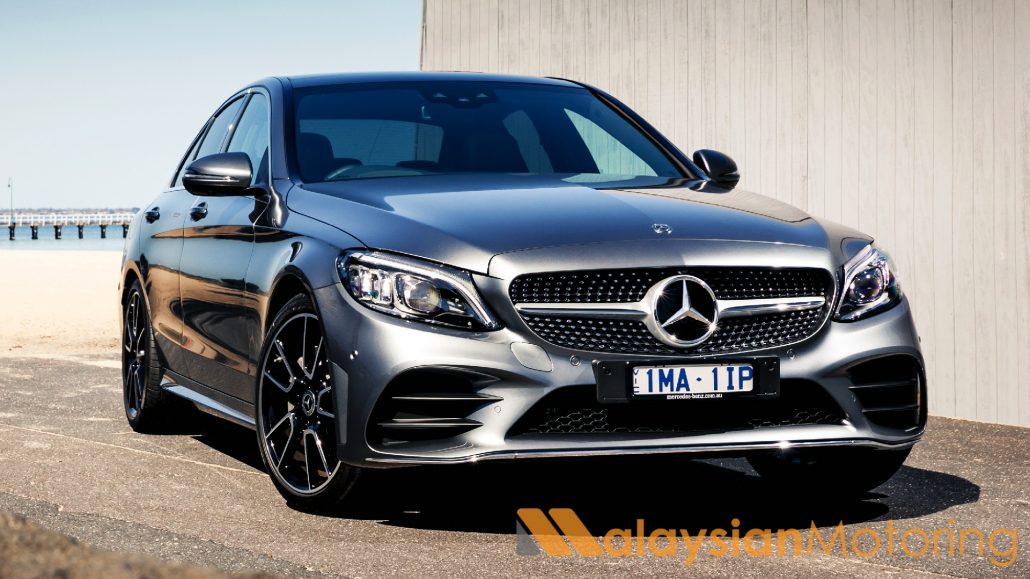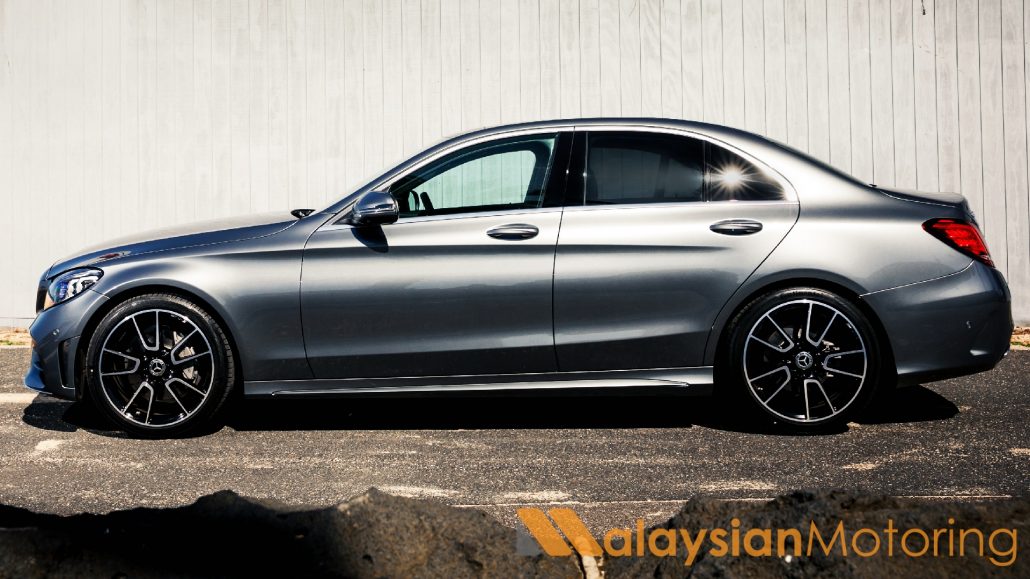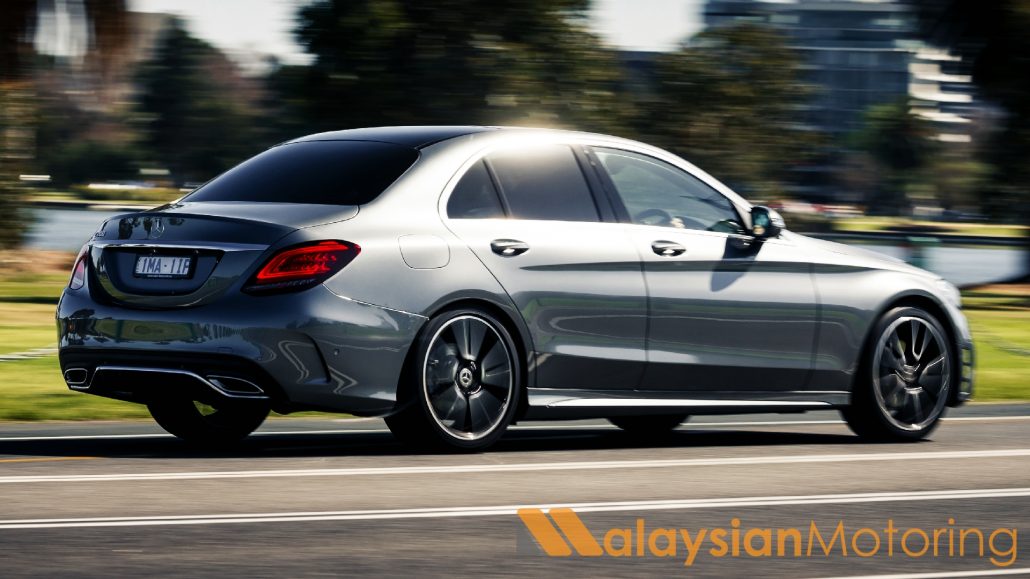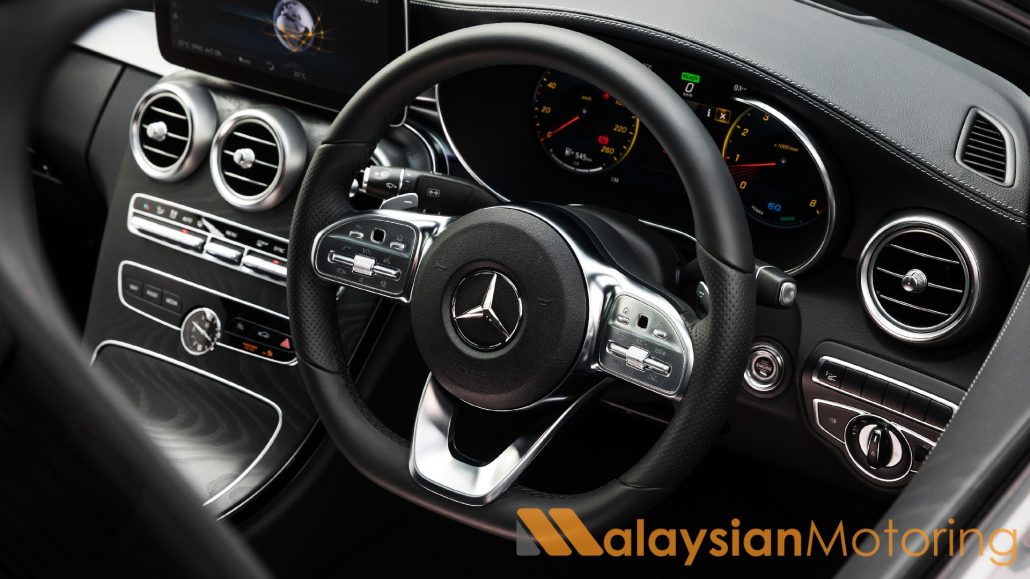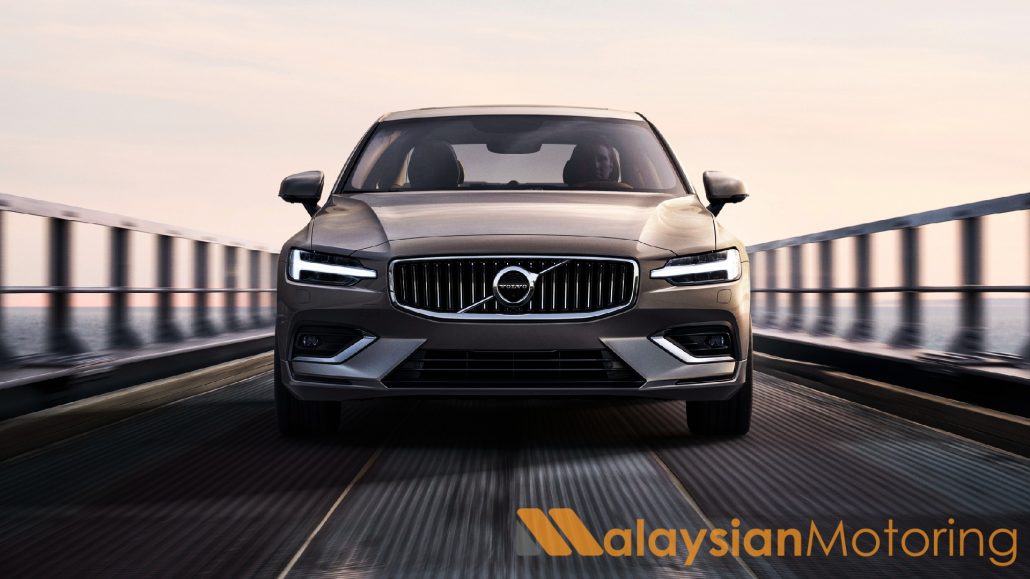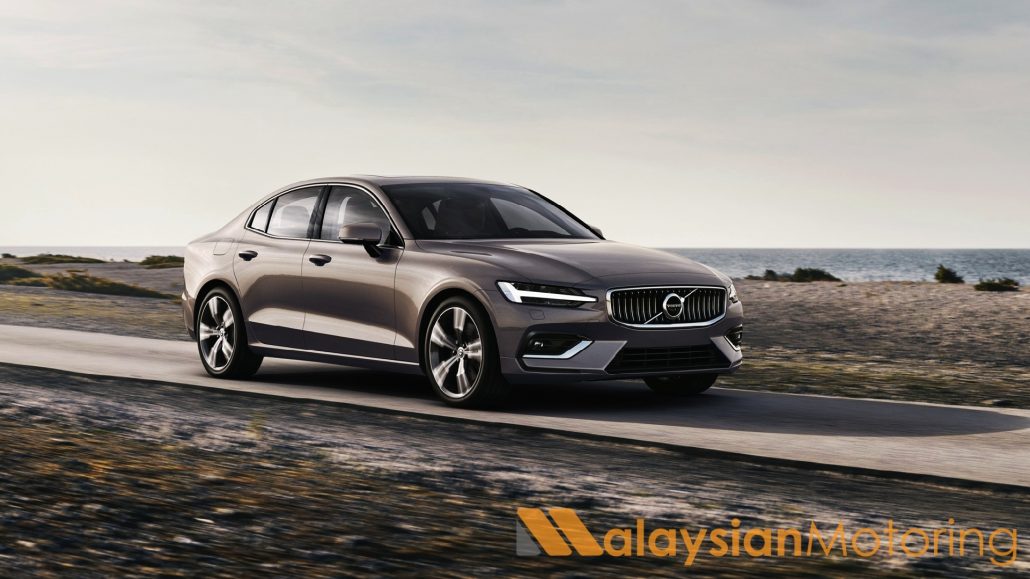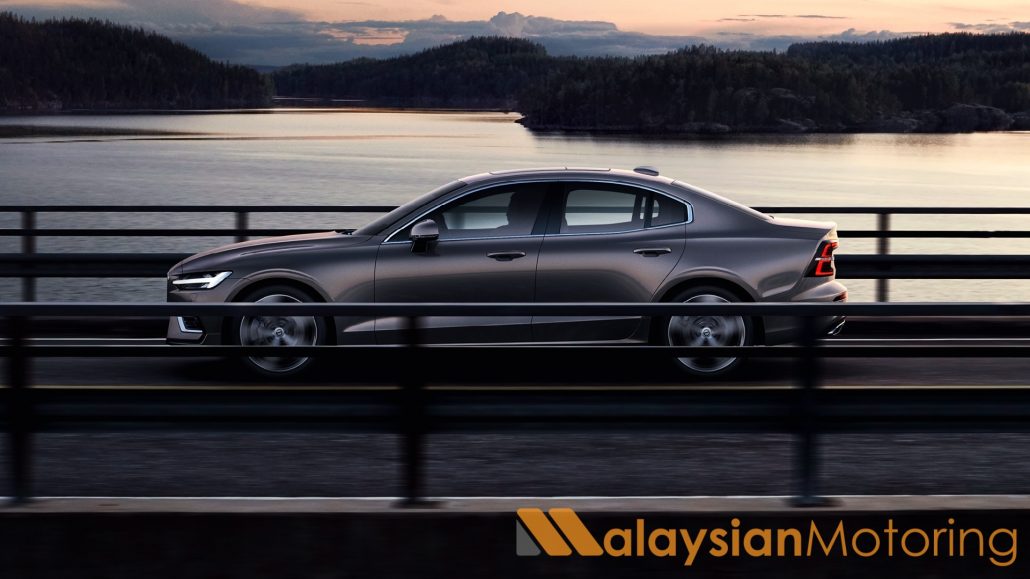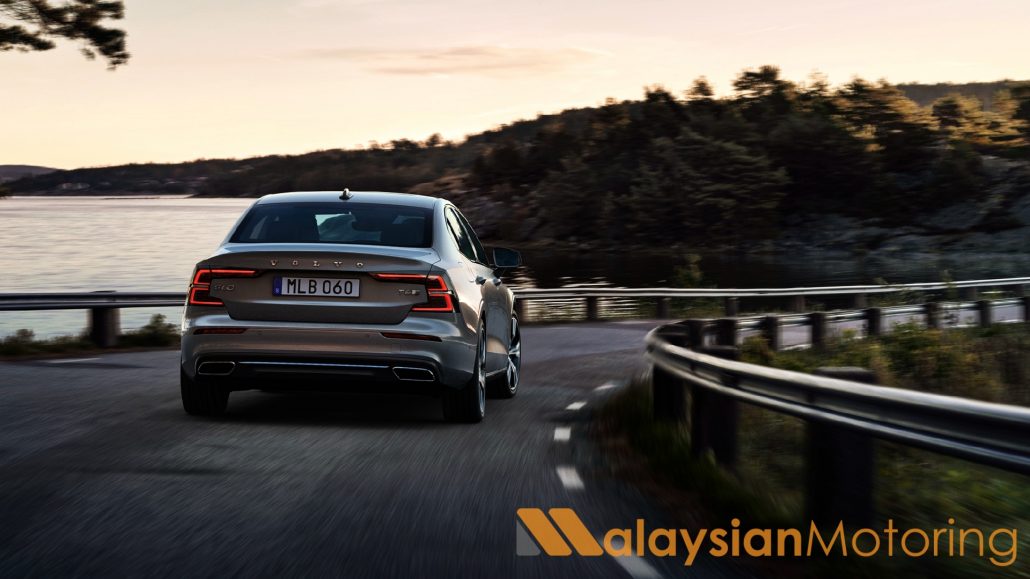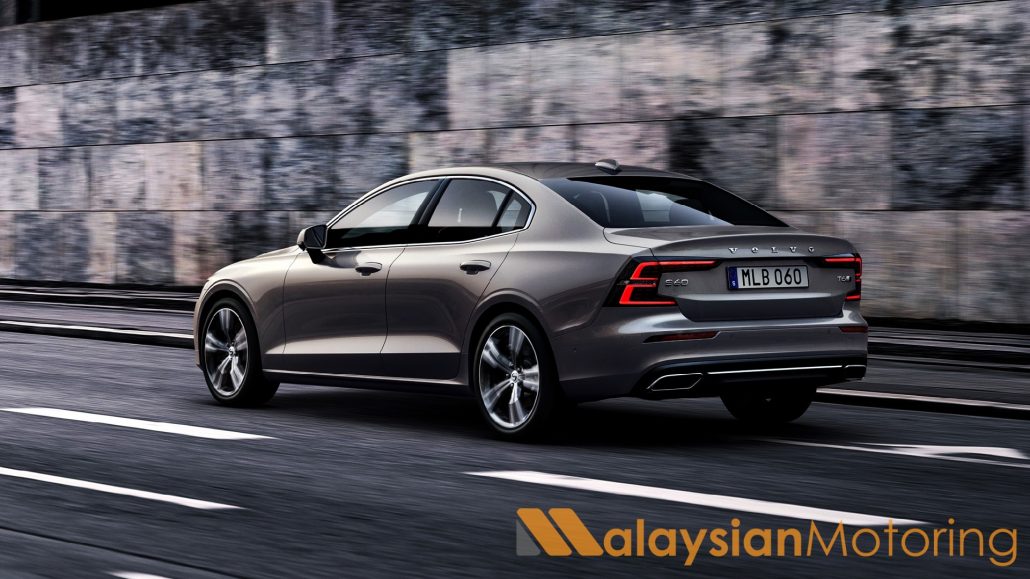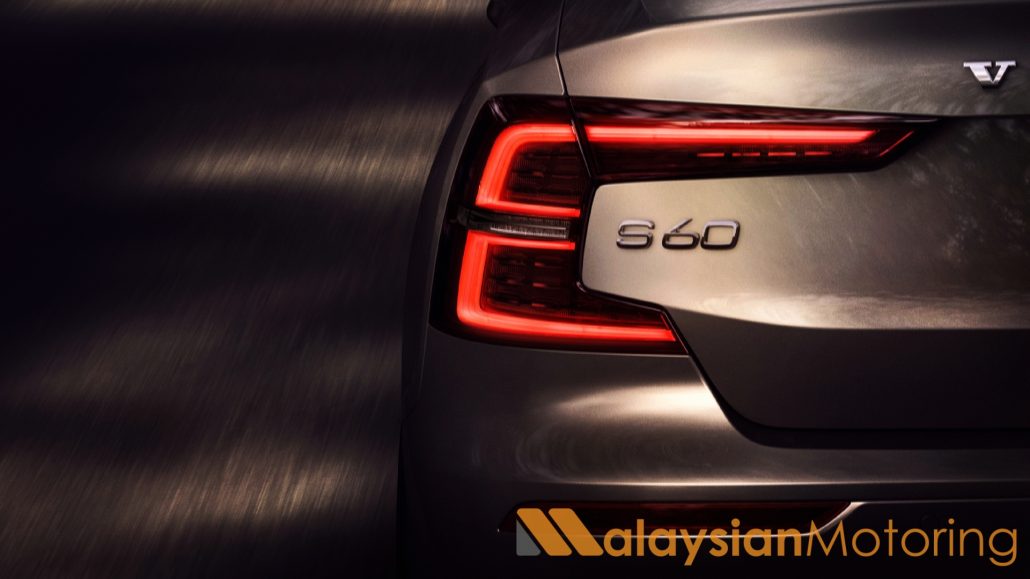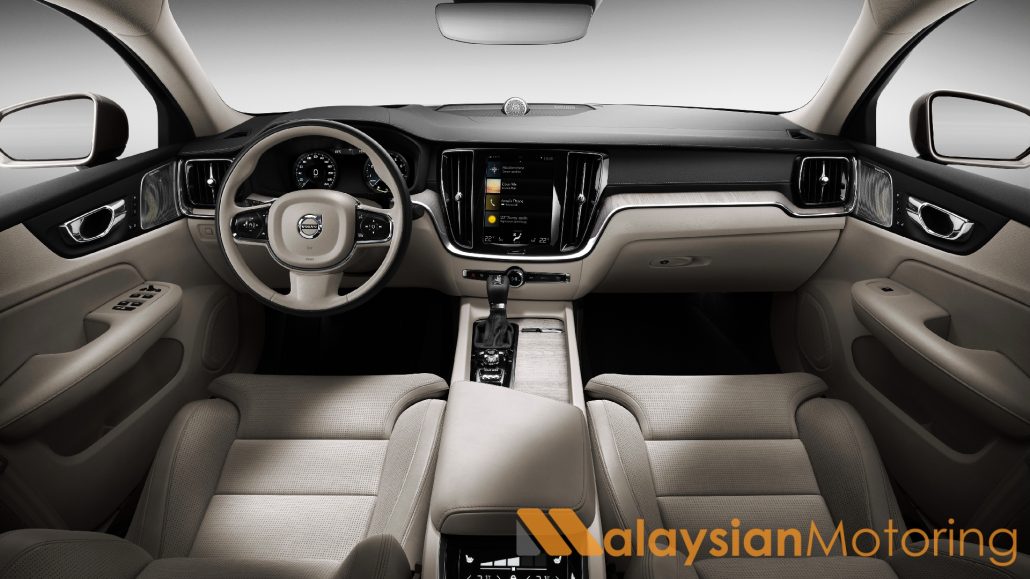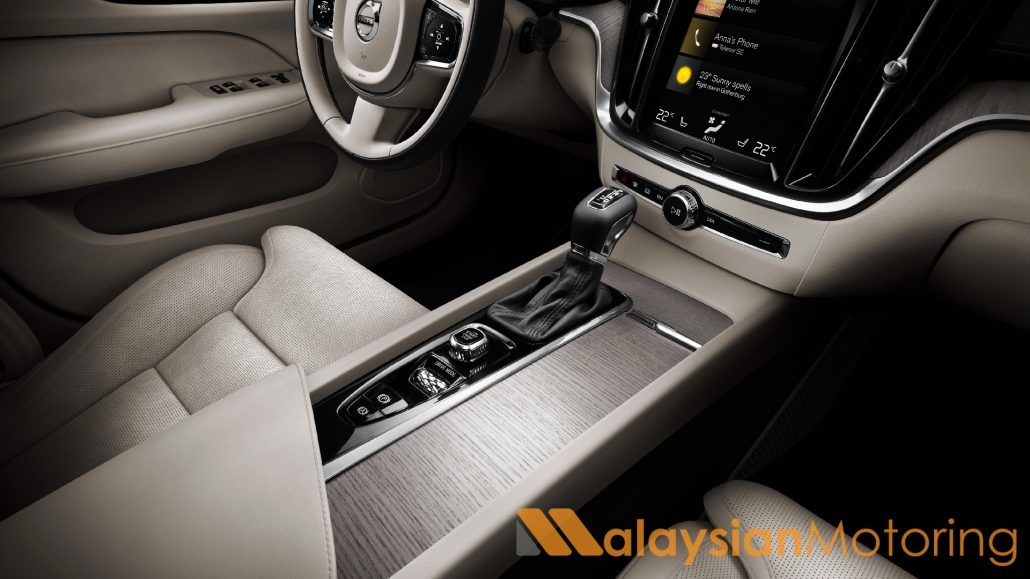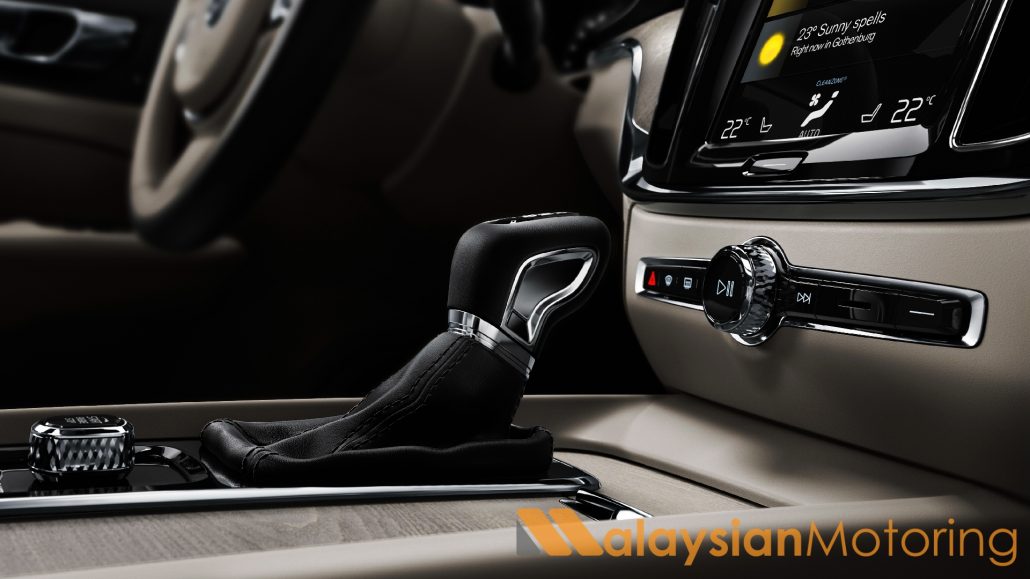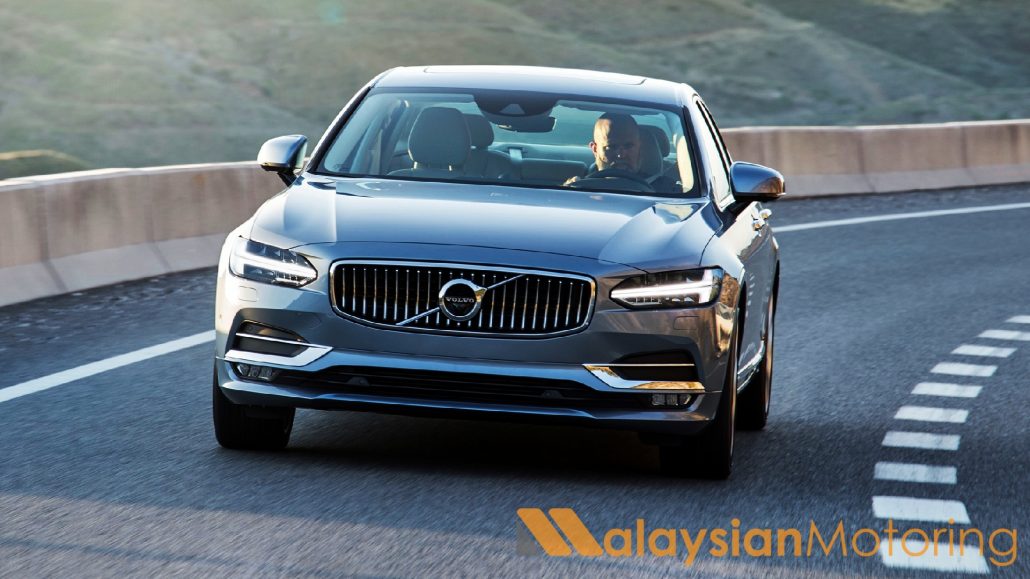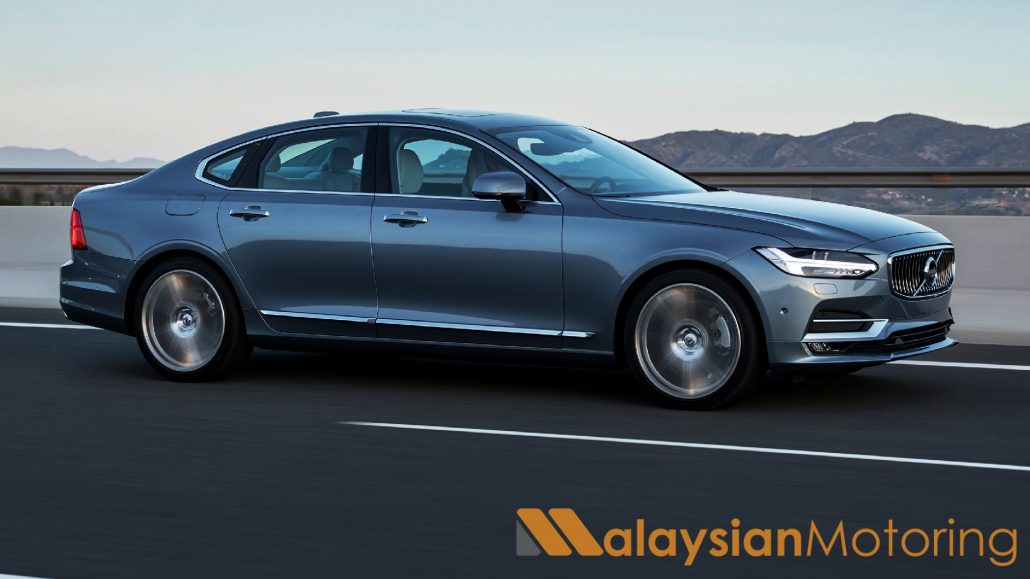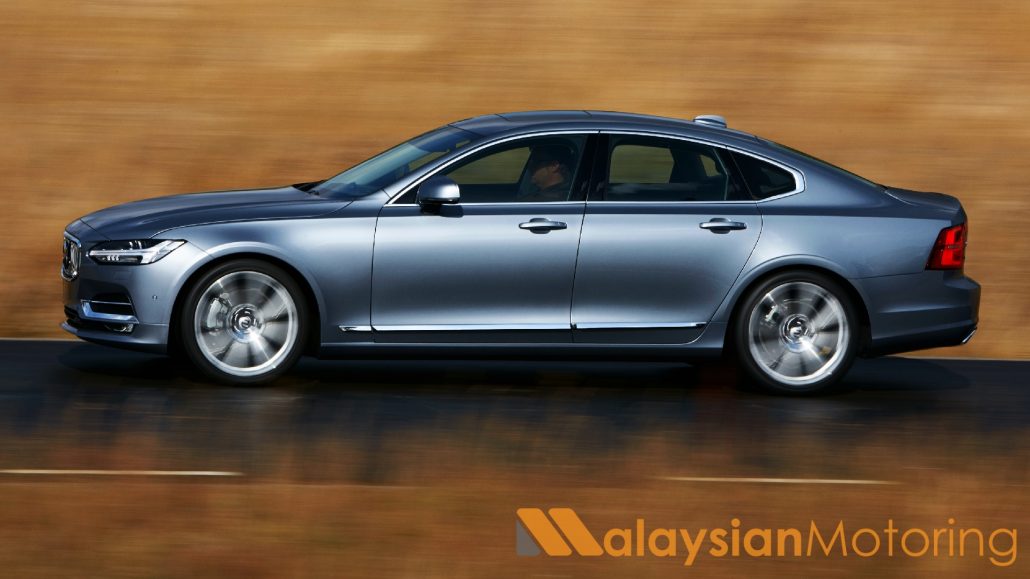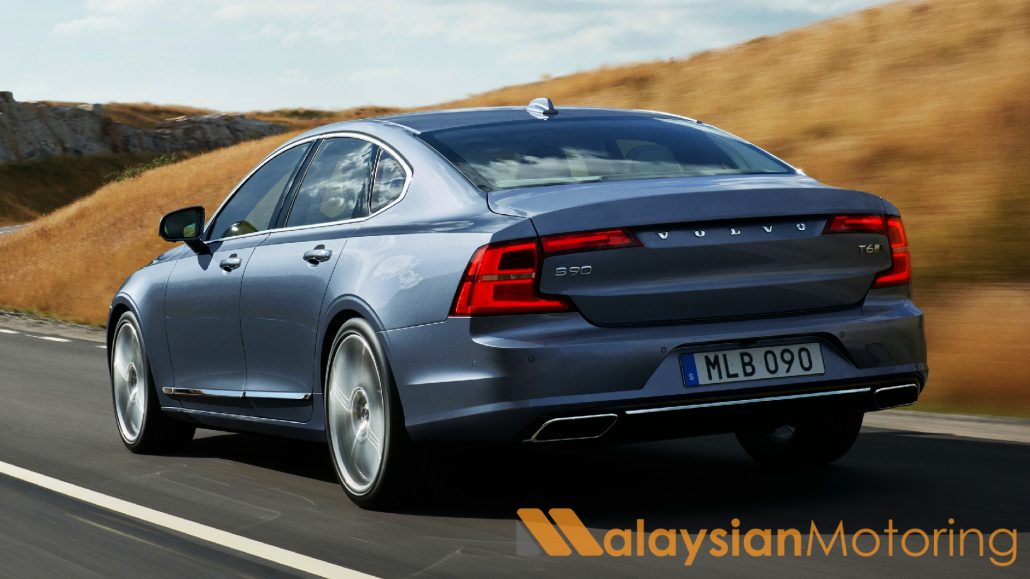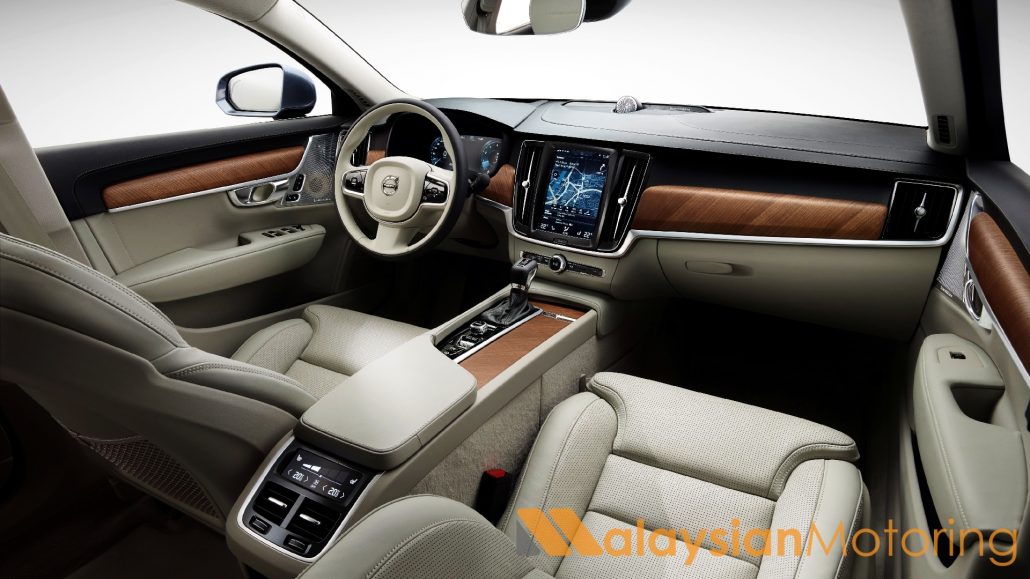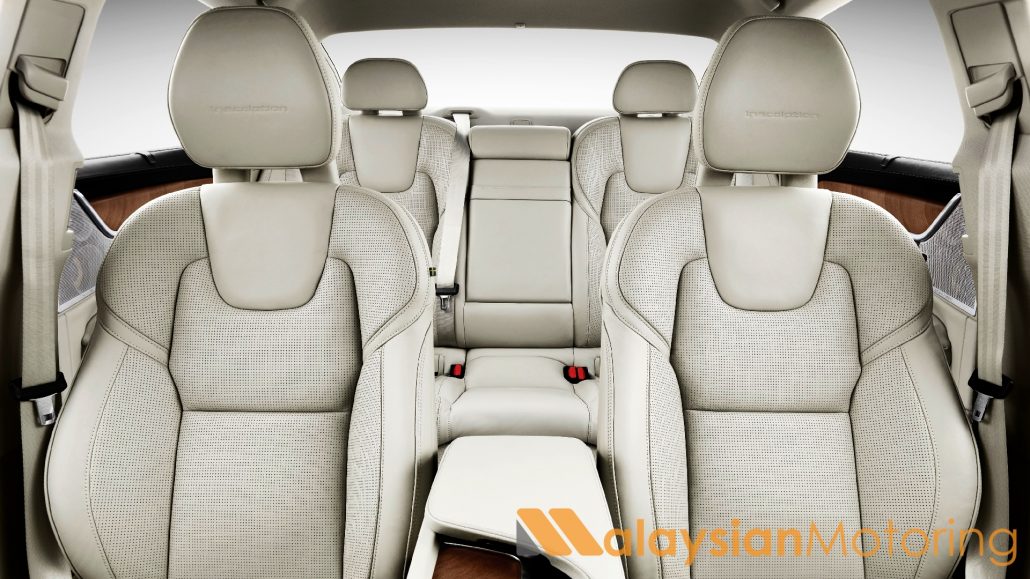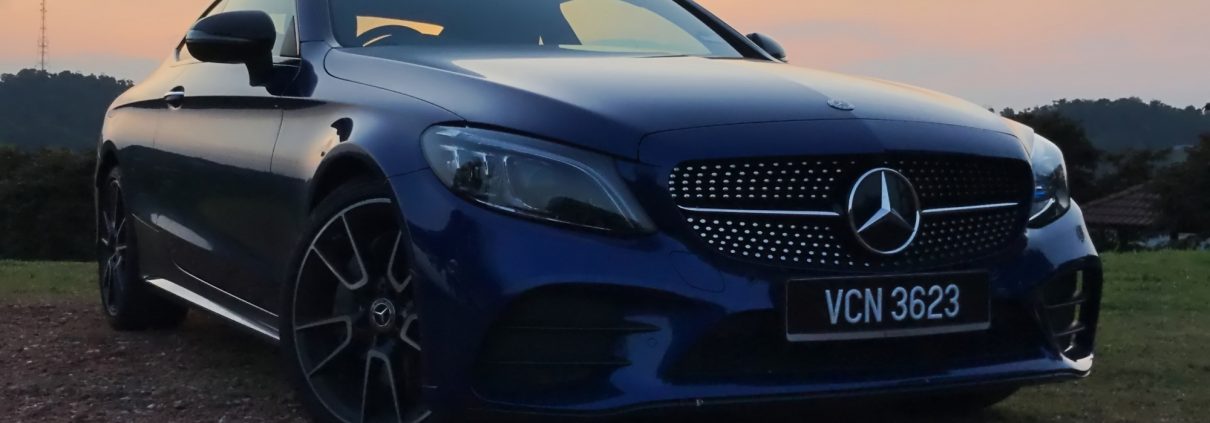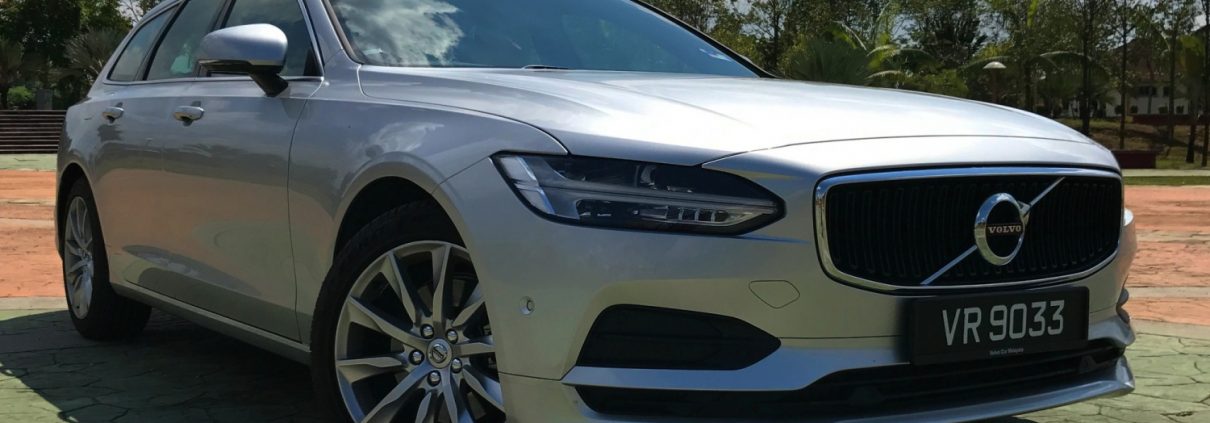2023 BMW i4 Review – Electrifying Brilliance, For Drivers
A bad habit of mine, or a habit deemed bad by the many companies I work with, is my innate need to hand-wash the cars that are lent to me at some point through the period I have them, often right before I return them. I’ve been told time and time again that it isn’t necessary as they either have a fleet manager to have the cars sorted upon return, or that they have people in-house who wash their cars ahead of them being lent to members of the press.
The thing I find about washing the cars I have is that it gives me a moment to reflect on the time I’ve spent with them in a quiet, controlled, and considered way. Every bug I clean off the grille is a reminder of a drive, every water stain a reminder of inclement weather, and every bit of dust and every smudge in the interior a reminder of me getting to grips with a new car. It all comes back to me, and due to the manner with which I do things, it doesn’t overwhelm.
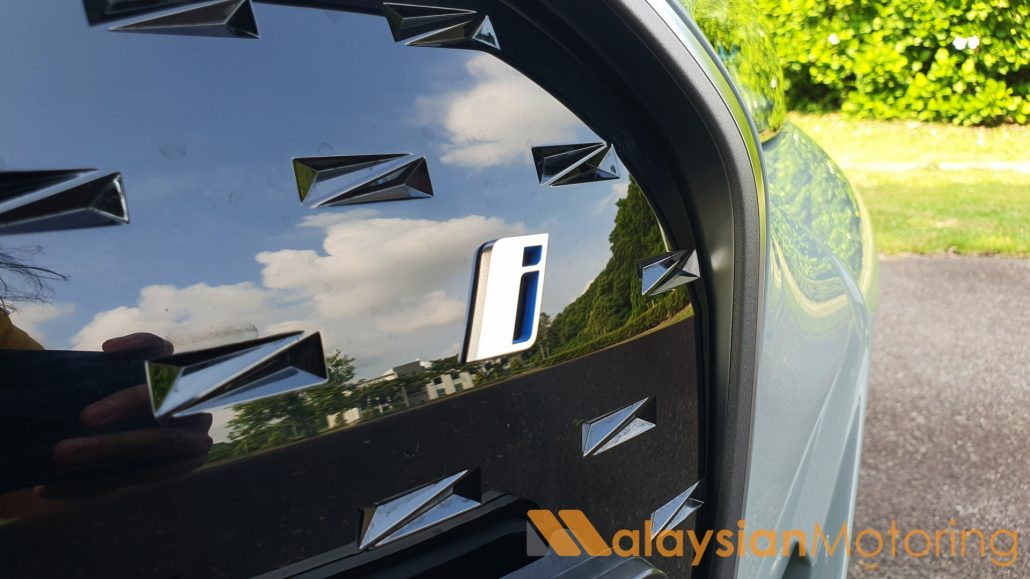
A mistaken assumption often levelled at motoring journalists is that we get familiar with cars almost instantly, and that nothing flummoxes us. That couldn’t be further from the truth – as cars have gotten more complicated and electronic especially, more and more functions get drowned in an ocean of touch-sensitive screens hiding menus upon submenus upon submenus. This is often why I can be found idling for 20 to 30 minutes at a time in carparks just fiddling with the infotainment system in order to discover just what’s hidden in the maze of menus, and then setting the car up exactly how I’d like it.
This is an area where electric vehicles particularly fall foul. In the transition from combustion to electric, more and more carmakers have taken the opportunity to try and reinvent the wheel. Buttons and switches have made way for bigger and more complicated screens (which also negates people complaining about cheap-feeling items), leaving poor sods like me jabbing away at them for an eternity at a time.
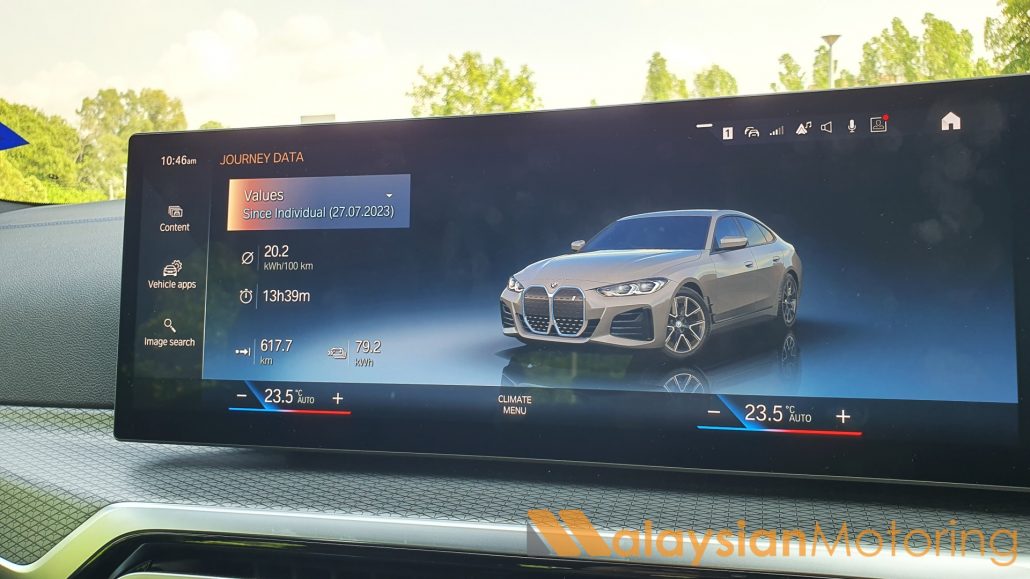
Now yes, I’m aware that owners will very rarely have to face this. If you’re lucky and you have a well-trained sales advisor (something that I’ve recently discovered are few and far between) you’d have been given a comprehensive on-boarding process when you take delivery, and you’ll get used to everything quickly enough. But I’ve always been of the mind that if it requires more than two days to familiarise yourself with something, then it’s most likely an error of design, engineering, or just the work of an overeager interior designer aiming for ‘minimalism.’
This was what I found particularly infuriating in the BMW iX, the firms’ flagship ground-up born-electric luxury sports “activity” vehicle (it’s not an SUV, they affirm). In their drive to minimise everything, they’d relegated many of oft-used functions into the expansive touchscreen display, including things like the adaptive cruise follow distance and even the settings for brake regeneration. This was such a peeve that eventually I just stopped using the systems altogether and kept it 100% human-driven at all times, right before the Android Auto decided to absolutely freeze me out requiring a remote-triggered system reset. How fun.
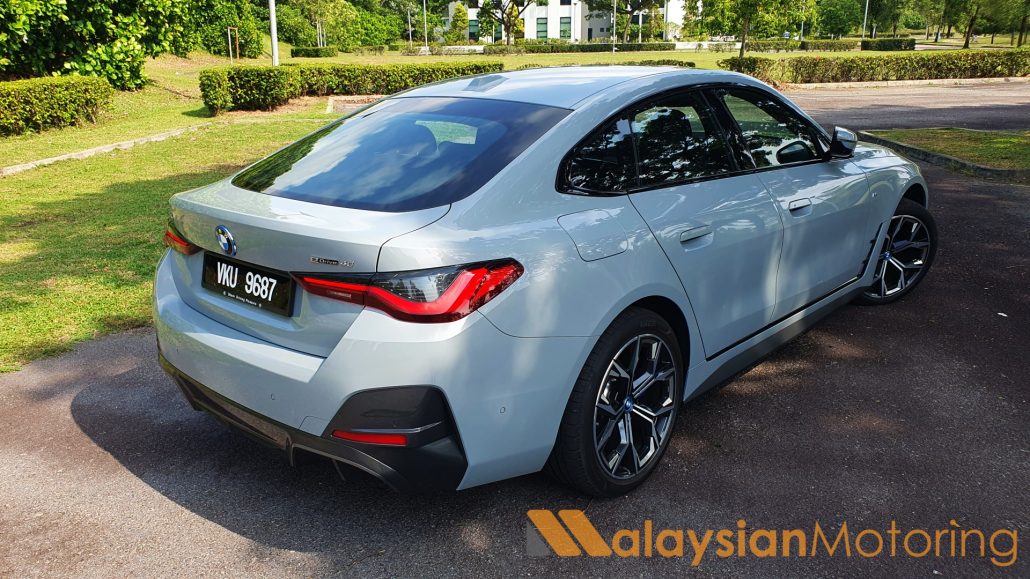
So when I was given the keys to their new i4, the electric interpretation of the 4-Series GranCoupe, I walked up to it with a touch of trepidation. I was already feeling a sense of dread come over me as I recalled my time in the iX – I don’t often get to drive BMWs, let alone electric ones, so this was the freshest memory I had of the experience. But as I approached the four-door coupe the lights came on as it sensed the key getting closer, flashing the LaserLights and illuminating BMW’s ‘Light Carpet’ system on the sills, which was almost distracting enough to make me overlook its gormless grille.
Being an ‘electric car conversion’ of sorts, having been engineered off an existing internal-combustion model rather than built off a bespoke EV-focused platform, the i4 benefits from very classic proportions. There’s an expansive bonnet designed to hide a huge twin-turbo inline-6 in the G80 M3, but here it instead houses a sea of plastic. In some models there’s an electric motor beneath, but in the eDrive40, there’s just a reminder that a little more planning could have freed up space for cable storage. Moving down the side, the 19-inch diamond-cut alloys look slightly small, their 255/40-section tyres looking like healthy doughnuts rather than the sliver of rubber one would expect from something that looks so sporty. And at the rear, following a gently-tapering roofline, you’ll find a hatchback framed by a pair of rather expressive LED taillights and a complicated rear diffuser.
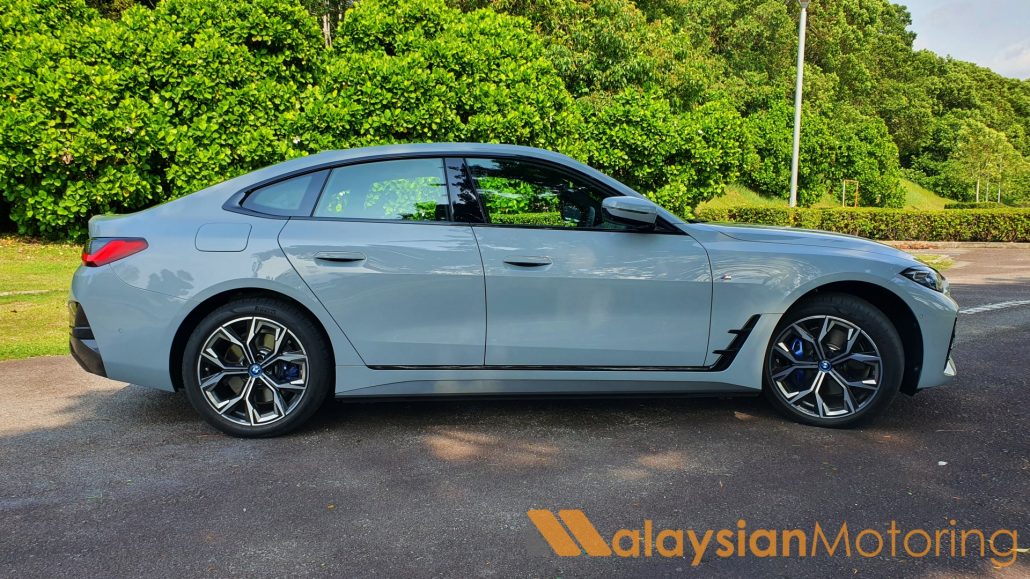
Ignoring the grille, which is so offensive it made me consider gouging my eyes out several times, it all seems rather inoffensive. But I get the impression that the typical BMW design language where the body appears to be stretched thinly over its chassis is somewhat gone. The i4, and subsequently the 4-Series, appears far more bulky than the model that it replaces. There’s more metalwork, more heft, and BMW has done little to try and hide it. The designer, Anne Forschner, says that this deliberate addition of visual heft is to give the car a more substantial presence – I never saw that as an issue in previous iterations of the 3-Series (and later the 4), but what do I know.
In the eDrive40, the i4 is powered by a 340PS/430Nm electric motor mounted over the rear axle, powered by an 83.9kWh lithium-ion battery, capable of rocketing the car from rest to 100km/h in just 5.7-seconds, and onward to a limited top speed of 190km/h. Testing that regularly will not yield the 590km of maximum range the car claims, but you’ll then likely appreciate the 200kW DC fast-charging capability that can rejuice the swoopy-roofed electric sports car from 10% to 80% in just 31-minutes. On an 11kW AC charger, it’ll take about eight and a quarter hours to go from flat to full.
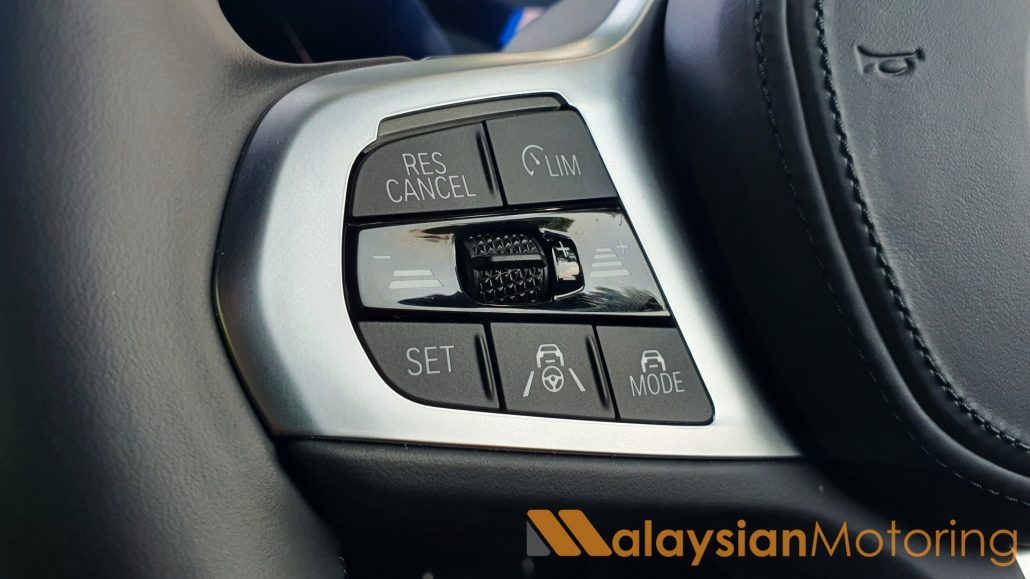
A quick aside on safety, the i4 eDrive40 is equipped as-standard with the Driving Assistant Professional suite, which tacks on autonomous emergency braking, adaptive cruise control with traffic-jam assistant, lane-centring assist with lane-change assist, blind-spot monitoring, side-assist collision prevention, and rear cross-traffic alert with automatic braking. There’s also a 360º camera with multi-angle view, which changes the viewing angle automatically based on the situation the driver puts the car in. All quite swish.
Equally swish is the cabin, much to my surprise. Instead of doing away with all the buttons, BMW’s only removed the HVAC controls and placed them in the iDrive system, leaving everything else as-is. So the meaty M-Sport steering wheel still houses all the adaptive-cruise functionality I’d expect, along with the necessary switches to manipulate the 12.3-inch drivers’ display and full-colour heads-up display too. Everything inside feels overengineered and pleasing to use – the indicator stalks move confidently and with a nice action to them too, as do the iDrive controller and light switches. The confusing graphics of the instrument cluster remain, and no amount of fiddling can change that. I much prefer the seemingly-infinite customisation offered by Mercedes-Benz with their MBUX system, which no matter how you set it up, is still easy to read and understand at a glance. At least the full-colour heads-up display means I don’t have to look at the instrument cluster too often.
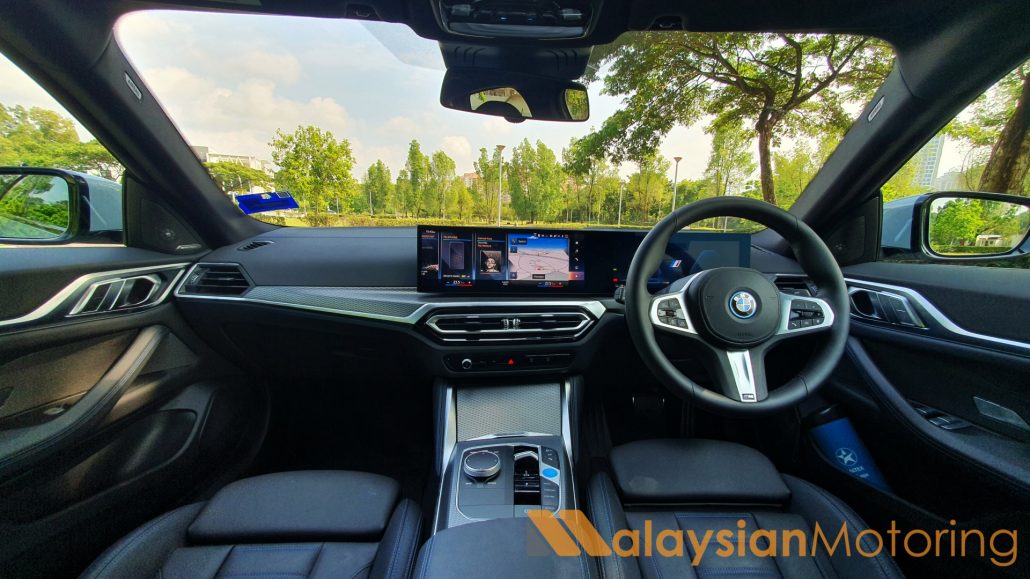
There’s an assumption that electric cars are banal and uninteresting to drive. A fair assumption, given that the majority of Malaysians would have at this point interacted with vehicles like the BYD Atto 3 or, more recently, the Dolphin. Maybe if you’re adventurous you may have driven a Hyundai Ioniq 5 or Kona EV, but these are all cars where the most engaging part of the drive is the electric propulsion. This is not the case in the i4.
When you’re familiar with BMWs (which I am very privileged to say I am), you will understand that there’s an ineffable quality to the way they change direction, manage their heft, and sit poised on the road. Despite the sheer heft of the i4, which tips the scales at nearly 2.2-tonnes, you really don’t feel it from the drivers’ seat. The electric motor and its instantaneous torque make light work of propelling the car from a standstill, and the steering offers a heft along with its strong serving of accuracy. It isn’t communicative by a long shot – but in today’s world, we’ll settle for the pin-sharp nature of the i4’s controls quite happily.
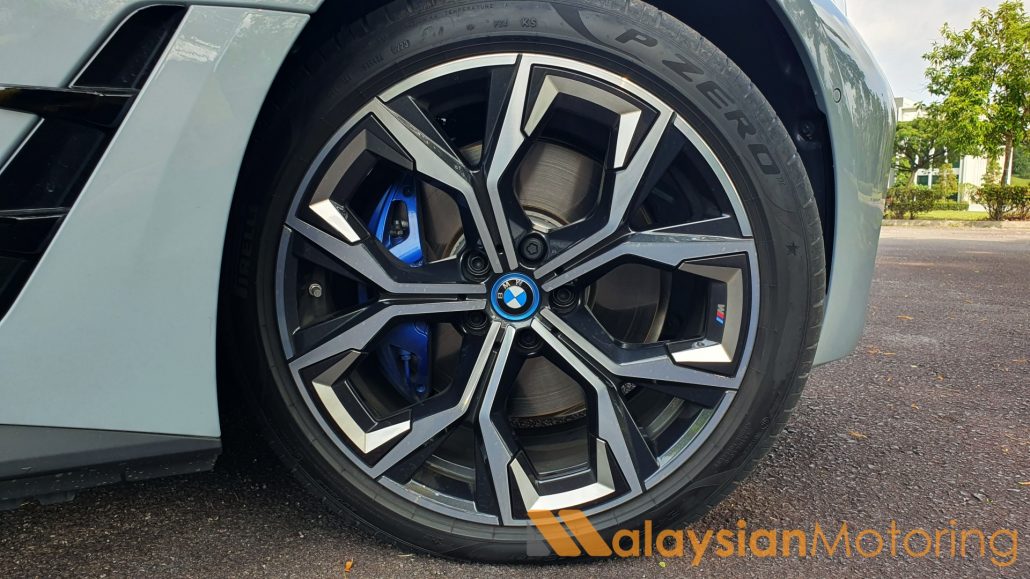
On technical, tight B-roads, the i4 demonstrated that it was not to be scoffed at, with the same kind of agility and eagerness one would more readily expect from an M340i. The immediacy of the power paired to the harmony from the steering wheel, working in concert with the grippy M-Sport seats and their adjustable bolsters meant that it felt every bit a drivers’ car. And Hans Zimmer didn’t need to chime in to replace the iconic inline-6 soundtrack I’ve come to expect from something with the Bavarian roundel – I shut off the ‘Iconic Sounds’ and found myself using the brake regeneration function to slow the car down into corners.
A word to the wise: I only attempted this after having driven the i4 for several days. If one isn’t fully accustomed to the nature of the brake regeneration, the progression of the throttle pedal, and the mapping of the brakes, you could very easily launch yourself into a hedge. But I assume most owners would acclimatise themselves with their cars quite quickly, which speaks to the intuitive nature of the driving experience. Speaking of the brakes, gone are the days where cars would hurtle their passengers back and forth as they switch between regenerative braking and friction braking – this is a smooth operator insofar as stopping is concerned.
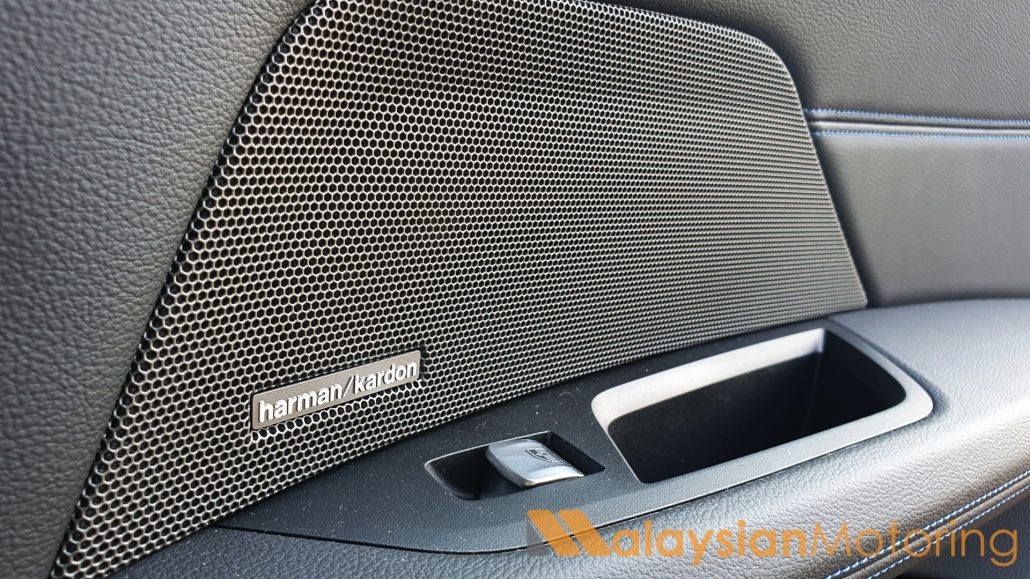
And once you’ve tired of driving your i4 like berks like to drive their 3rd-hand BMW 316i’s with aftermarket M bodykits, you can do what they can’t: Settle into a relaxing, quiet, comfortable cruise home. The i4 enjoys incredible levels of refinement, far beyond even a 530i, owing to the need to insulate the cabin further thanks to the removal of the noisy power thing under the bonnet. With the standard-fit level-2 semi-autonomous driving capabilities offered on the i4, you really can cruise for hundreds of kilometres without breaking a sweat as you enjoy the frankly brilliant Harman Kardon audio system.
What BMW has demonstrated is that they haven’t thrown out the fun by canning the internal combustion engine. In typical BMW fashion, they’re leading the way in the luxury segment by clearly stating that going electric doesn’t mean even the slightest loss of character – if anything, it is an opportunity to build upon the reputation your brand already enjoys and cement its place while the world changes around you. The BMW i4 may not be the brands’ flagship electric vehicle, but it is a masterful example of how the drivers that BMW owners tend to be will still get our kicks, even when the dino juice runs out.
GALLERY: 2023 BMW I4 EDRIVE40 M-SPORT (G26), M BROOKLYN GREY
